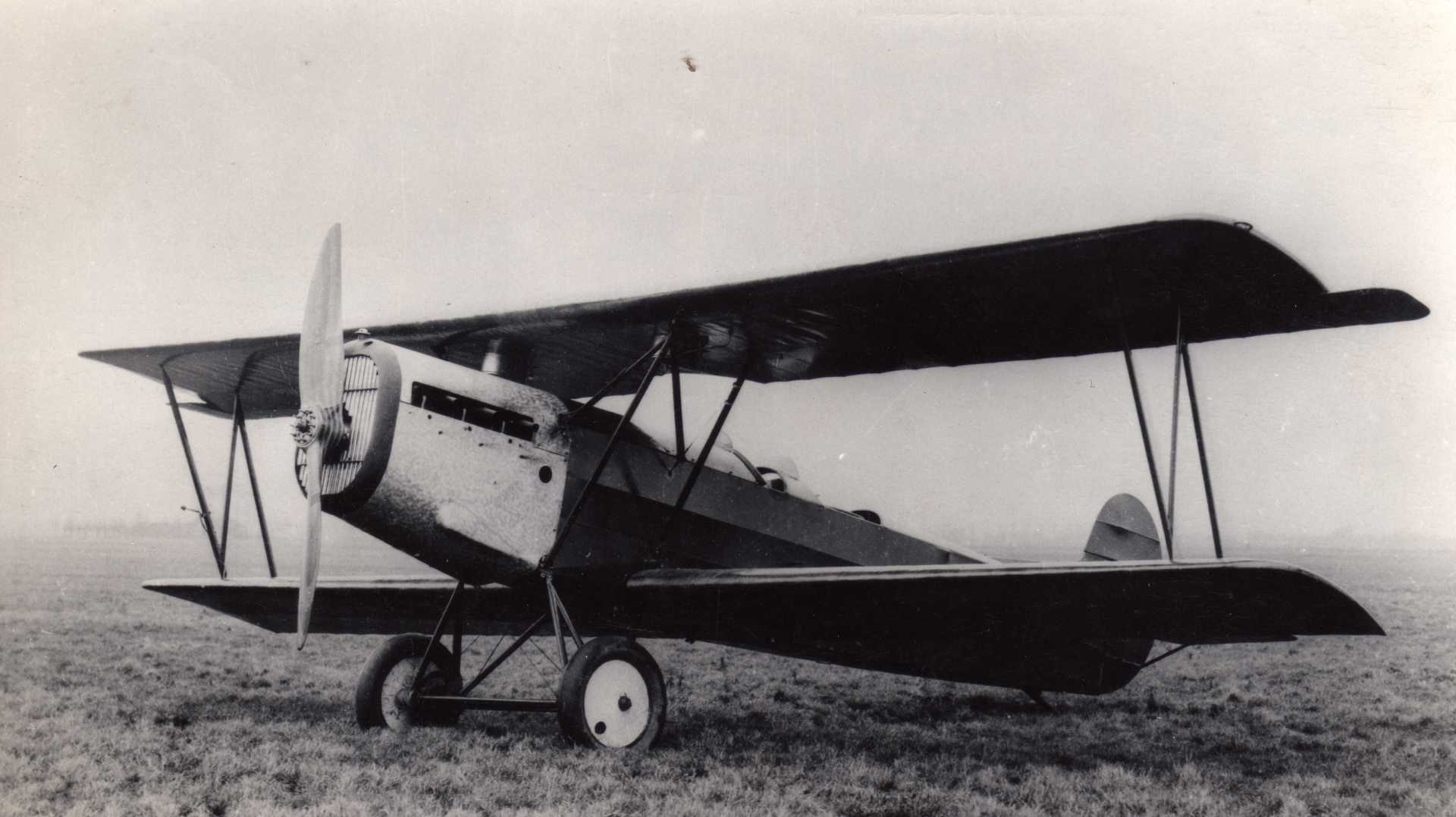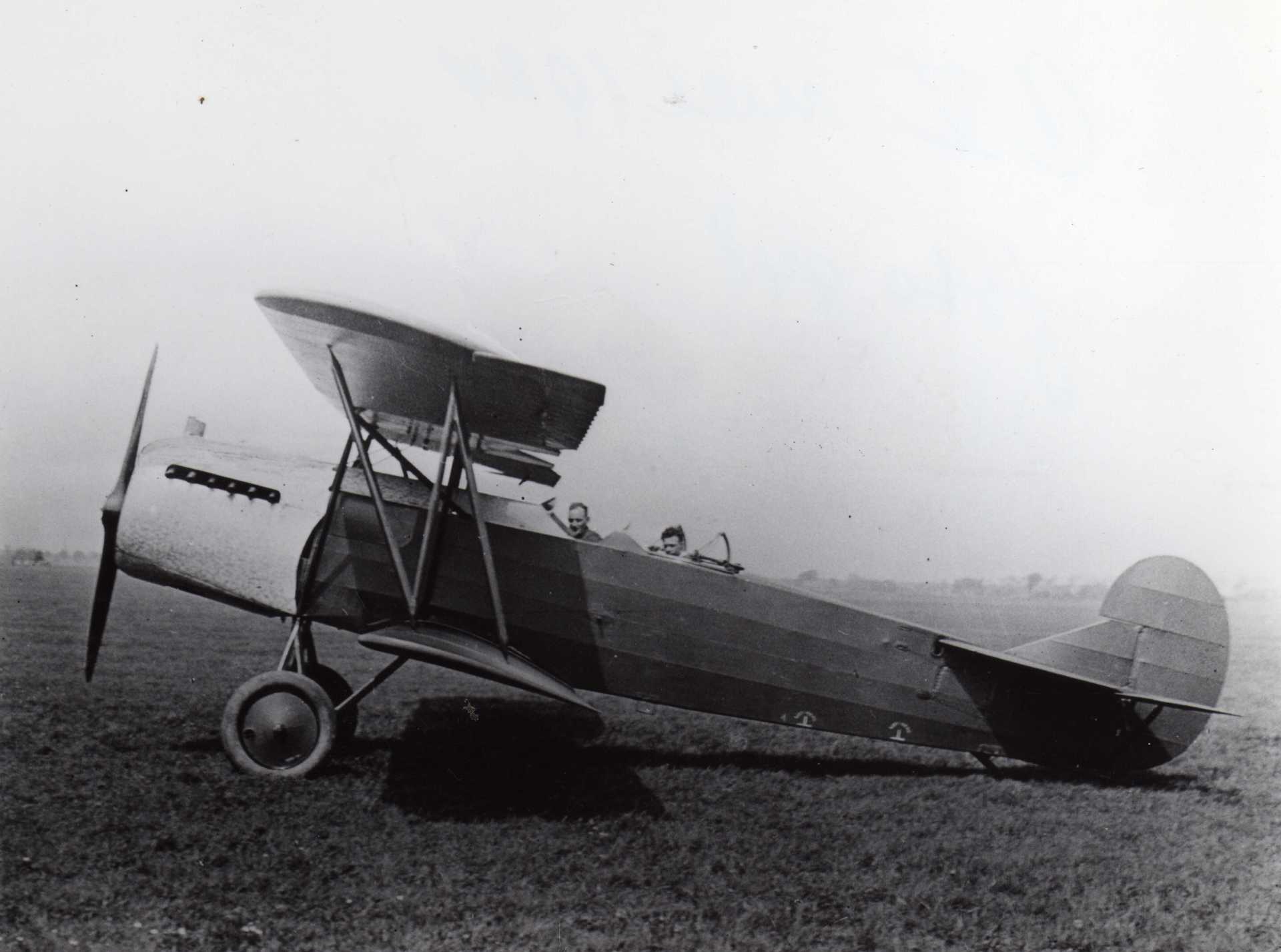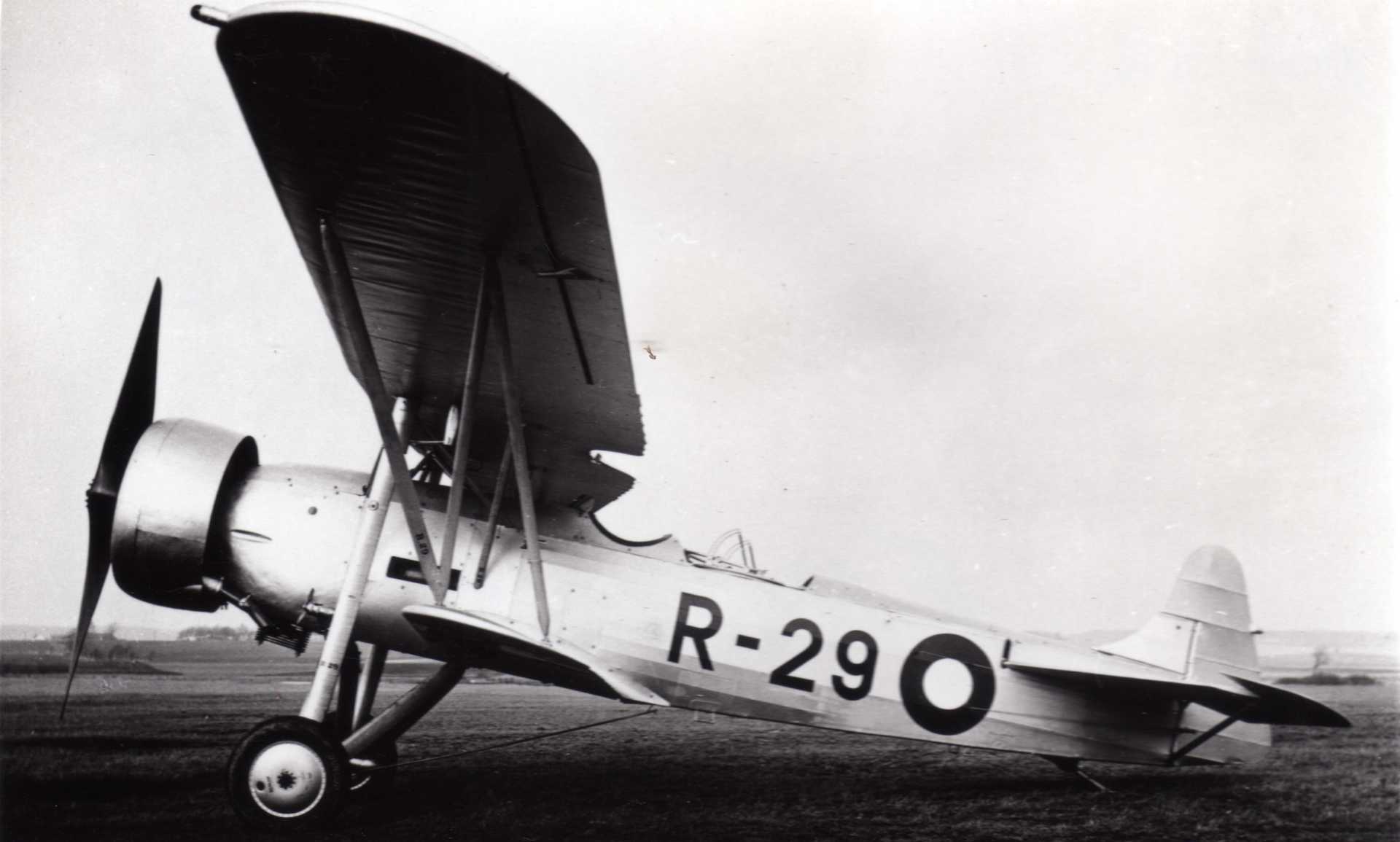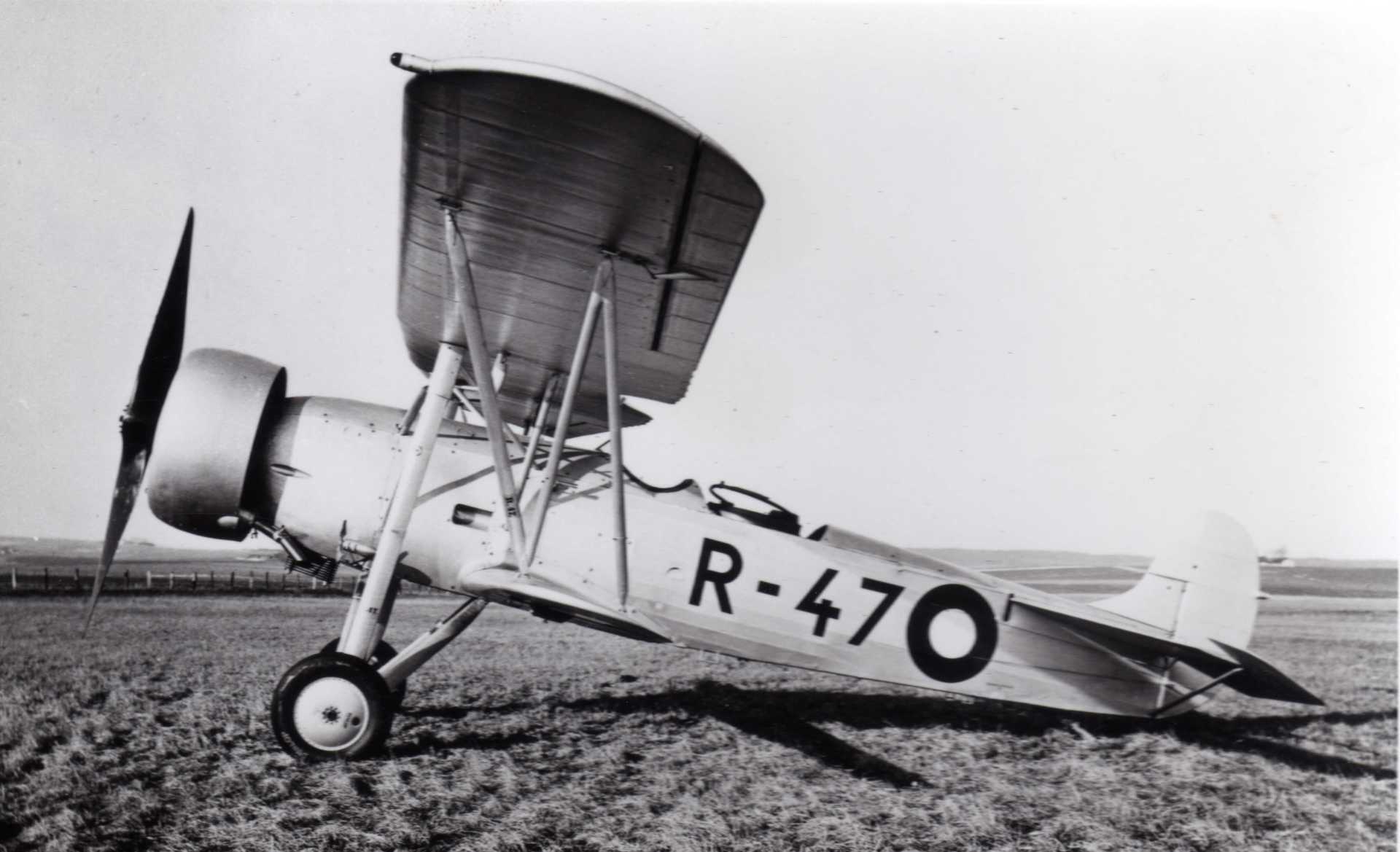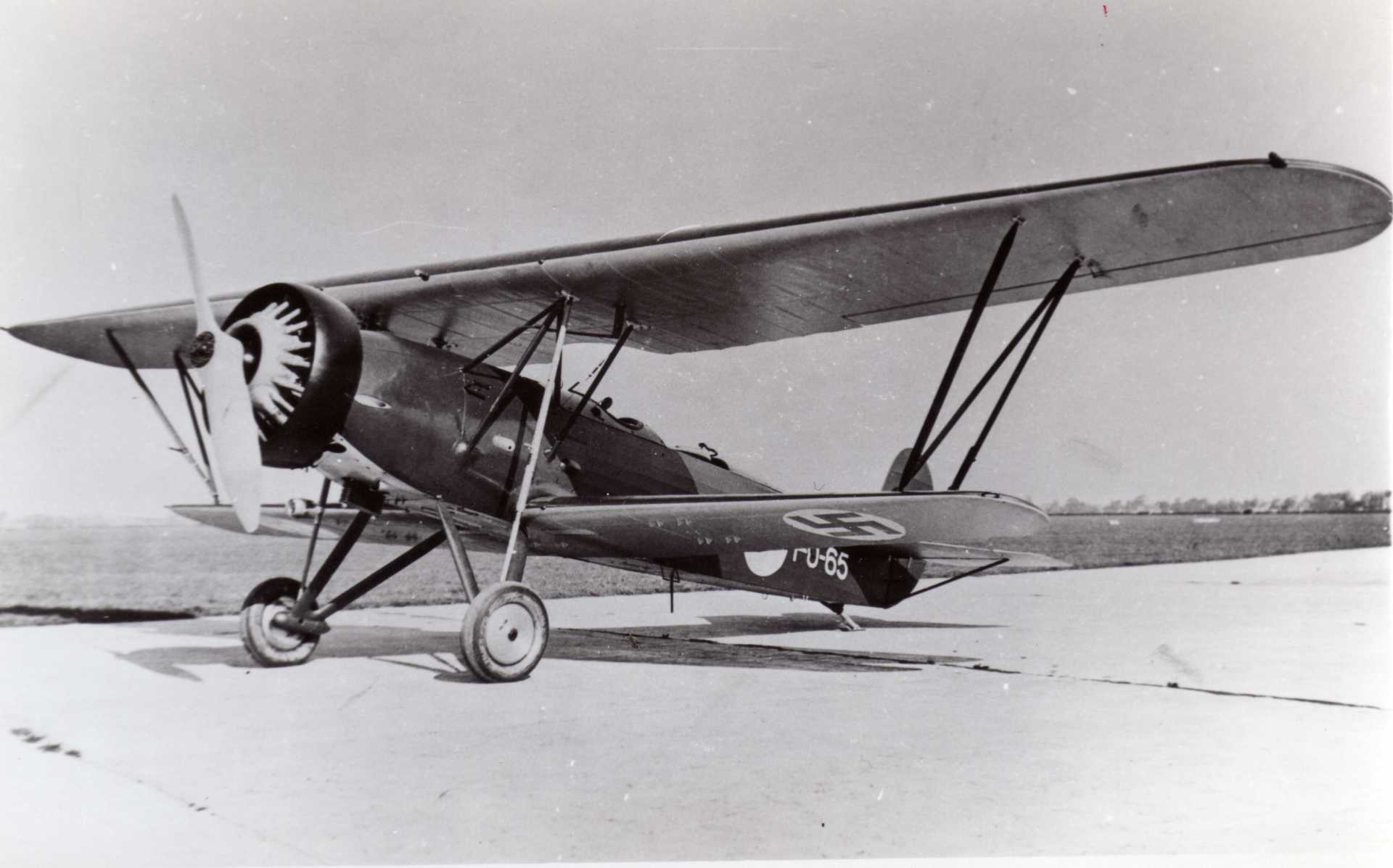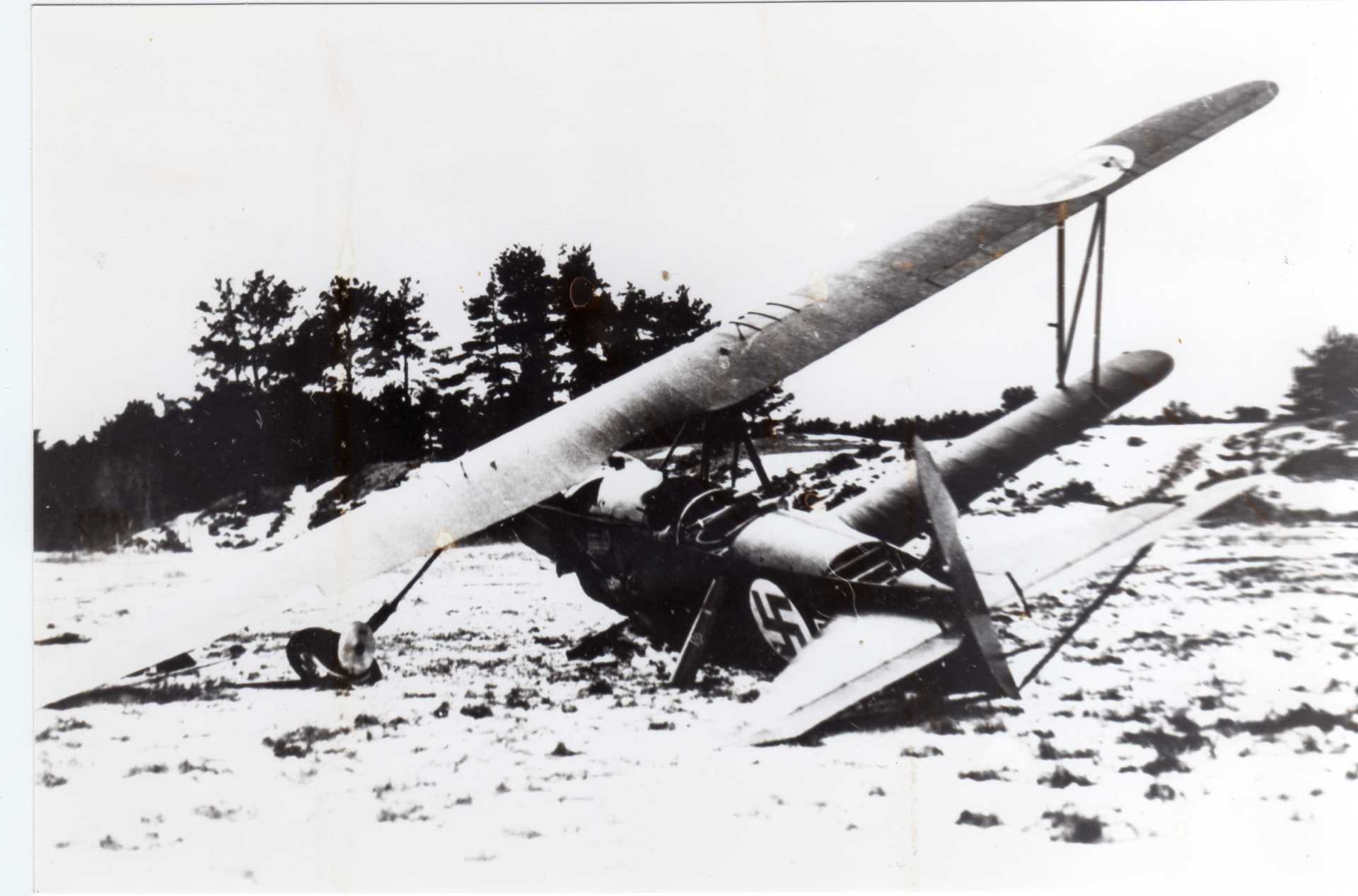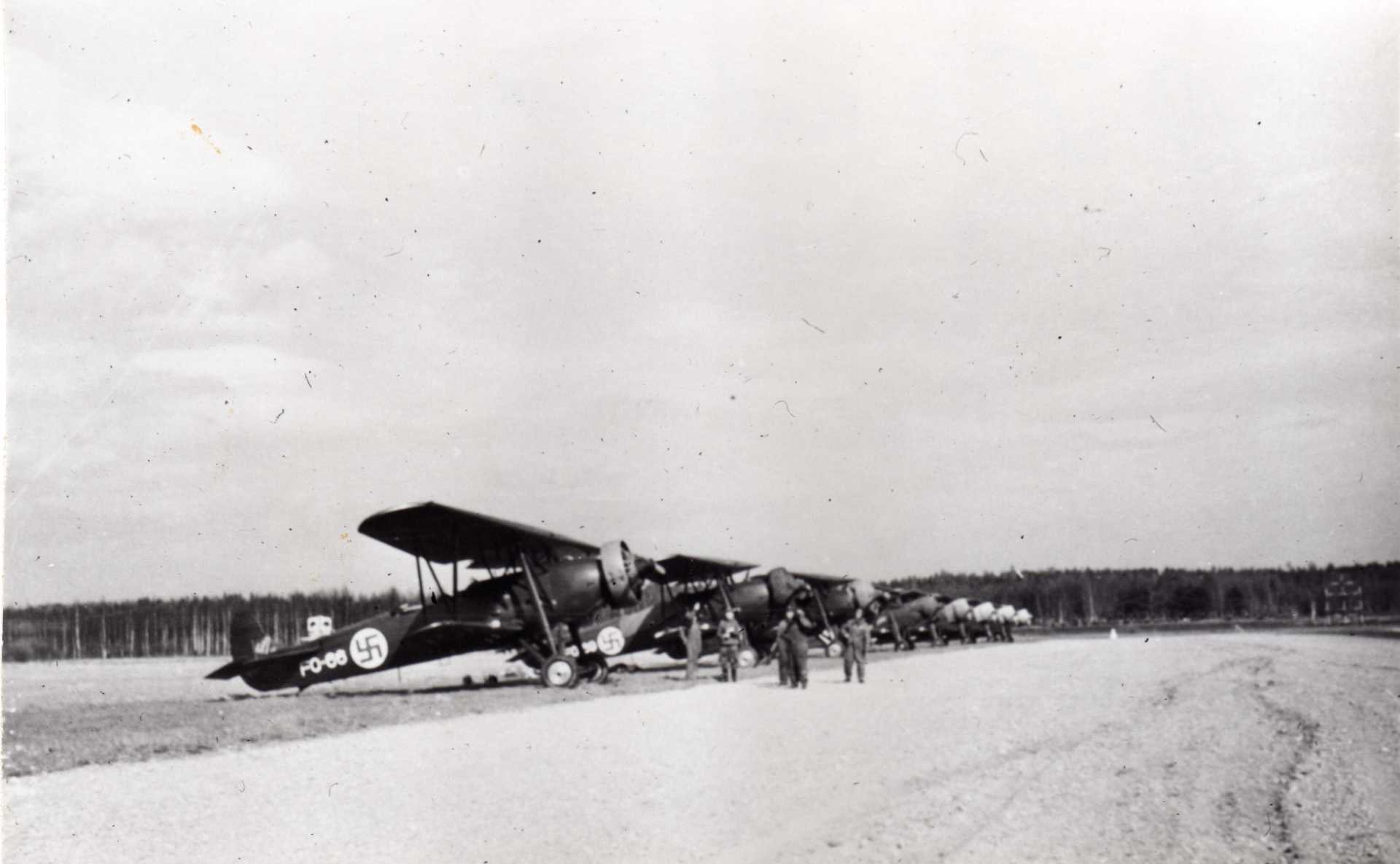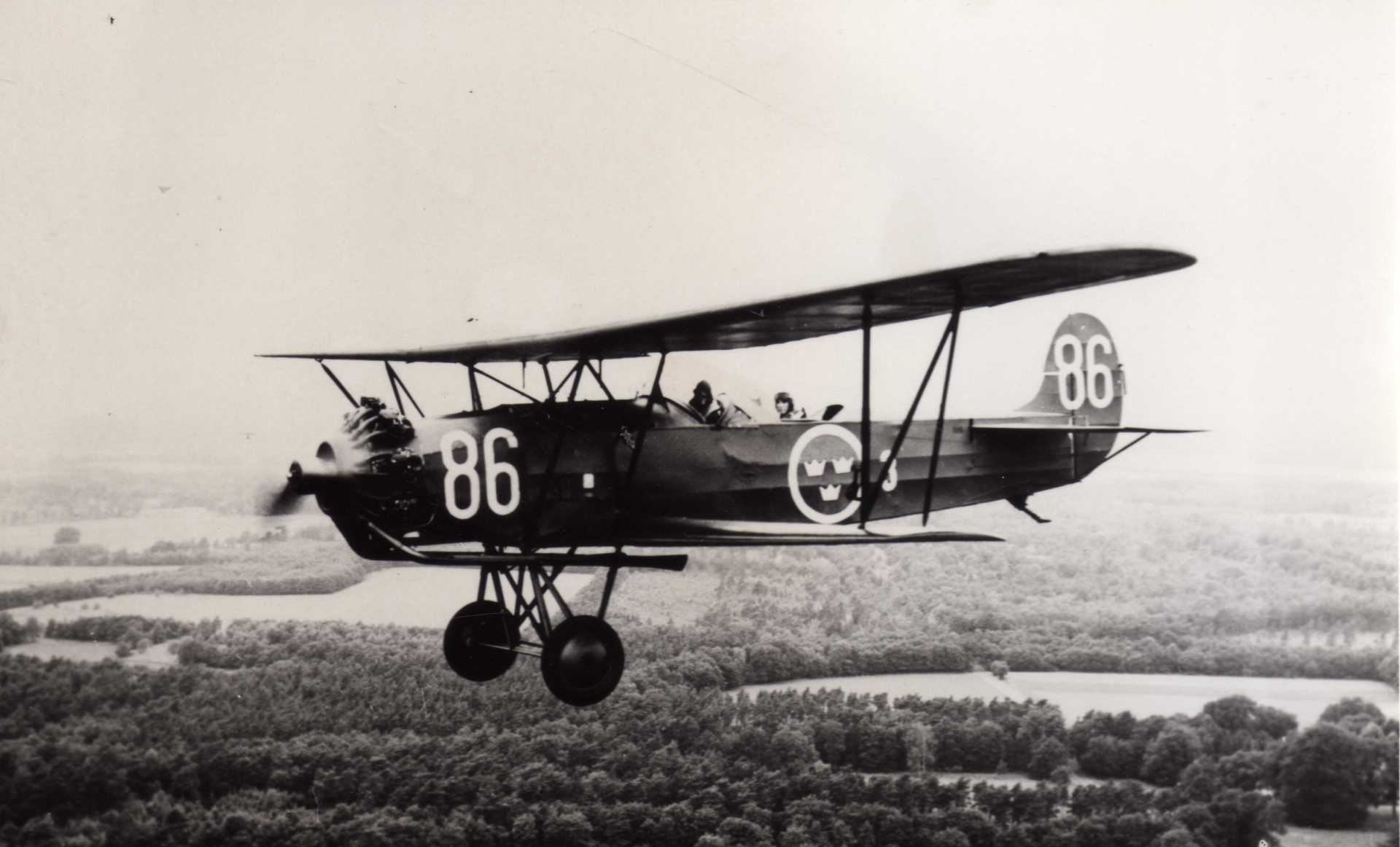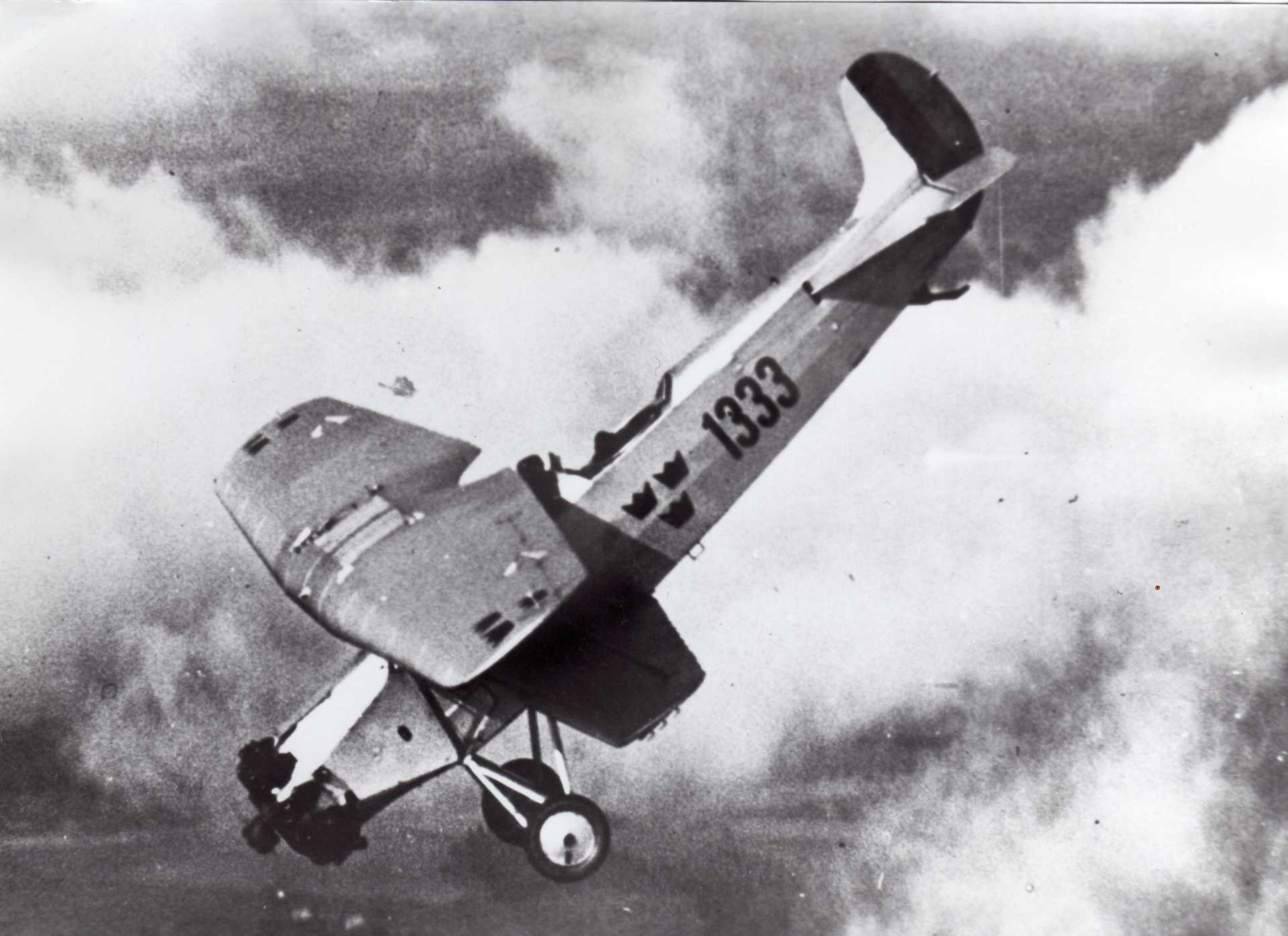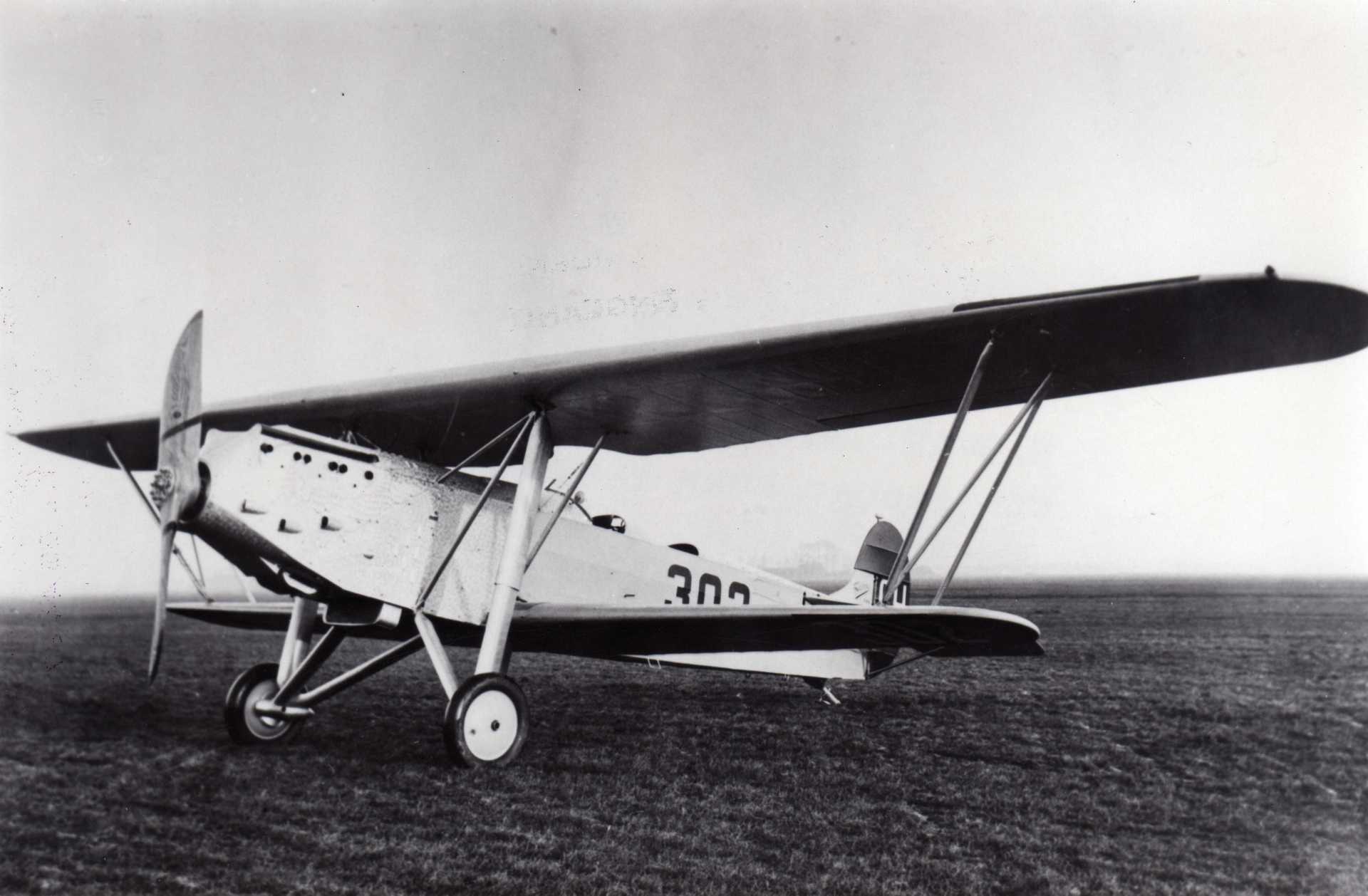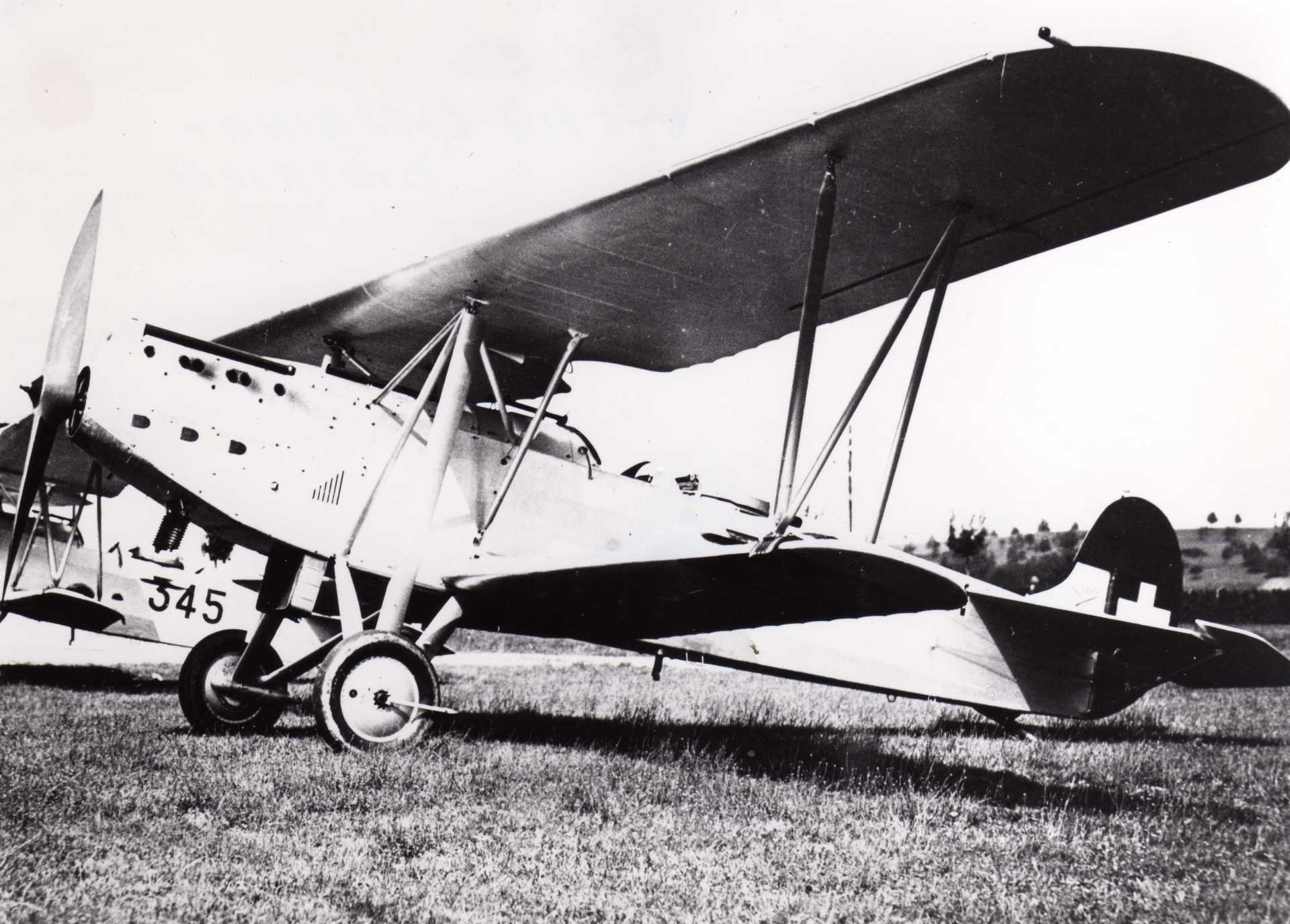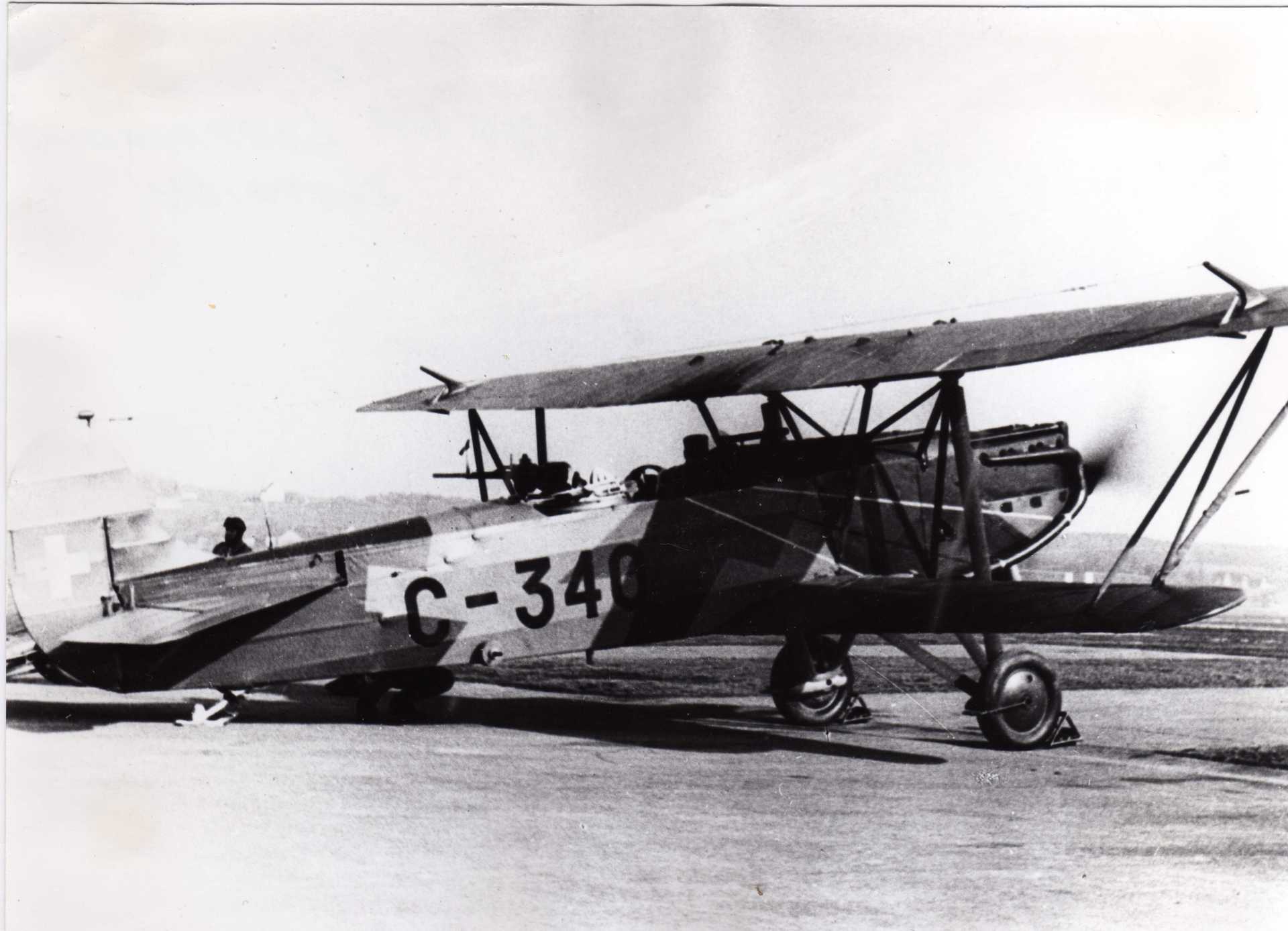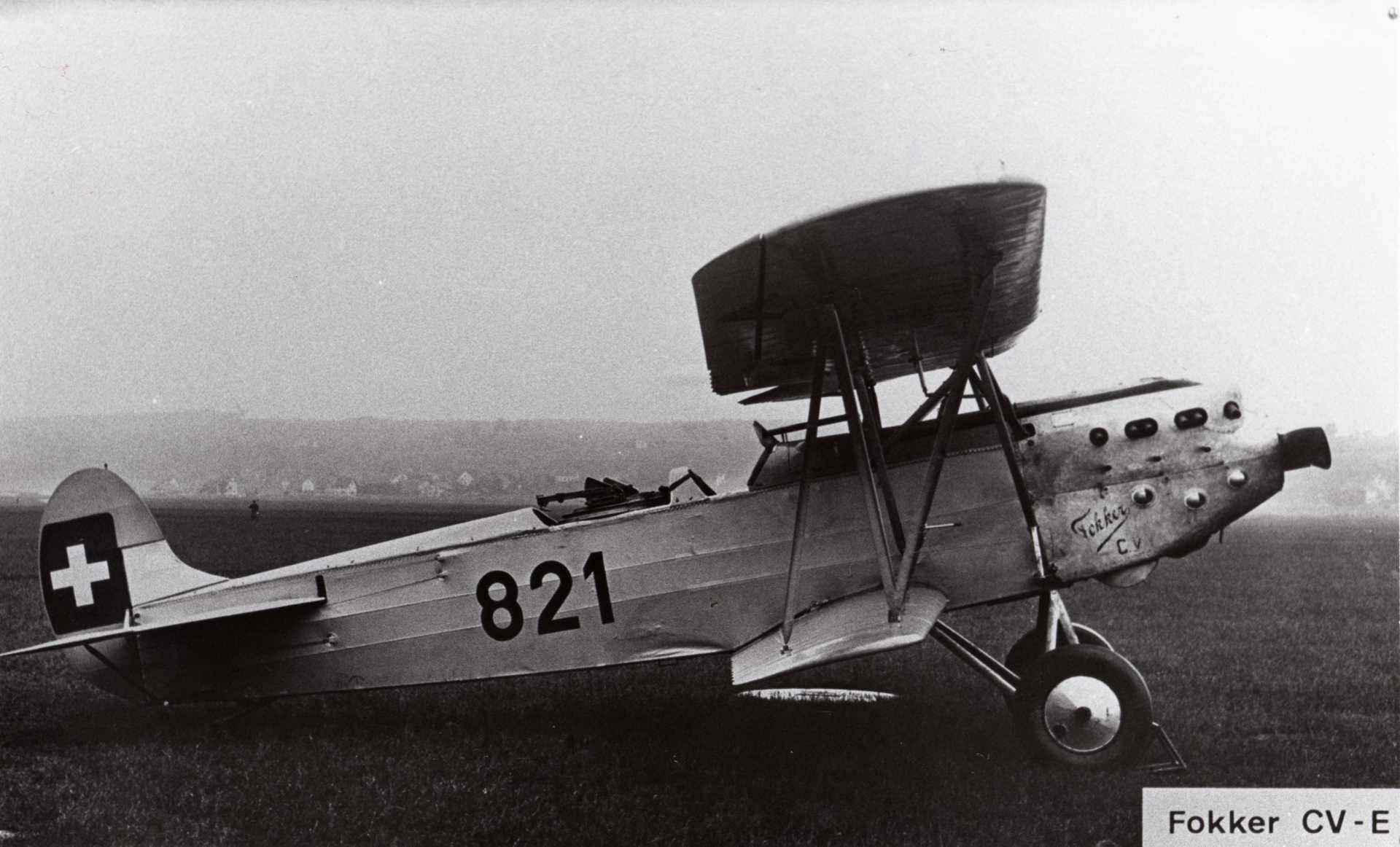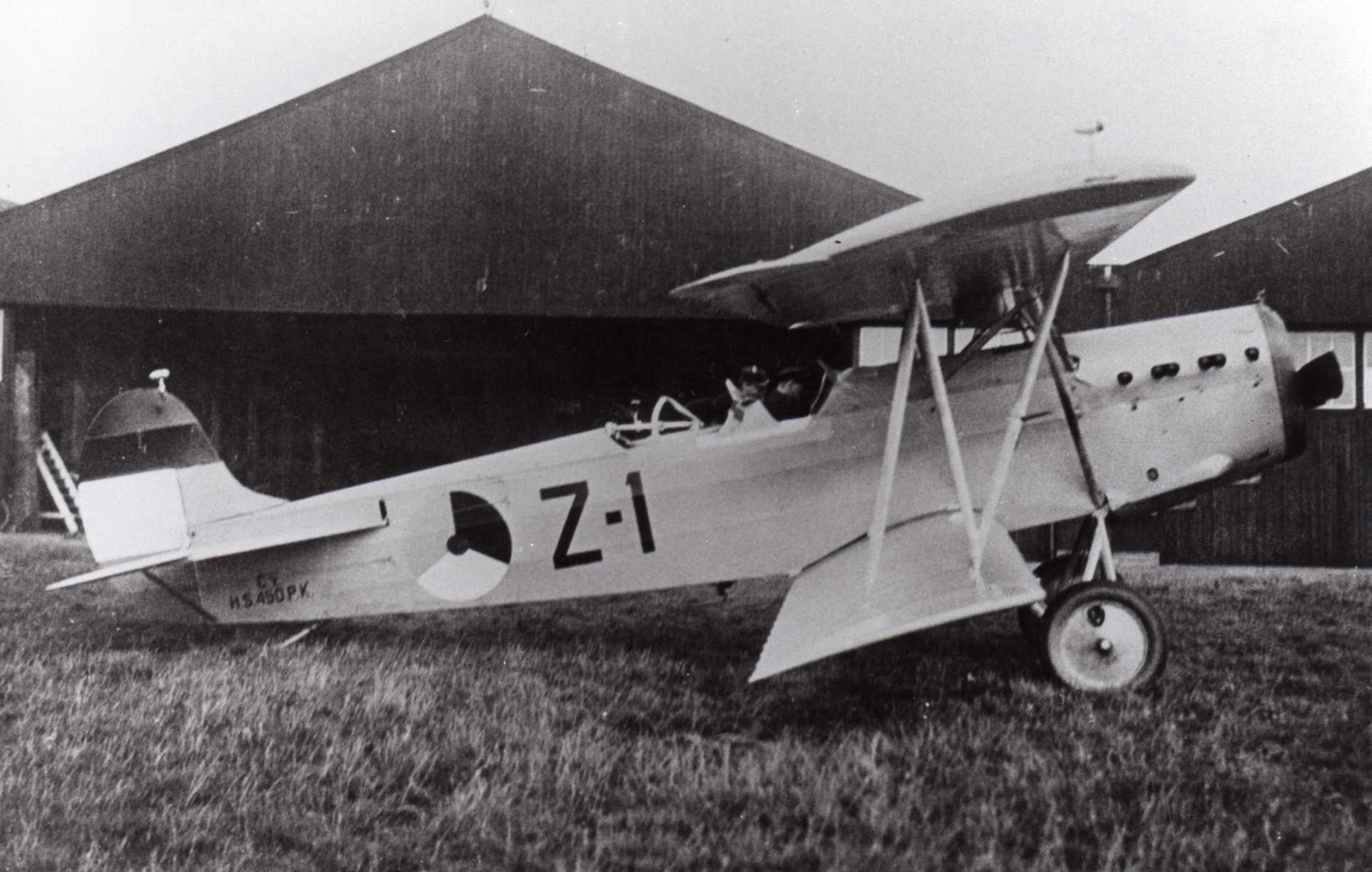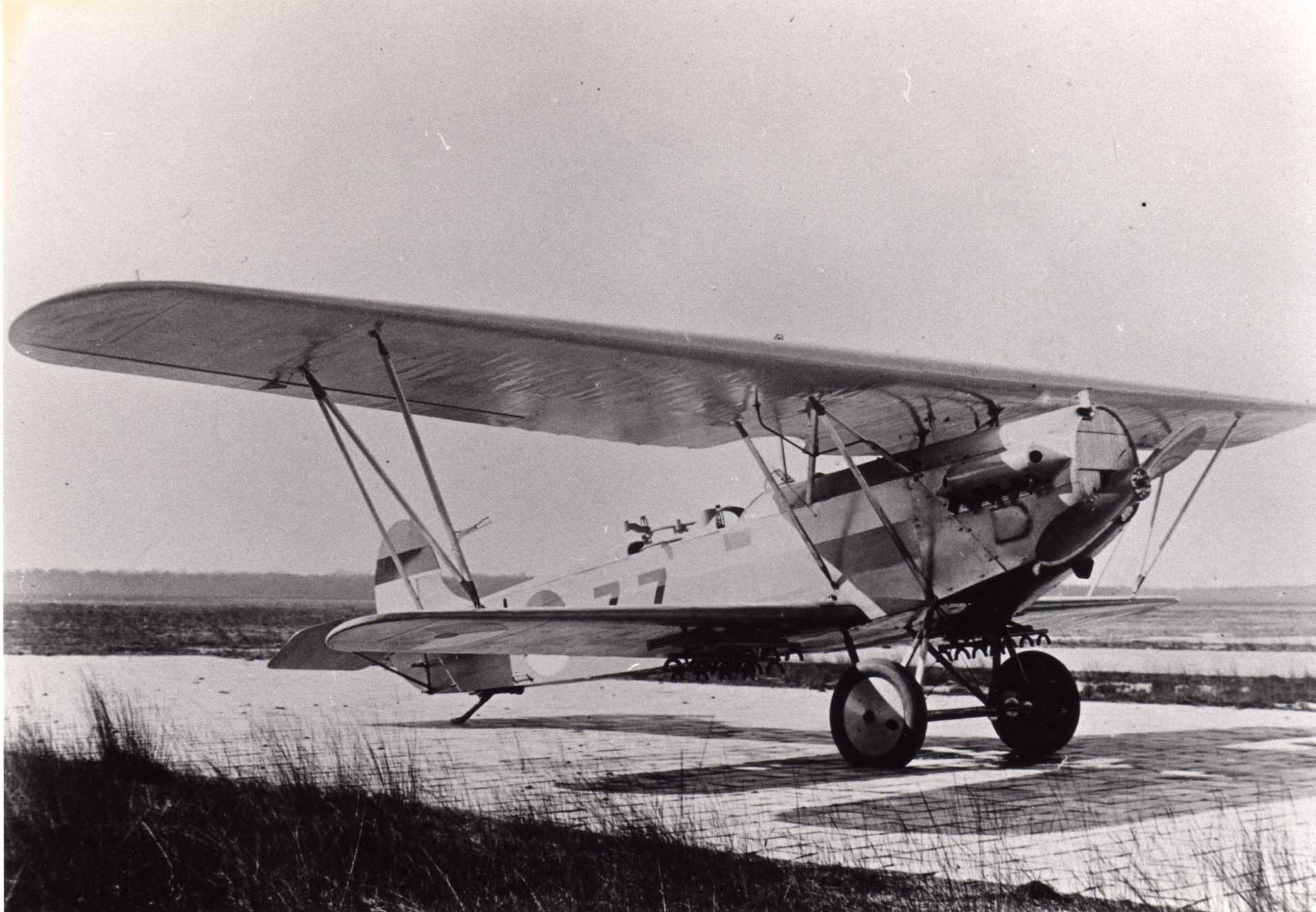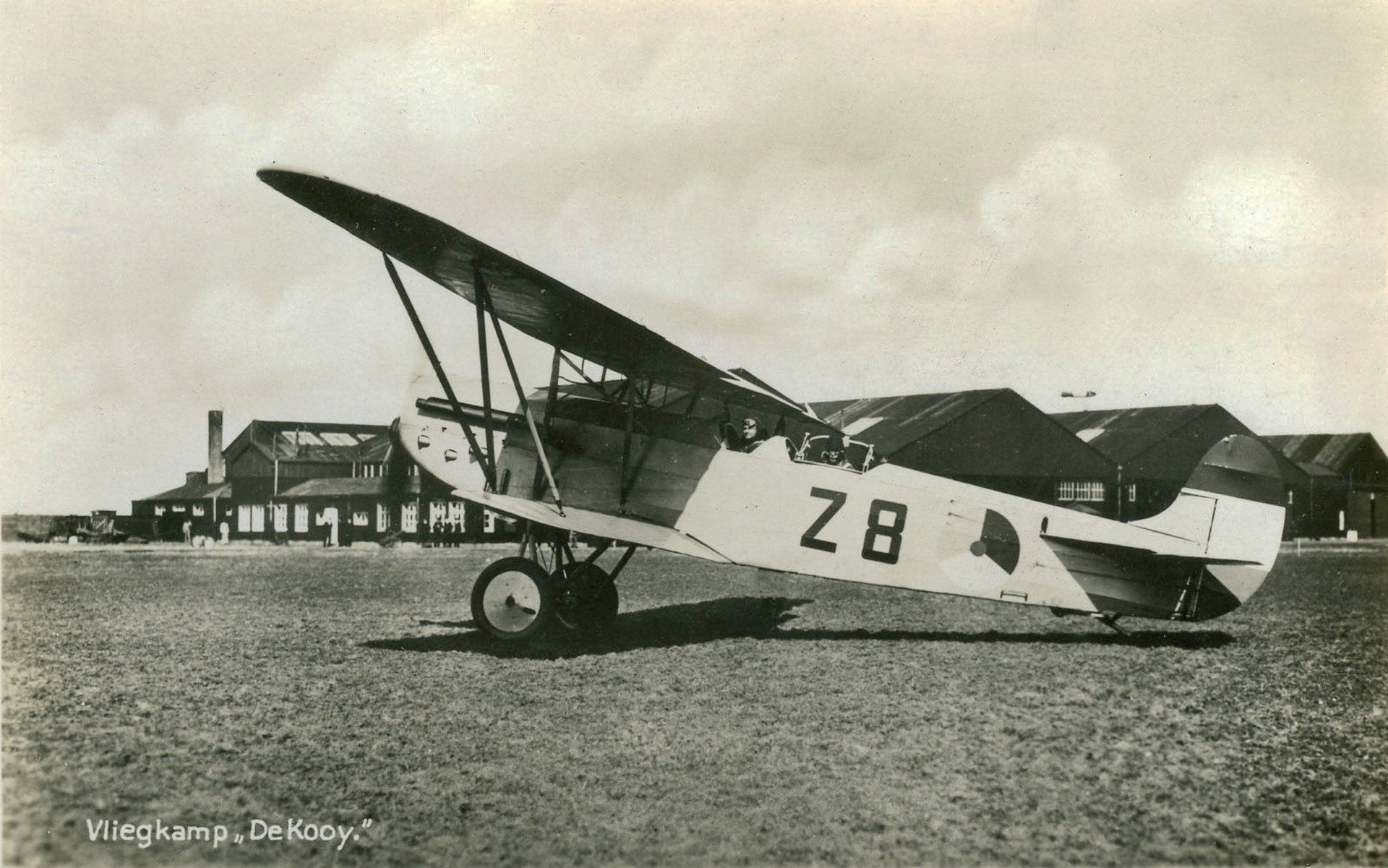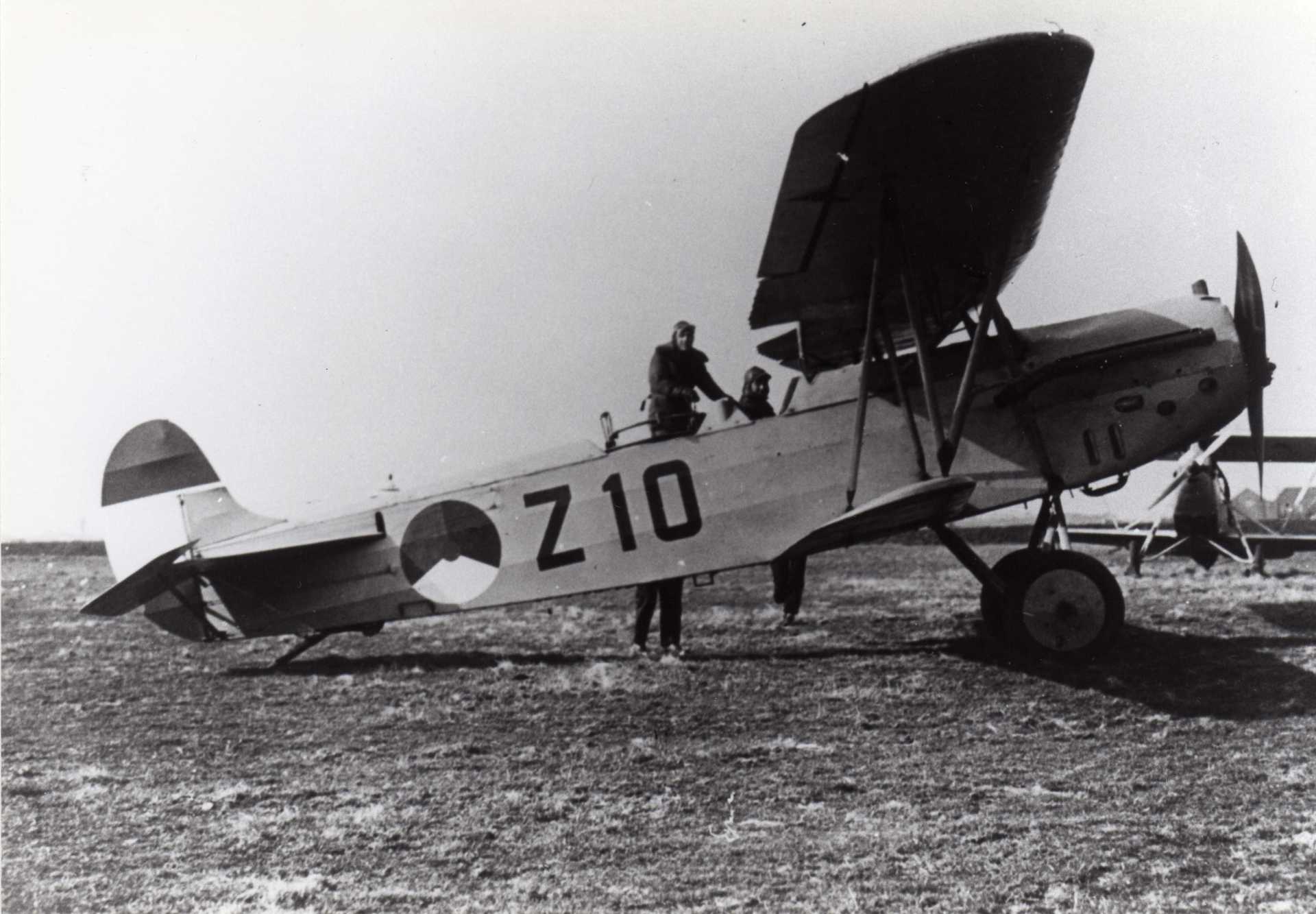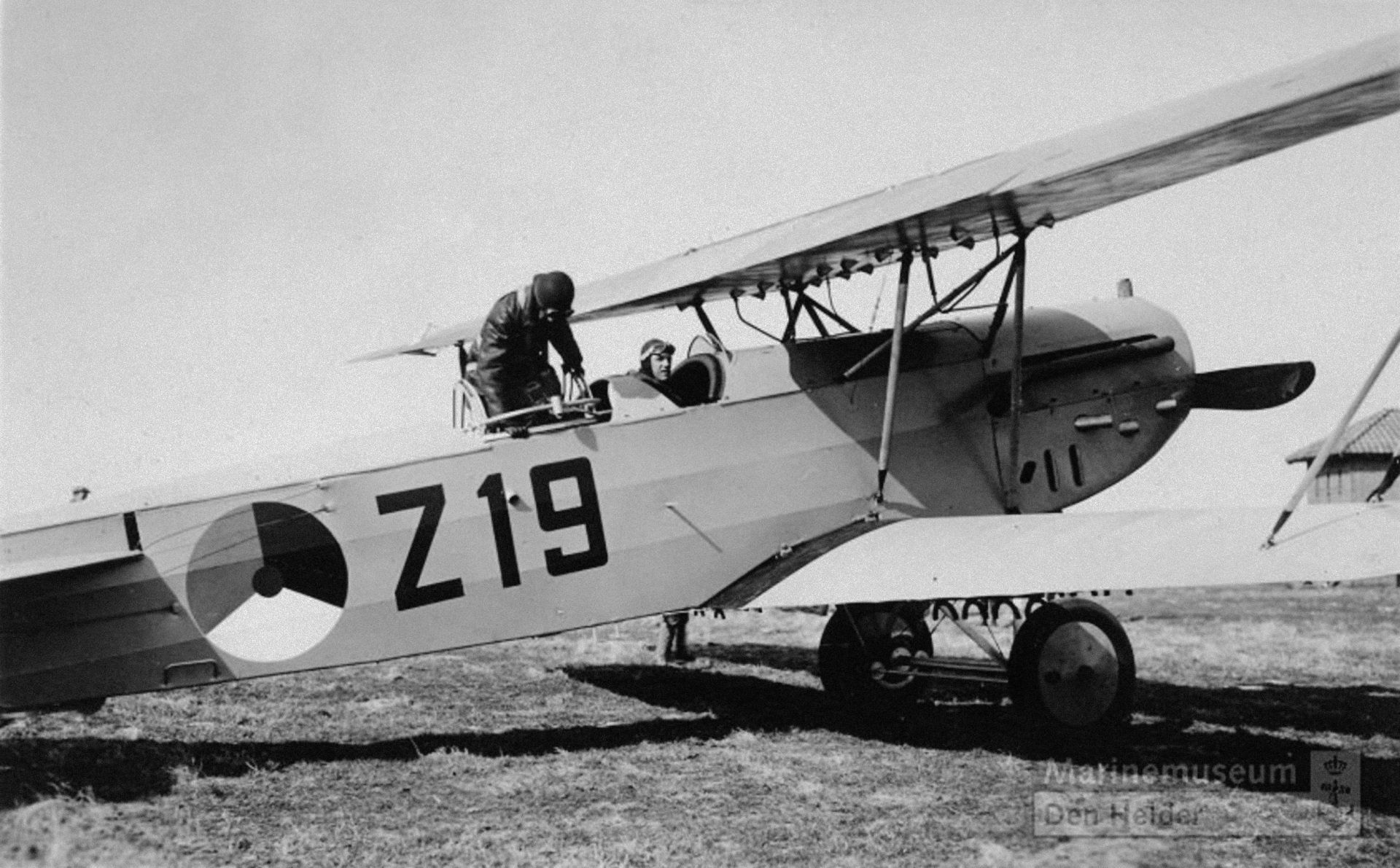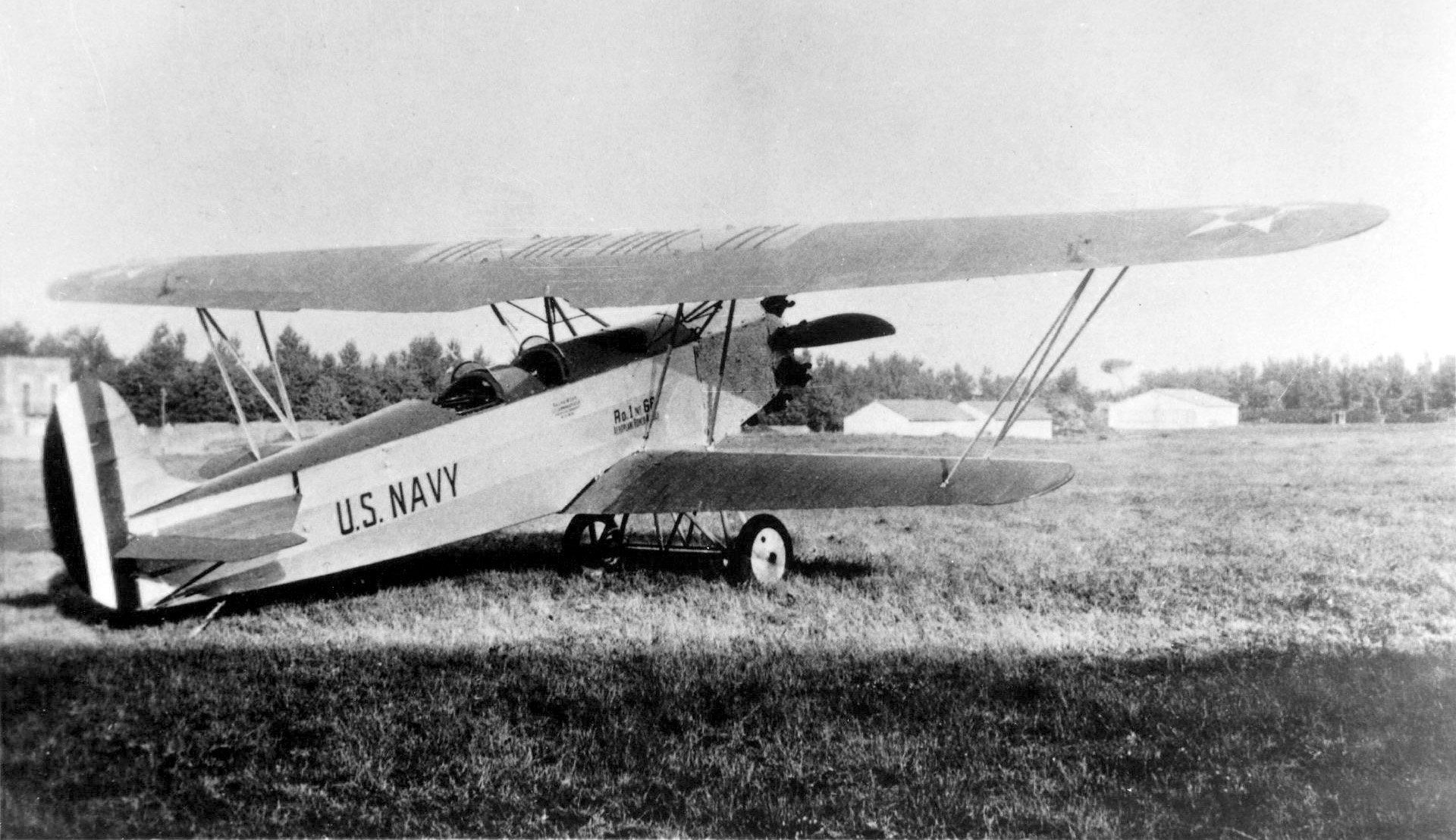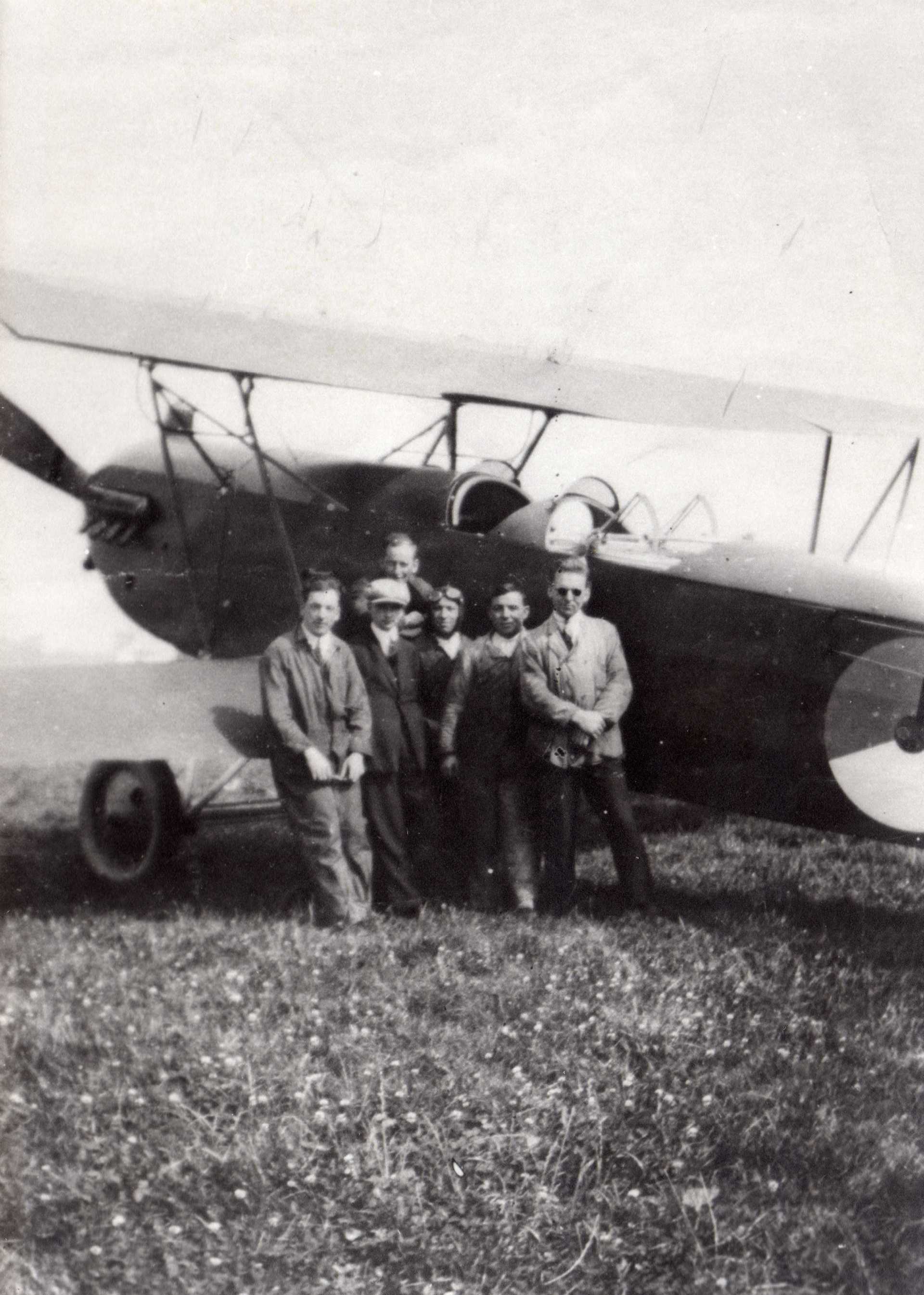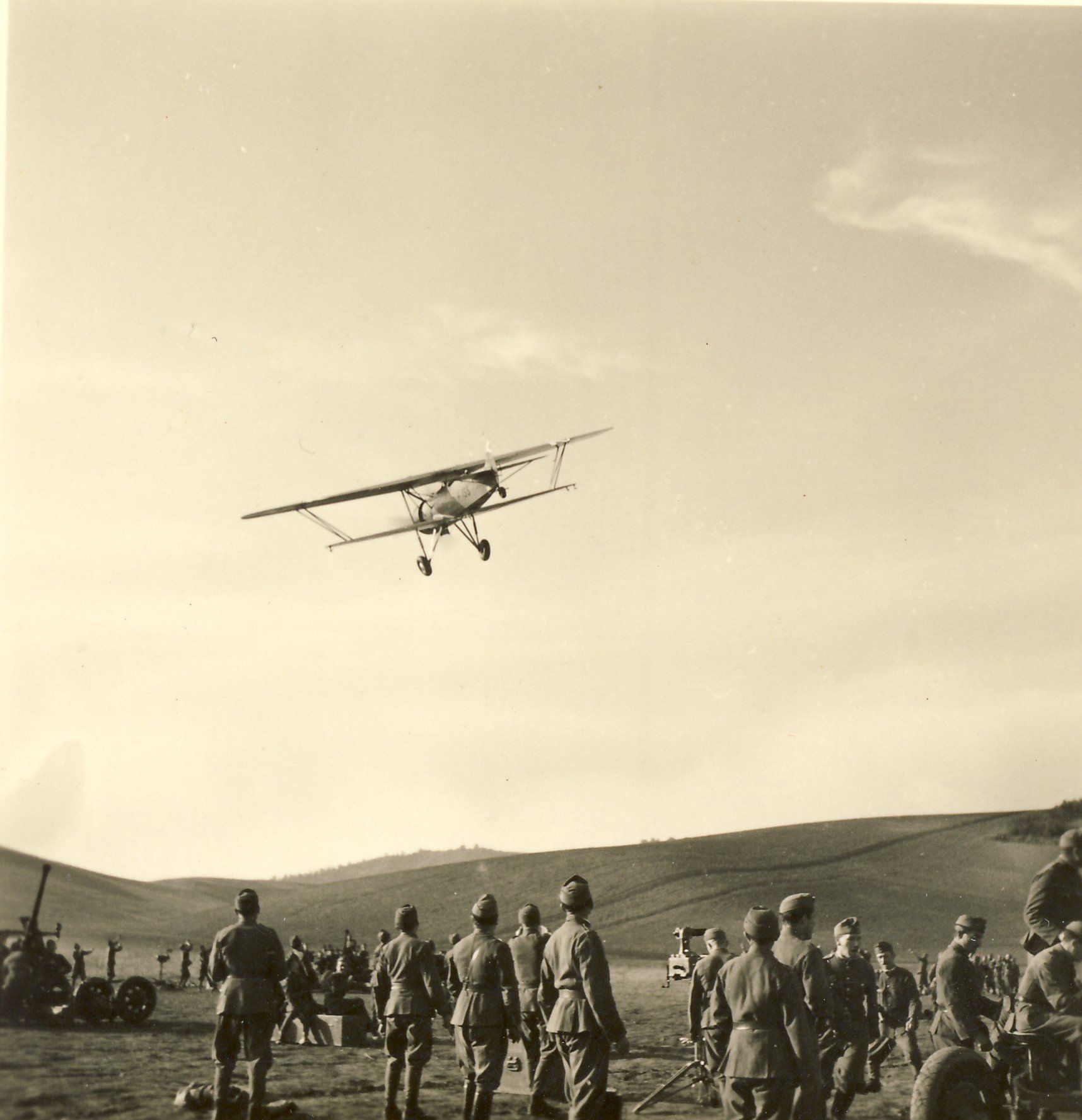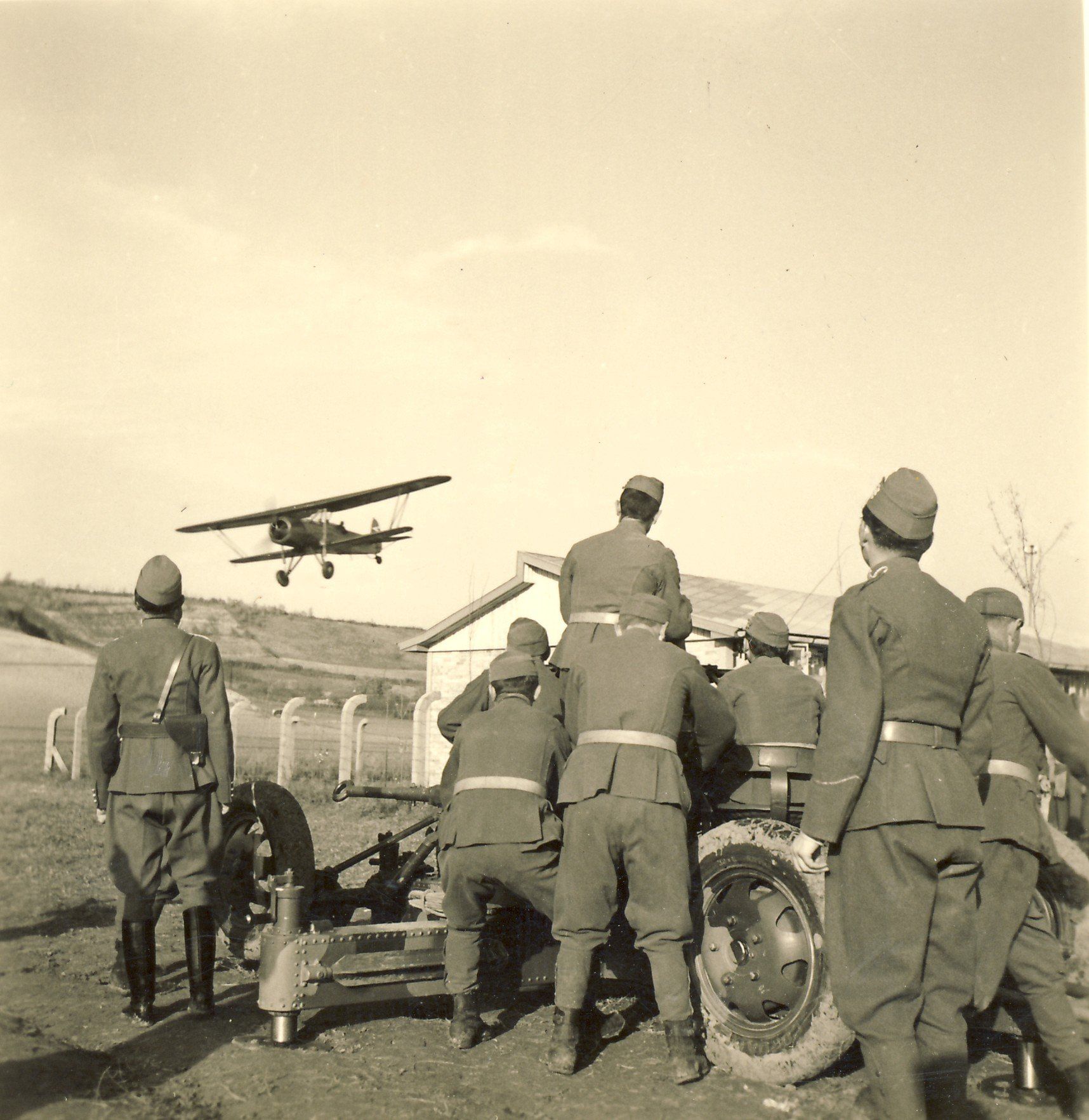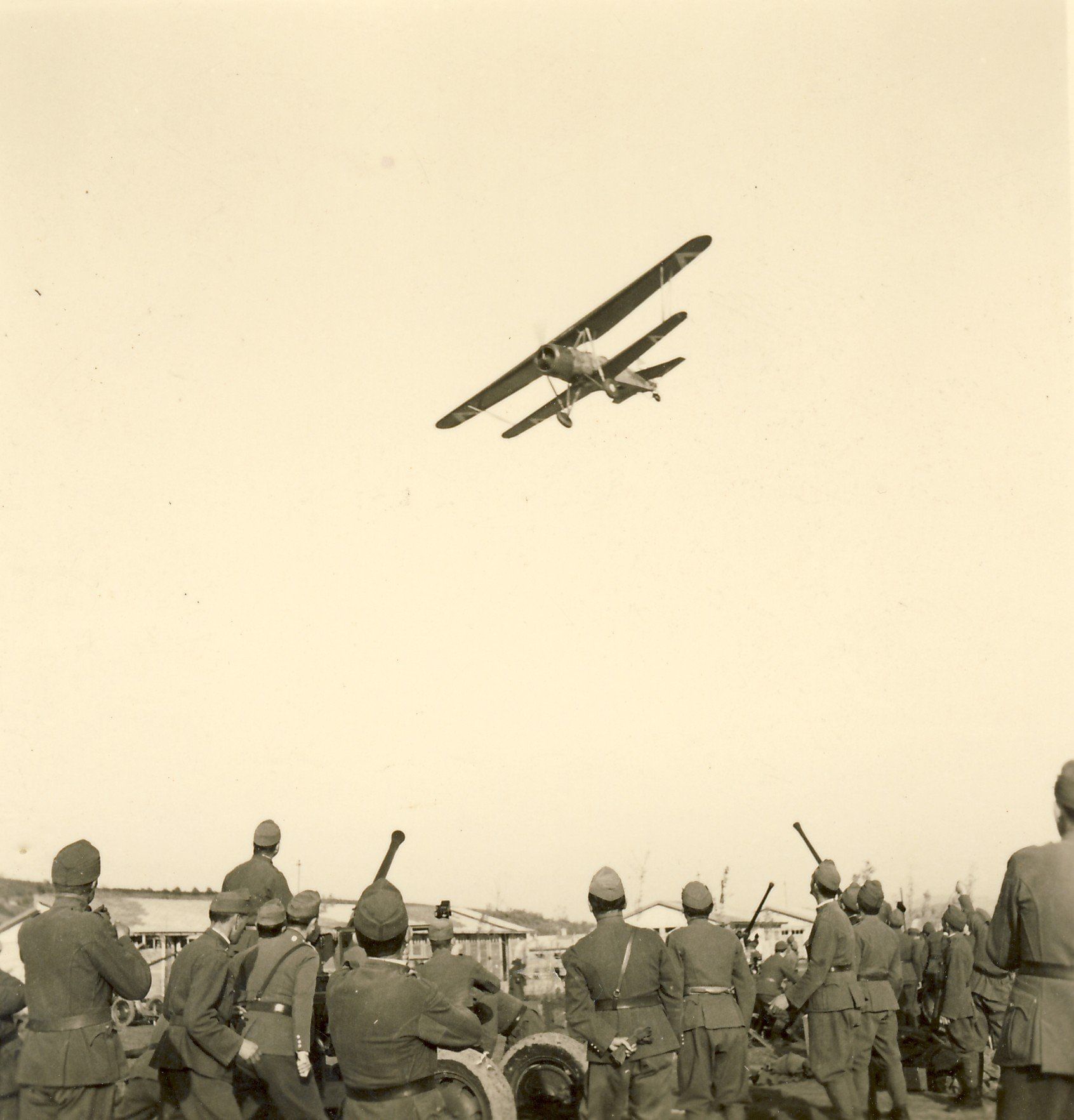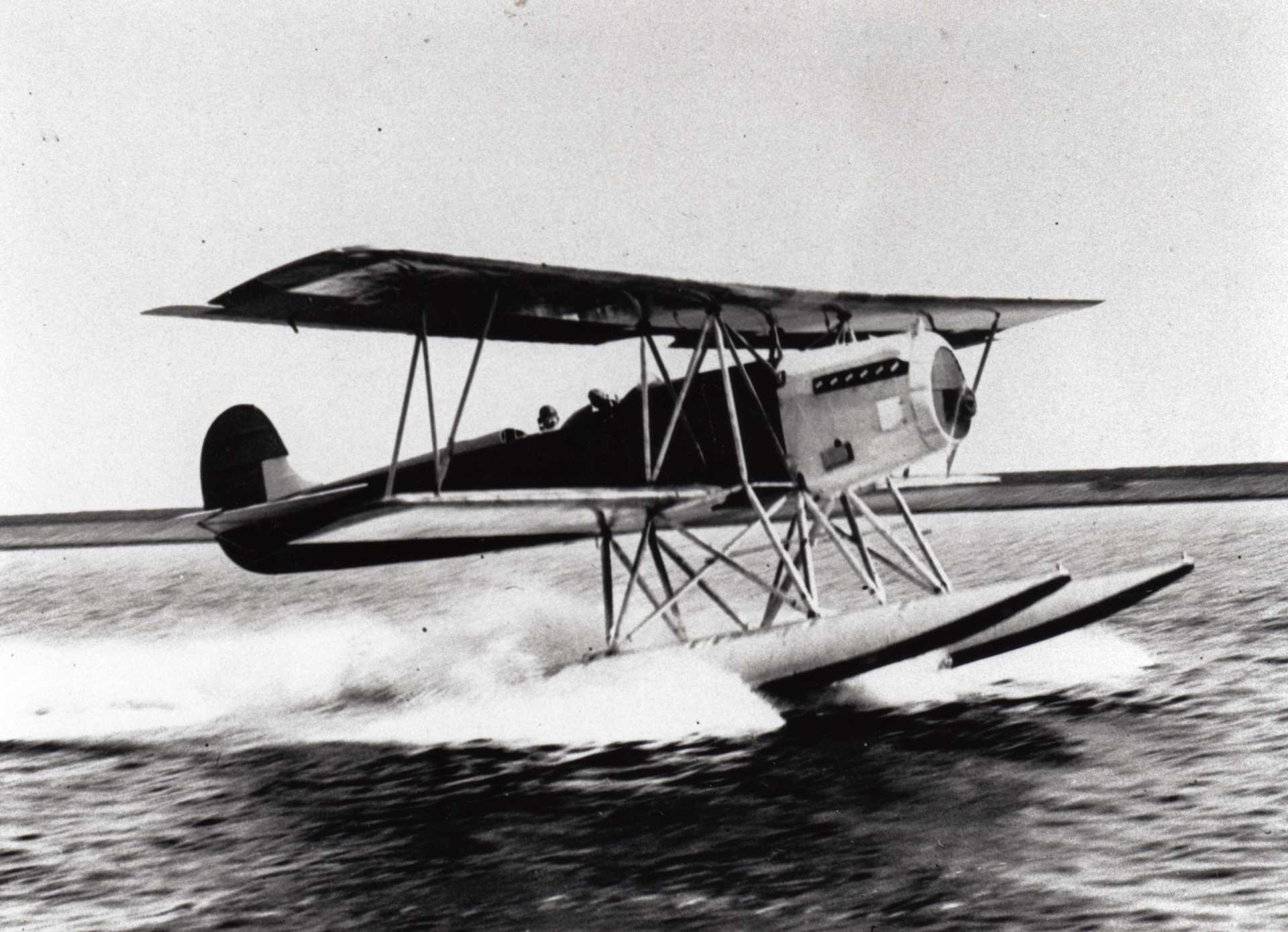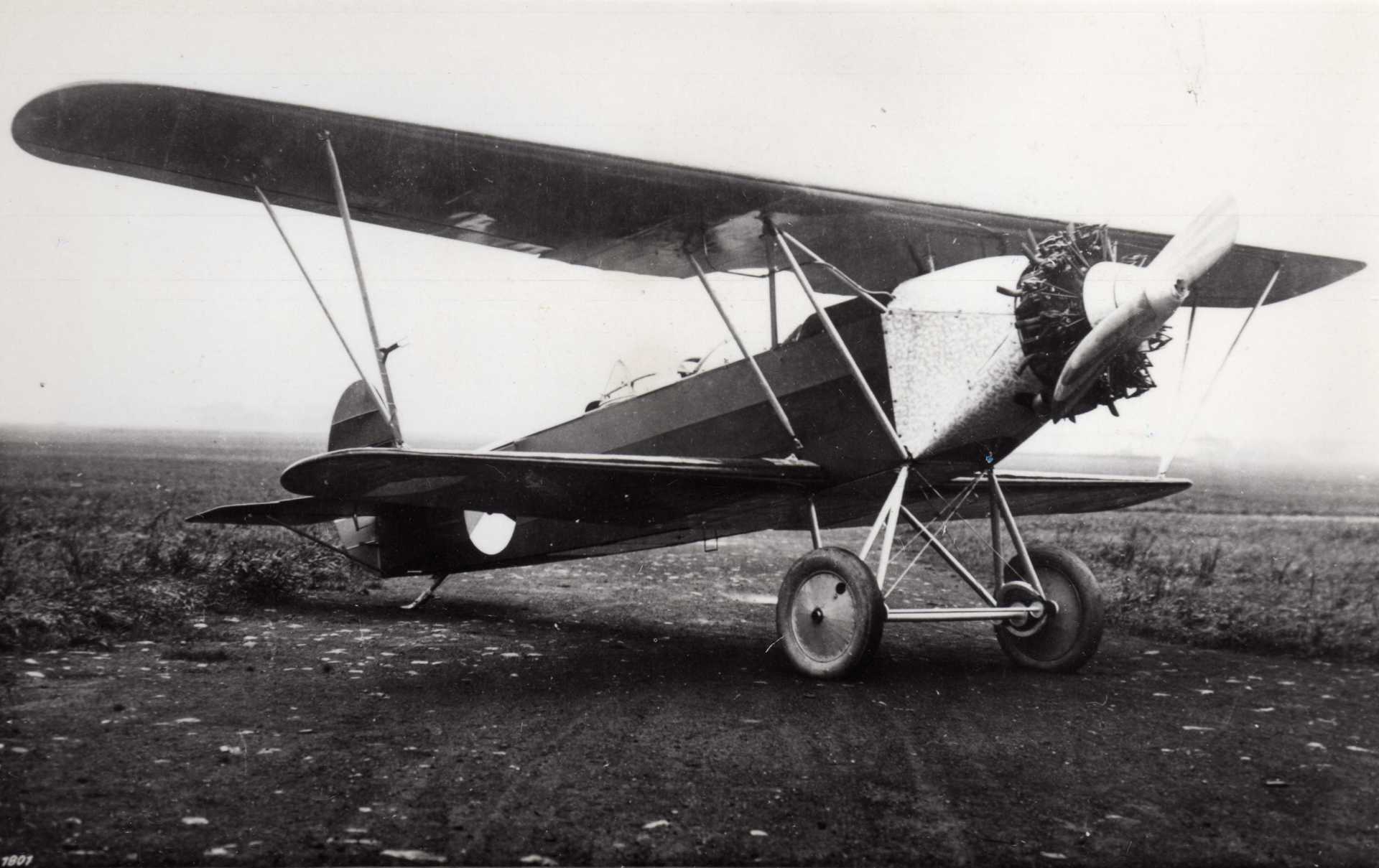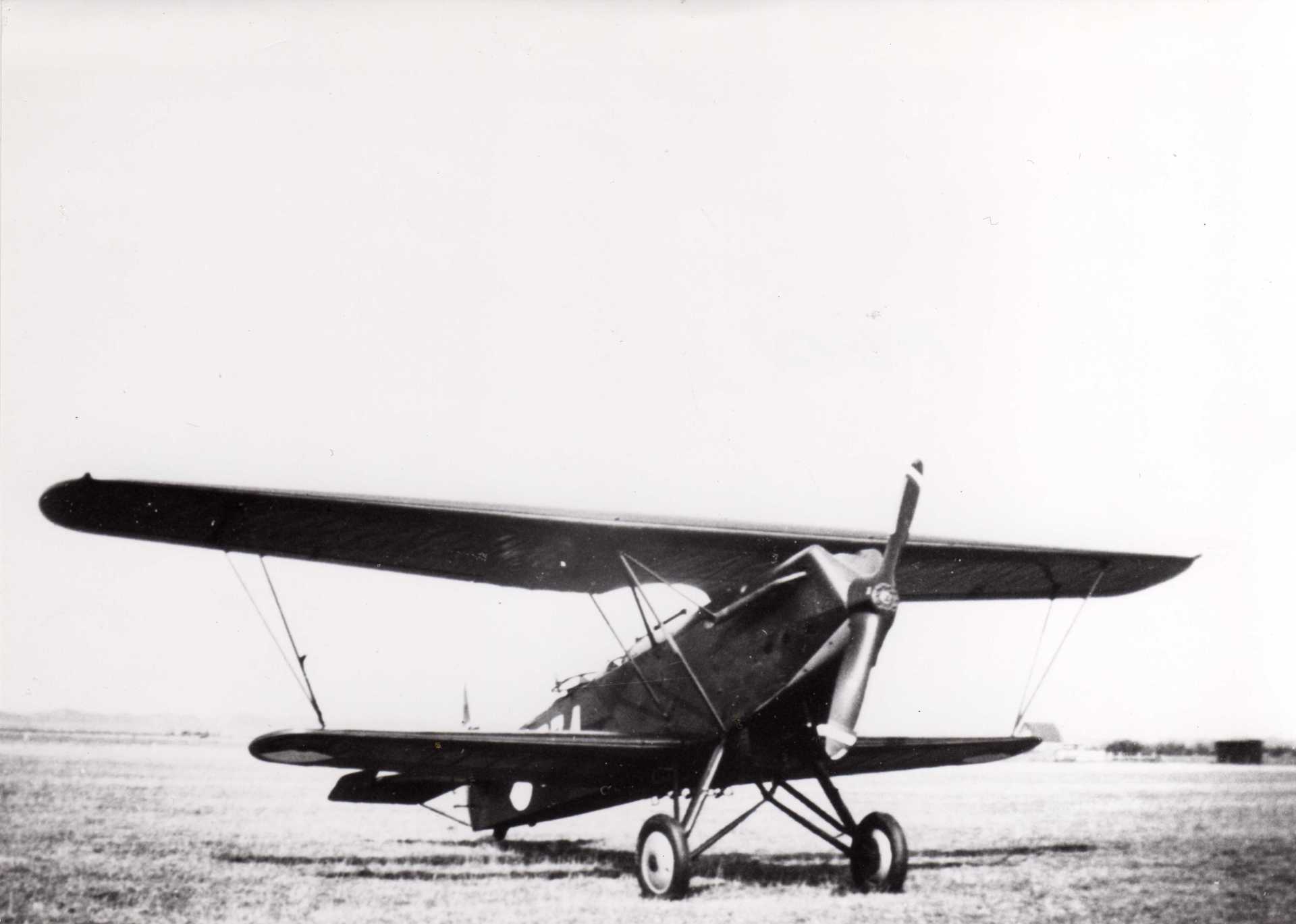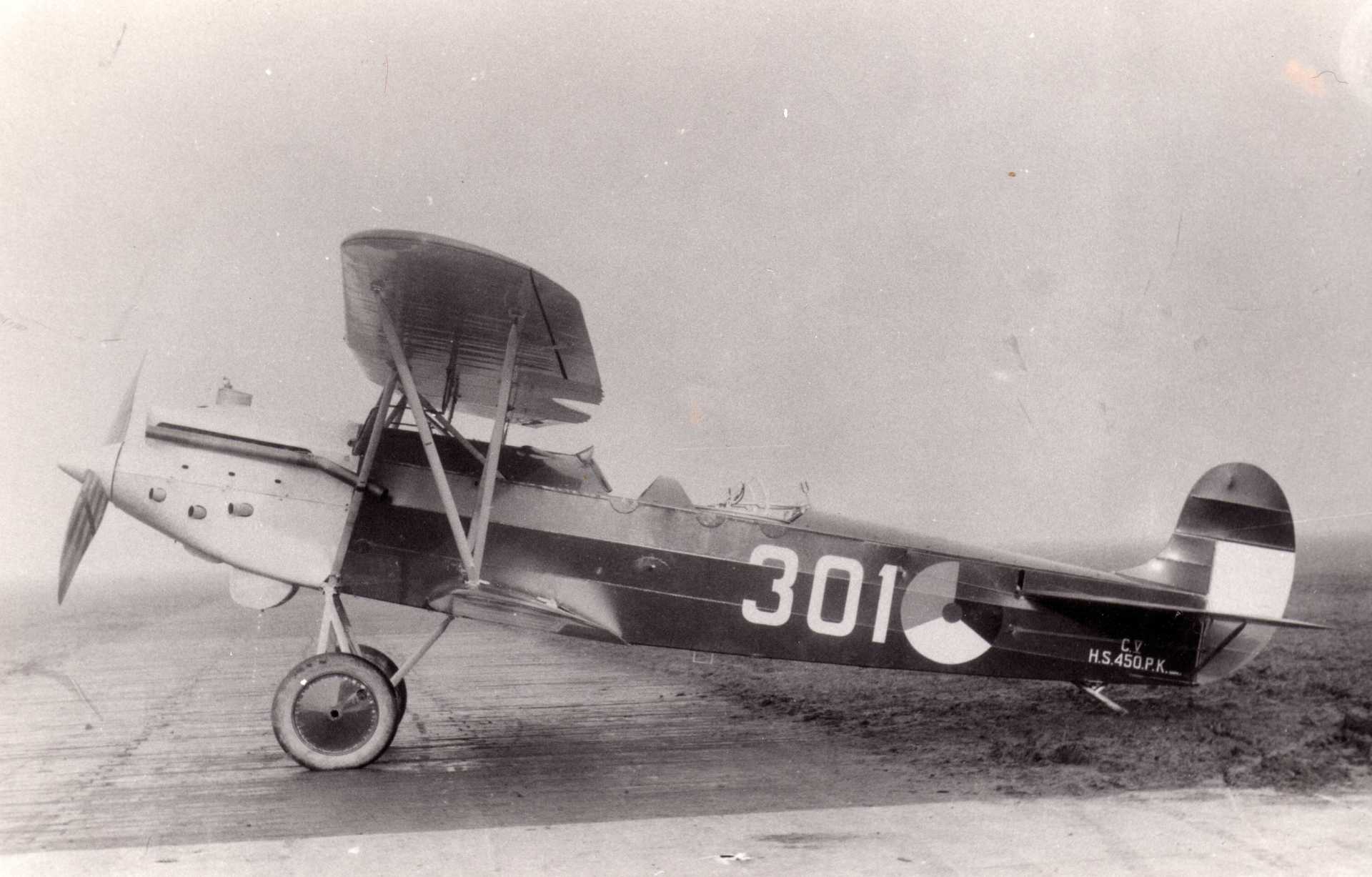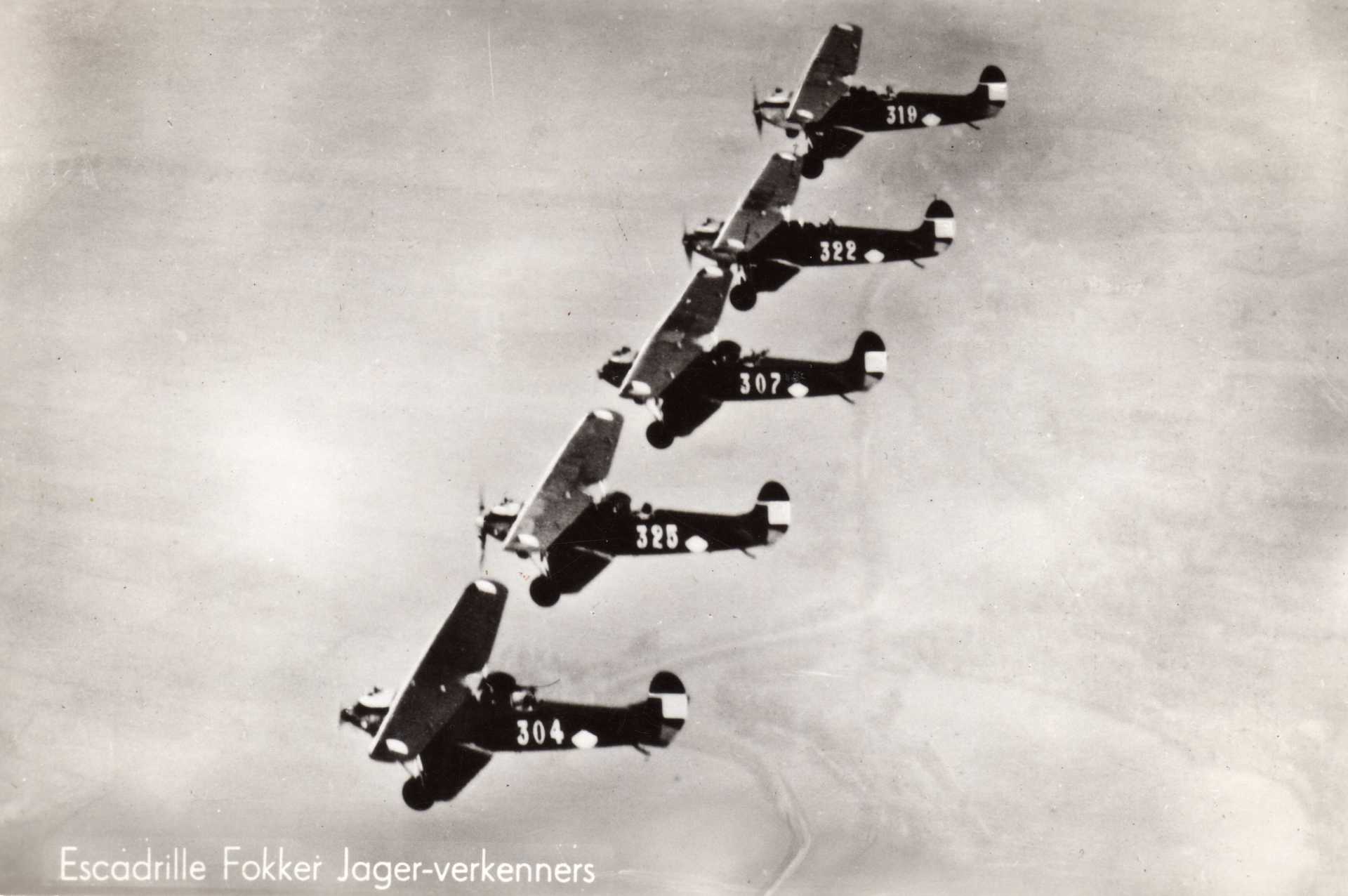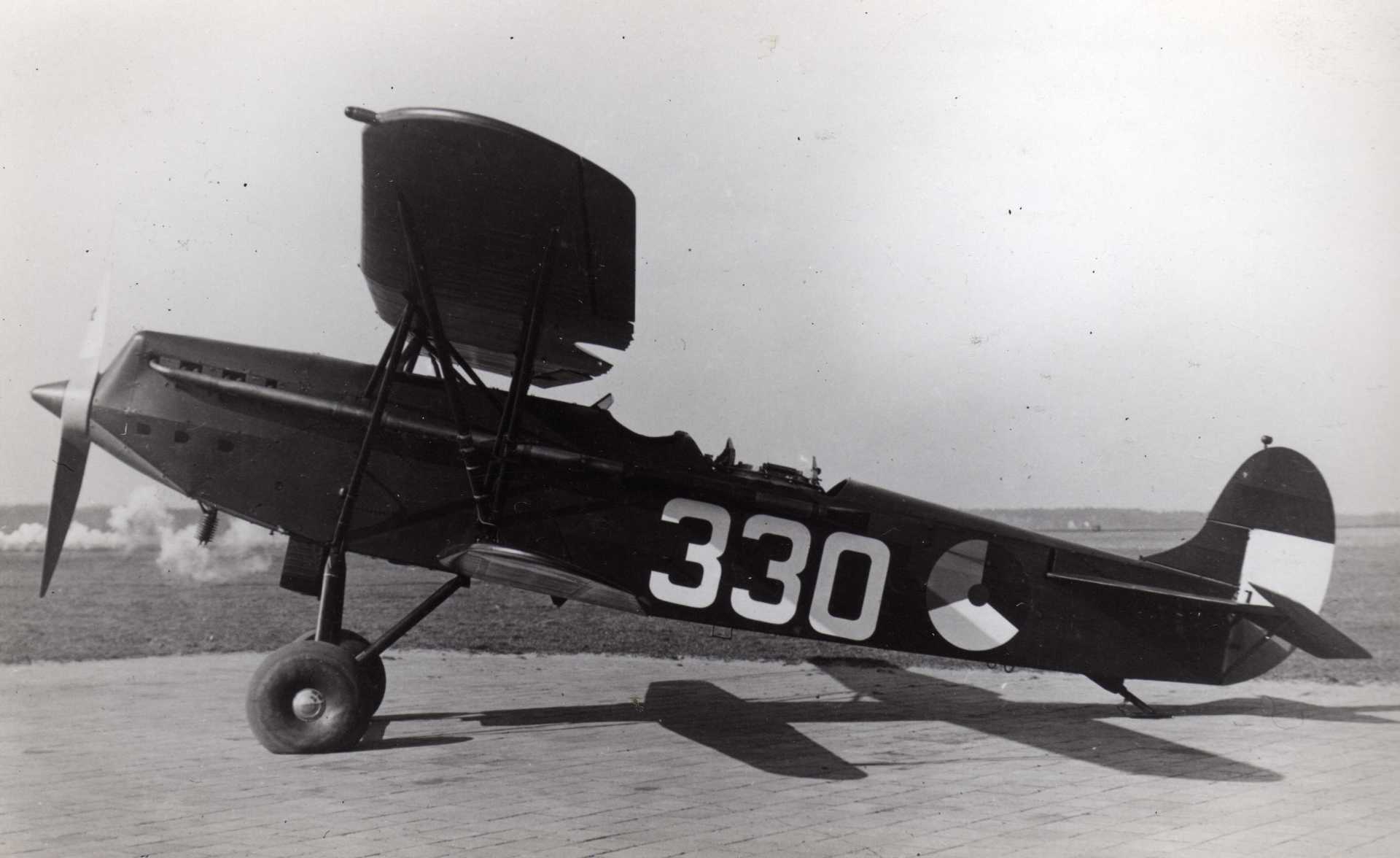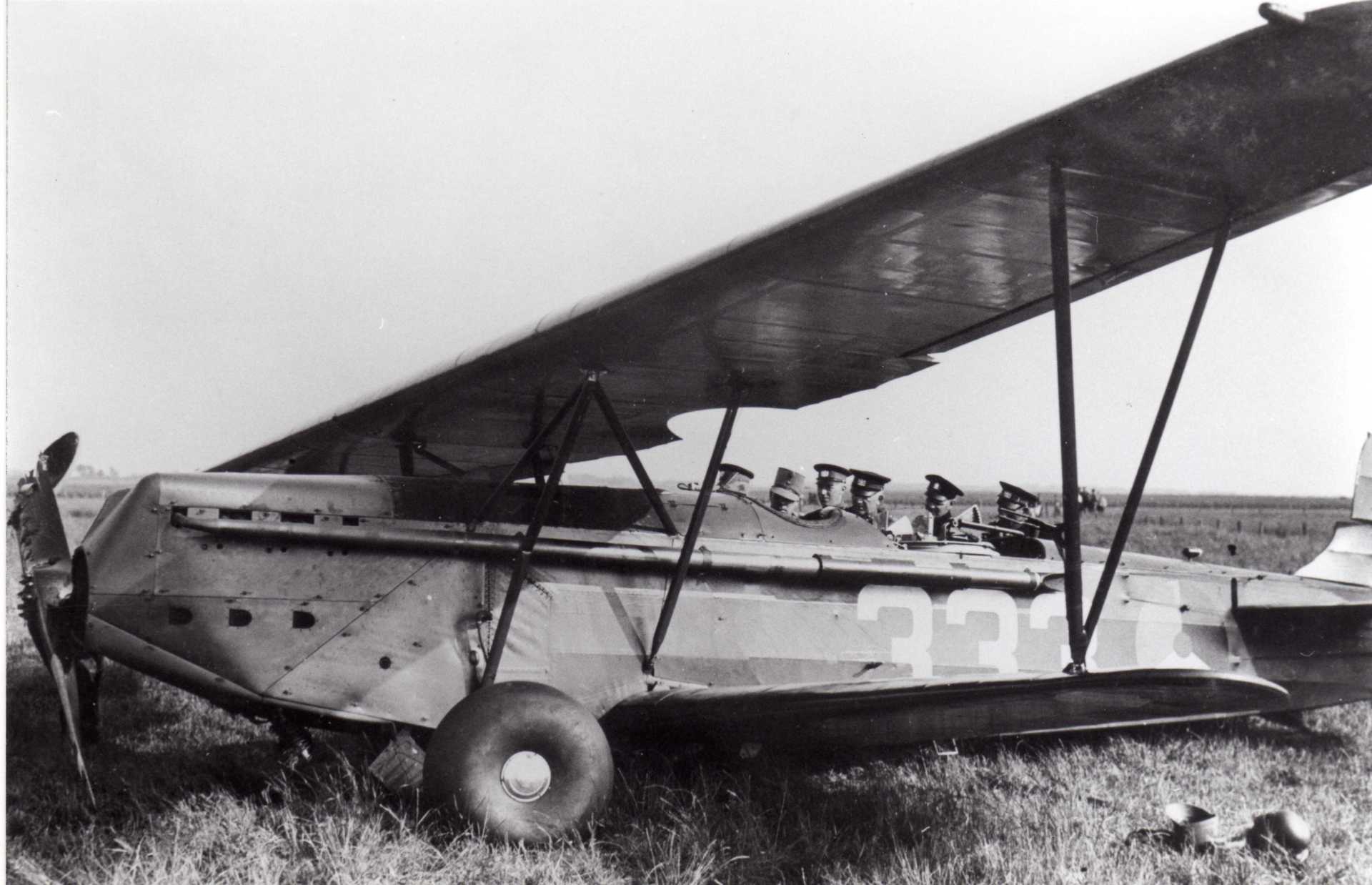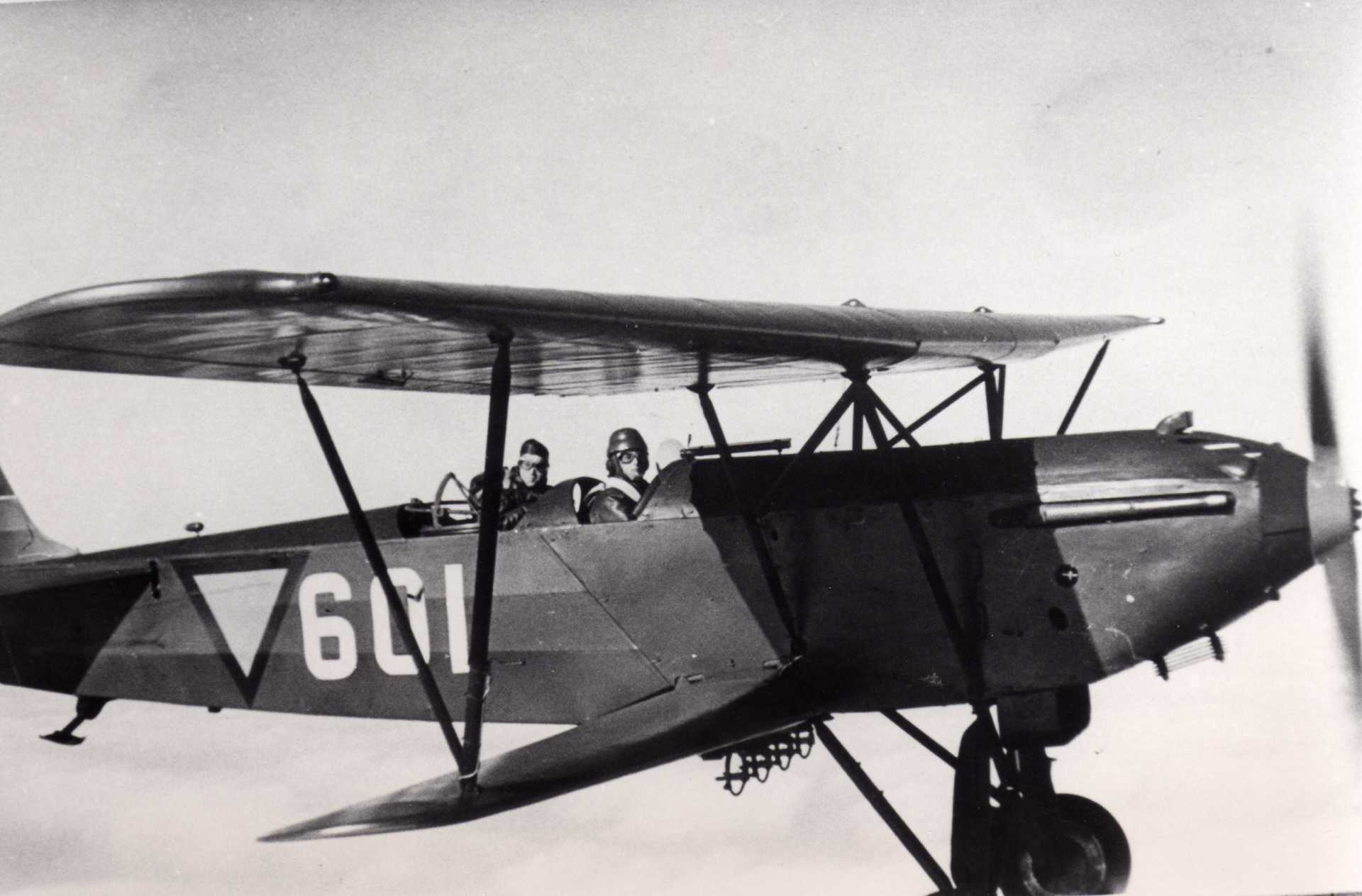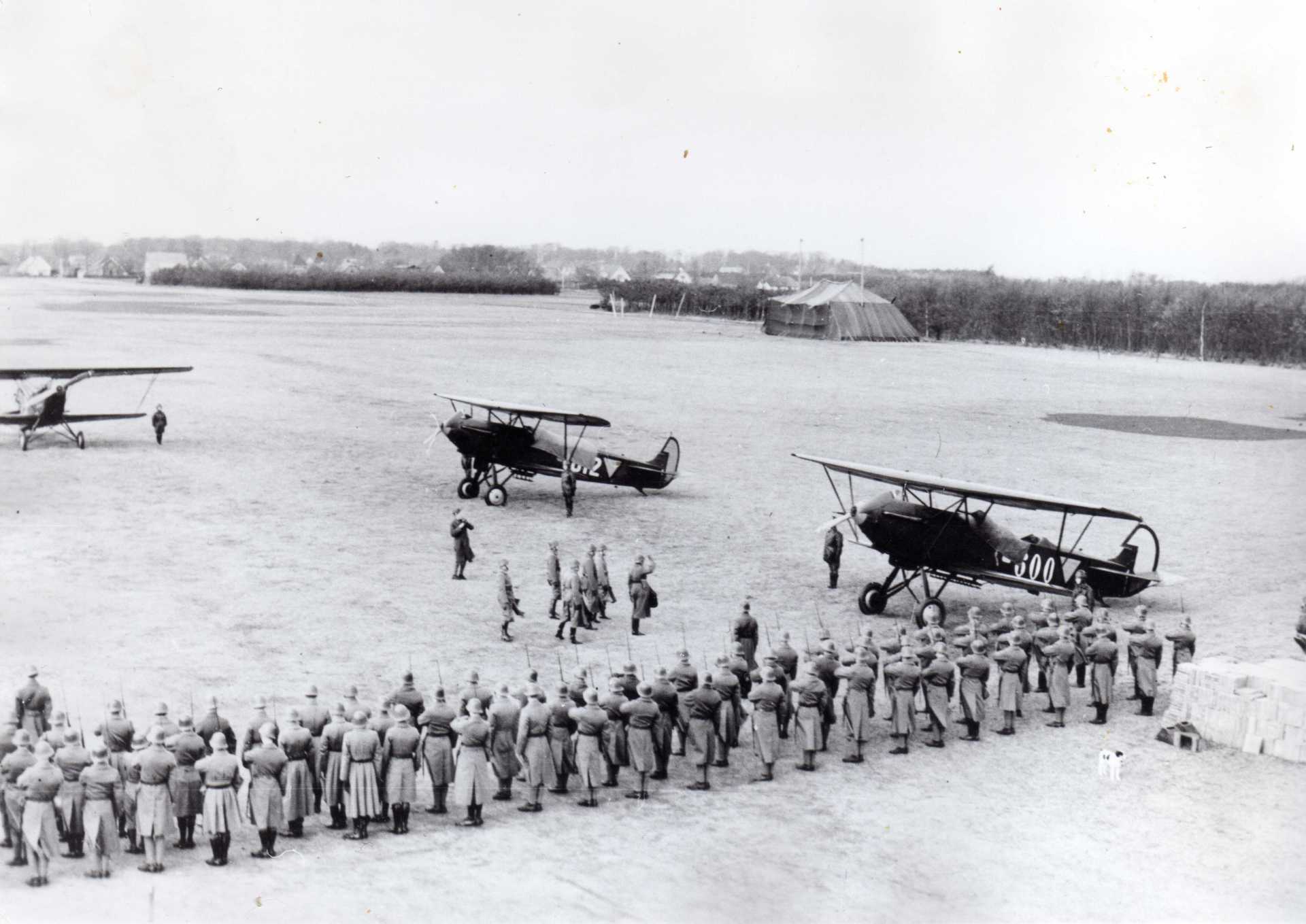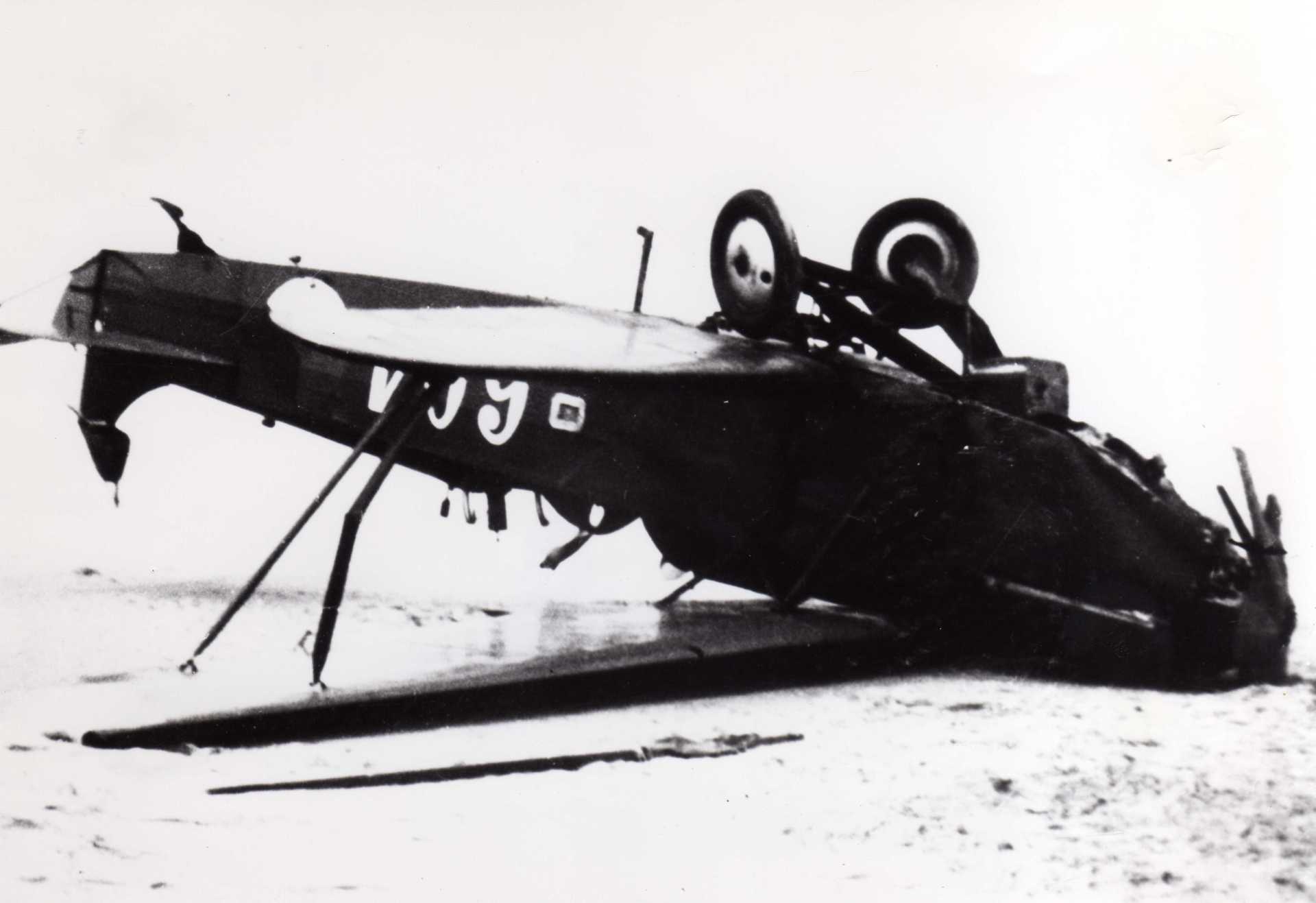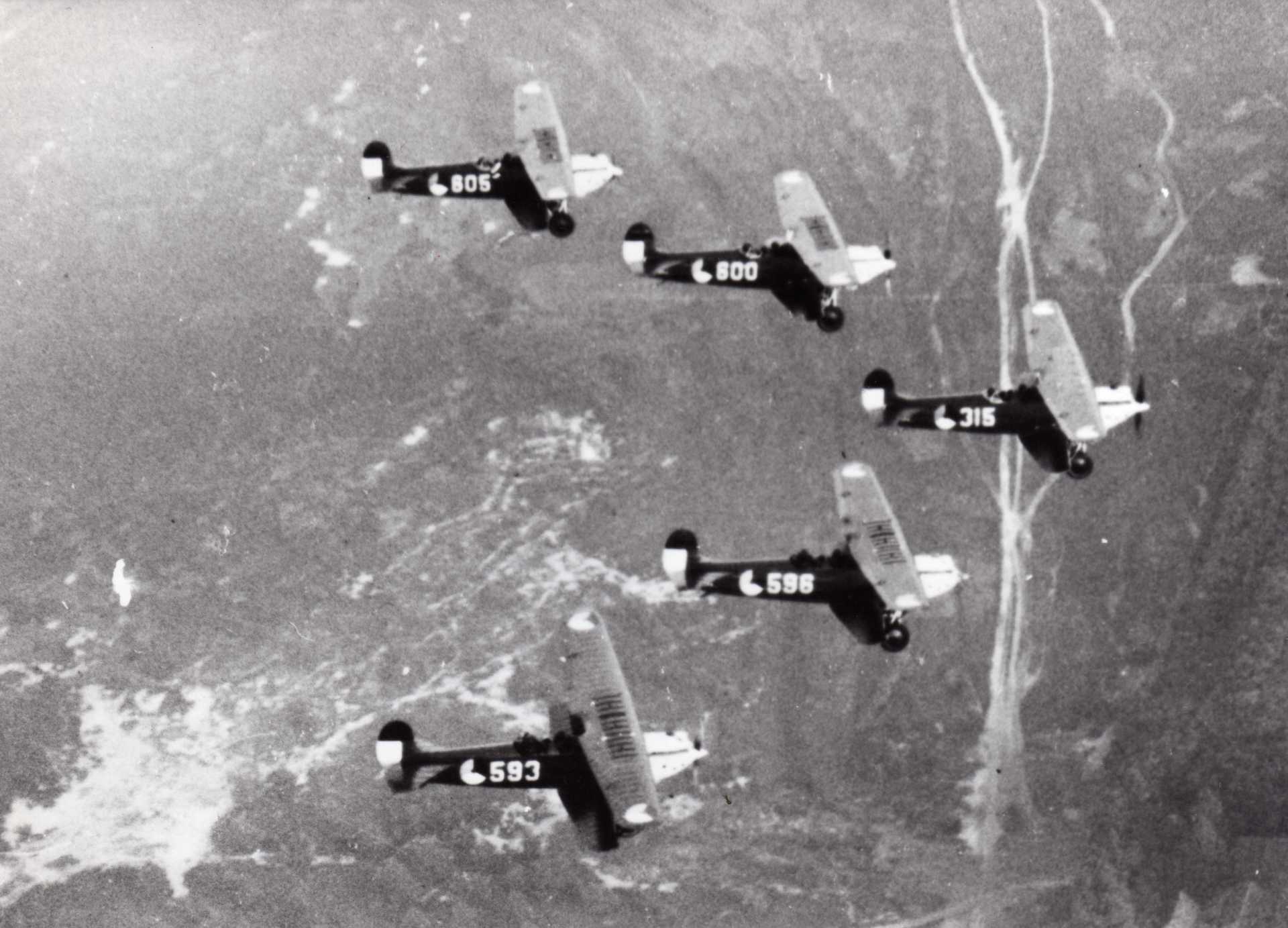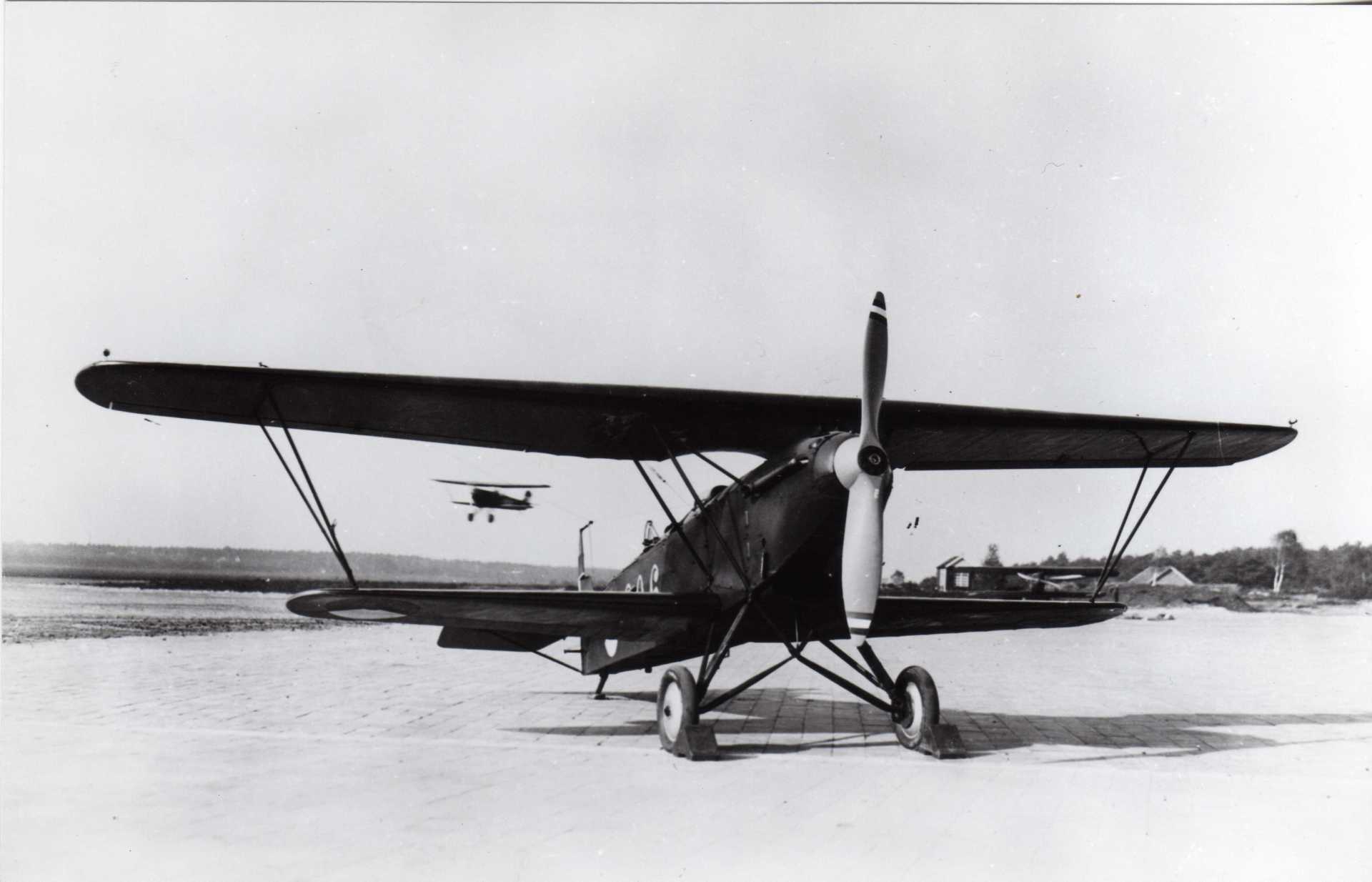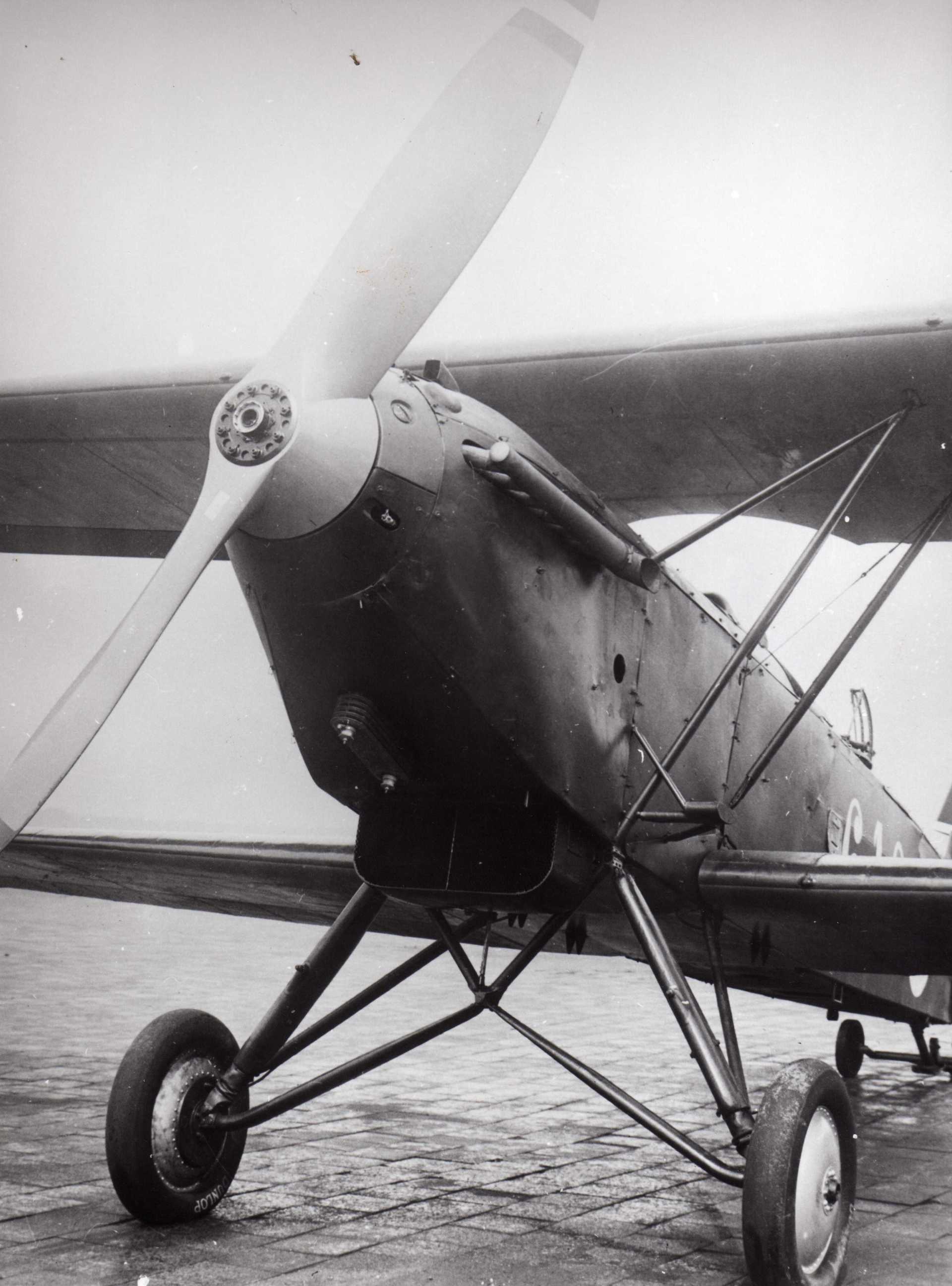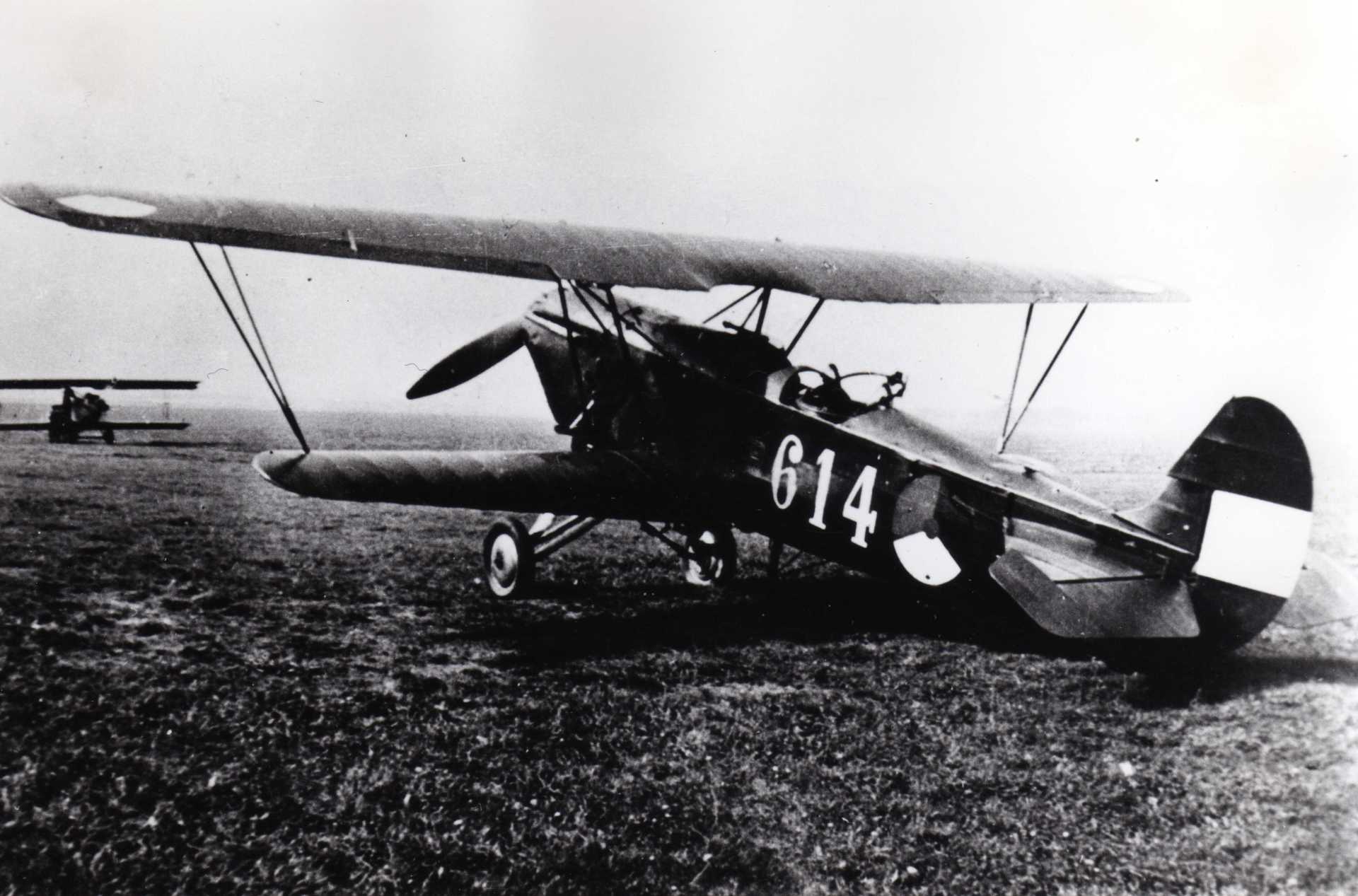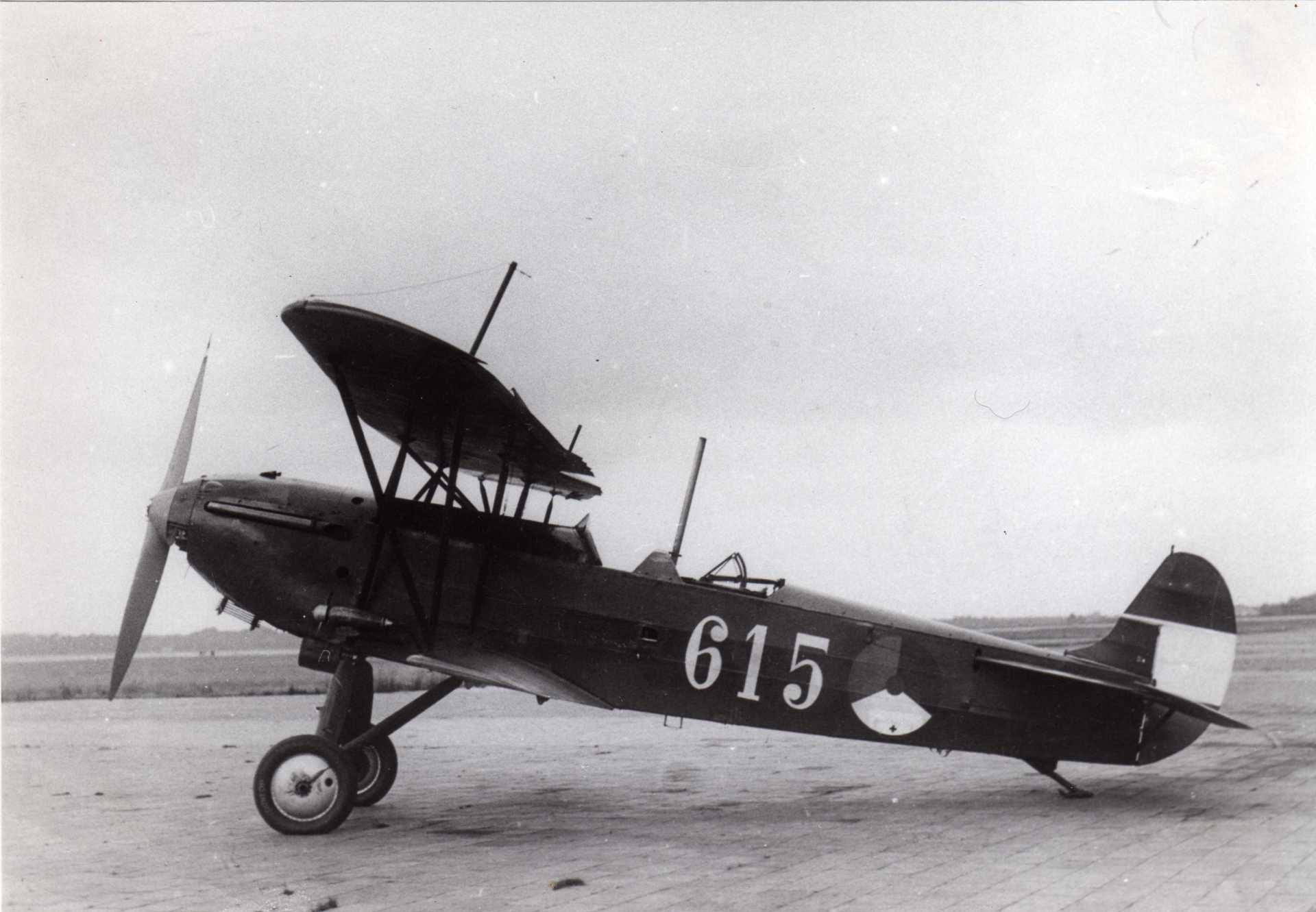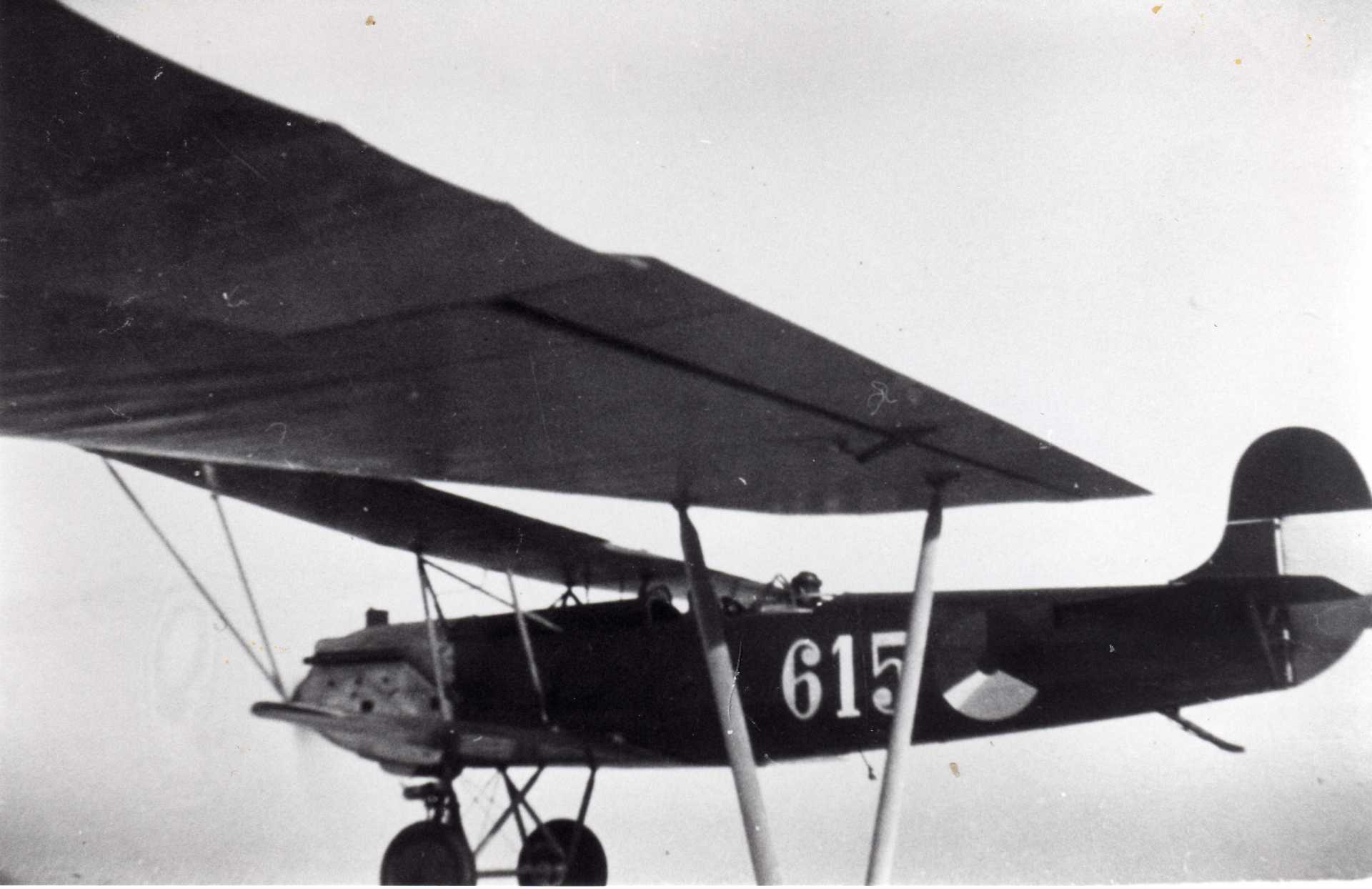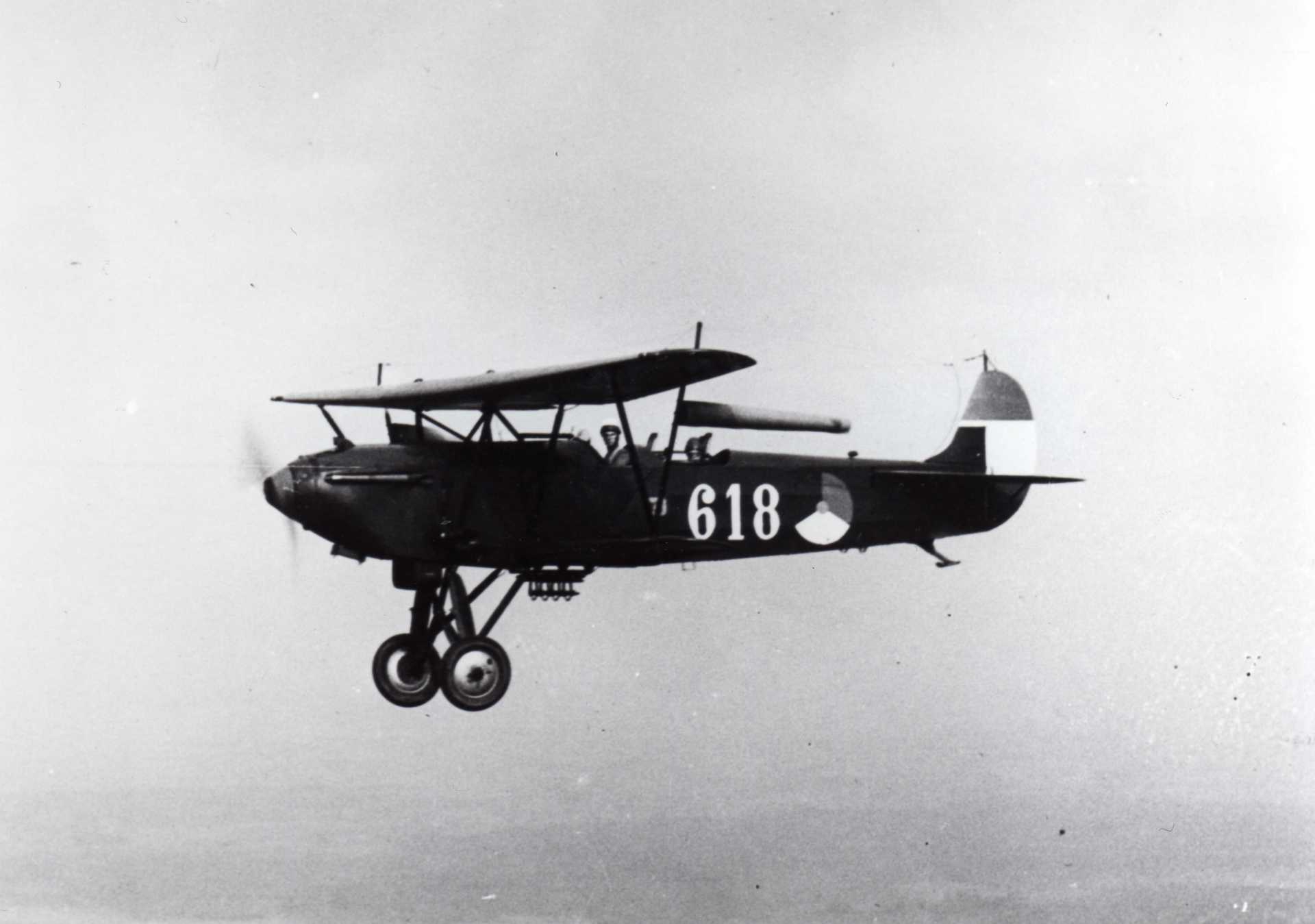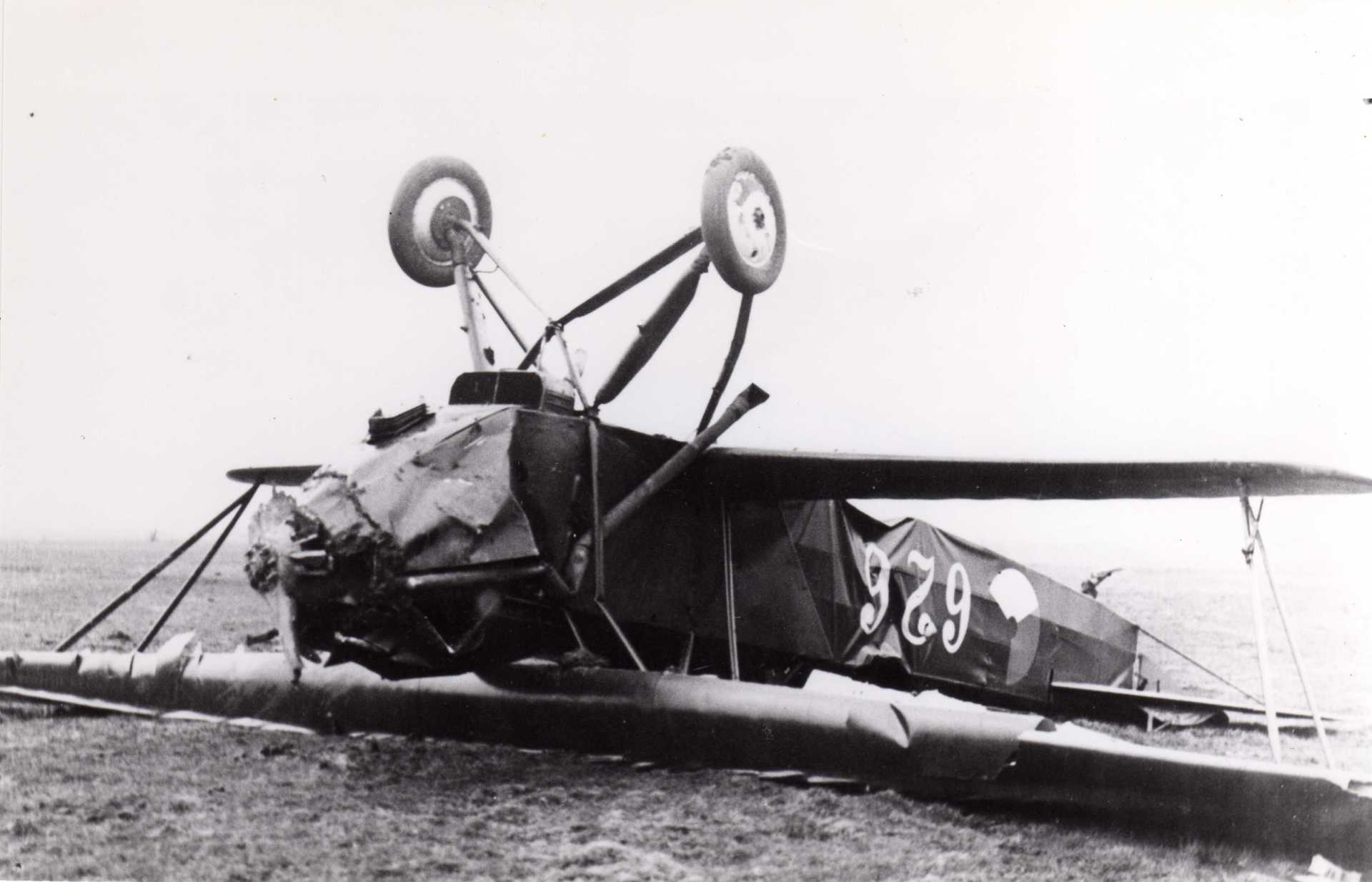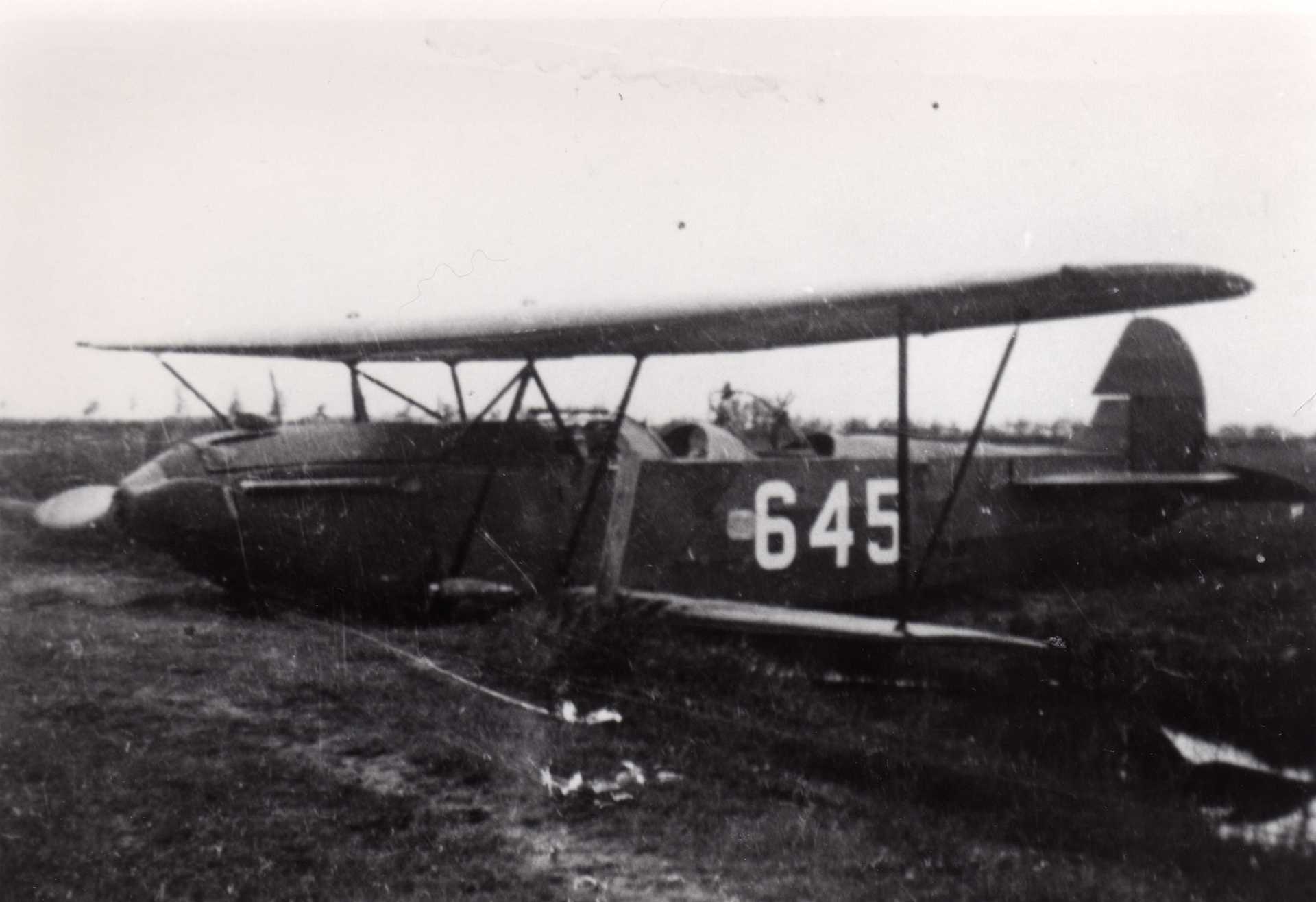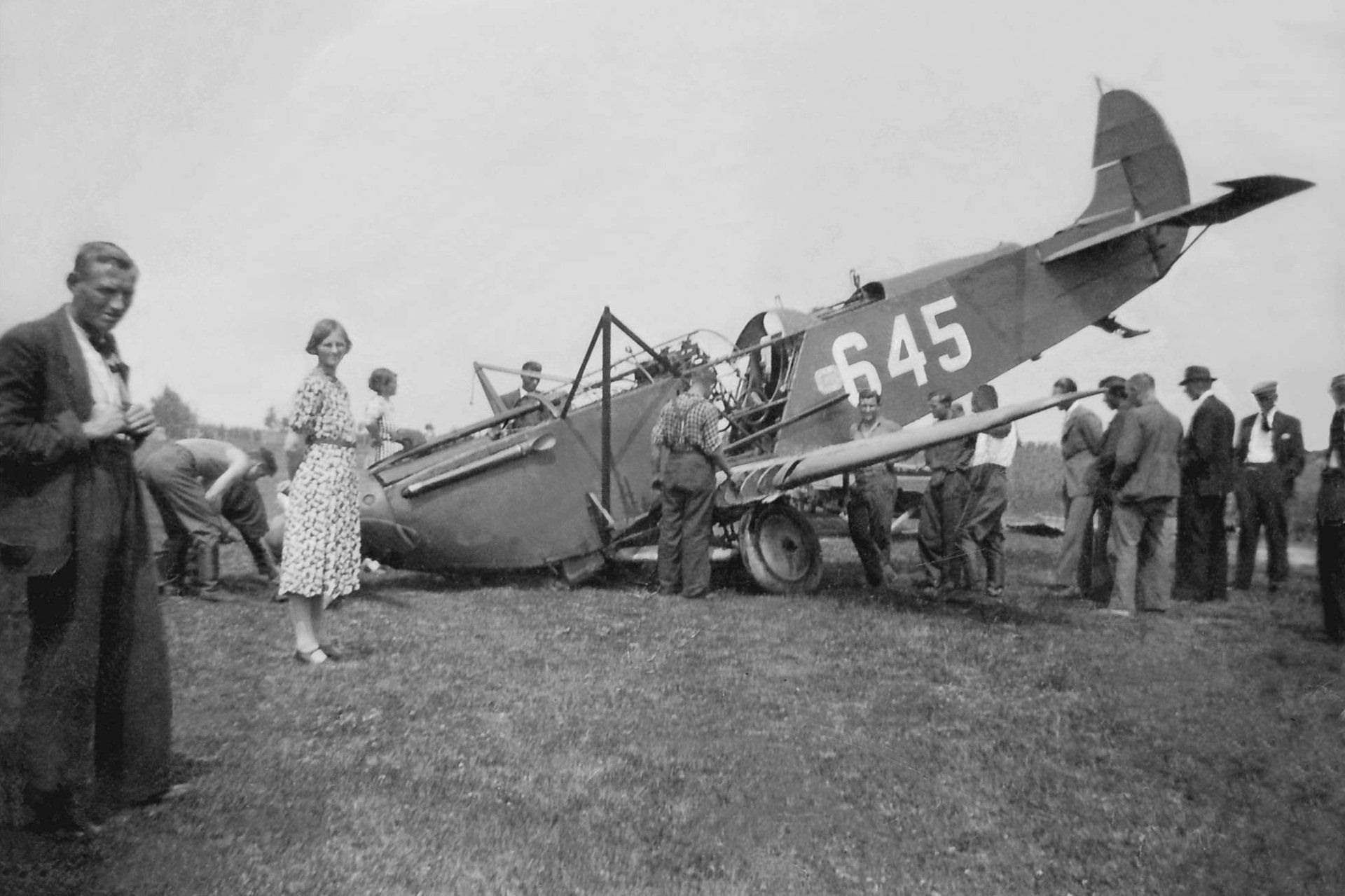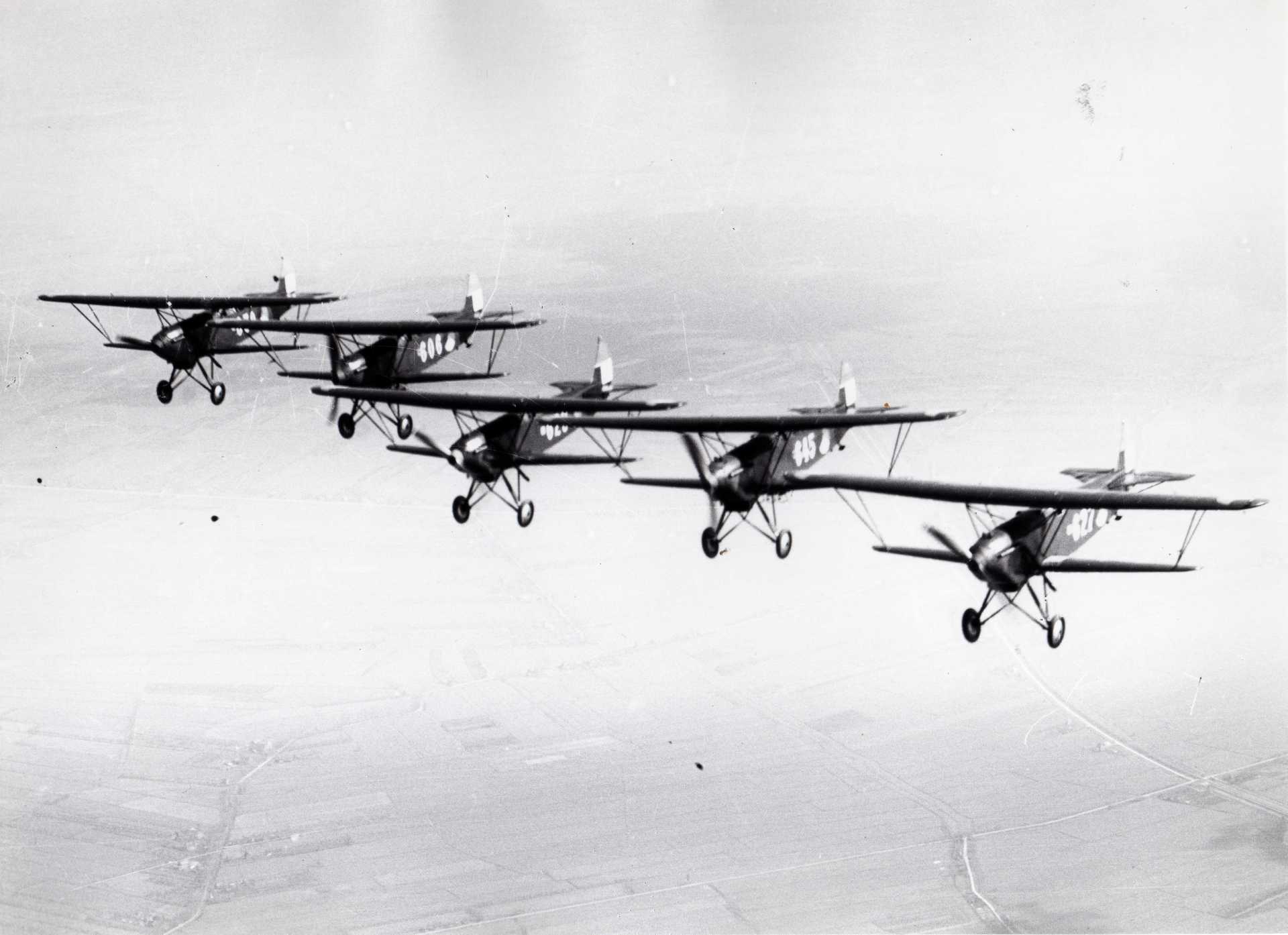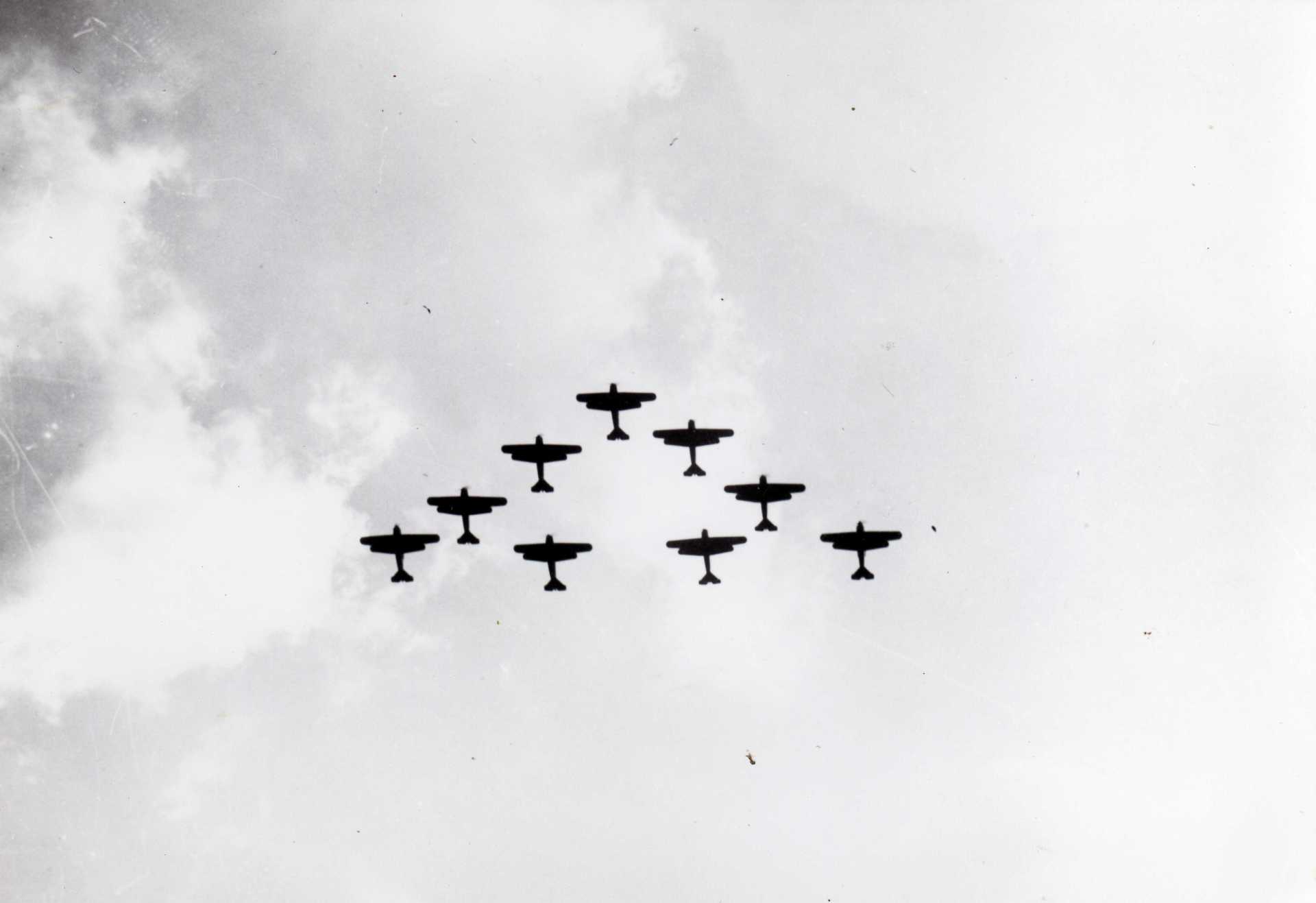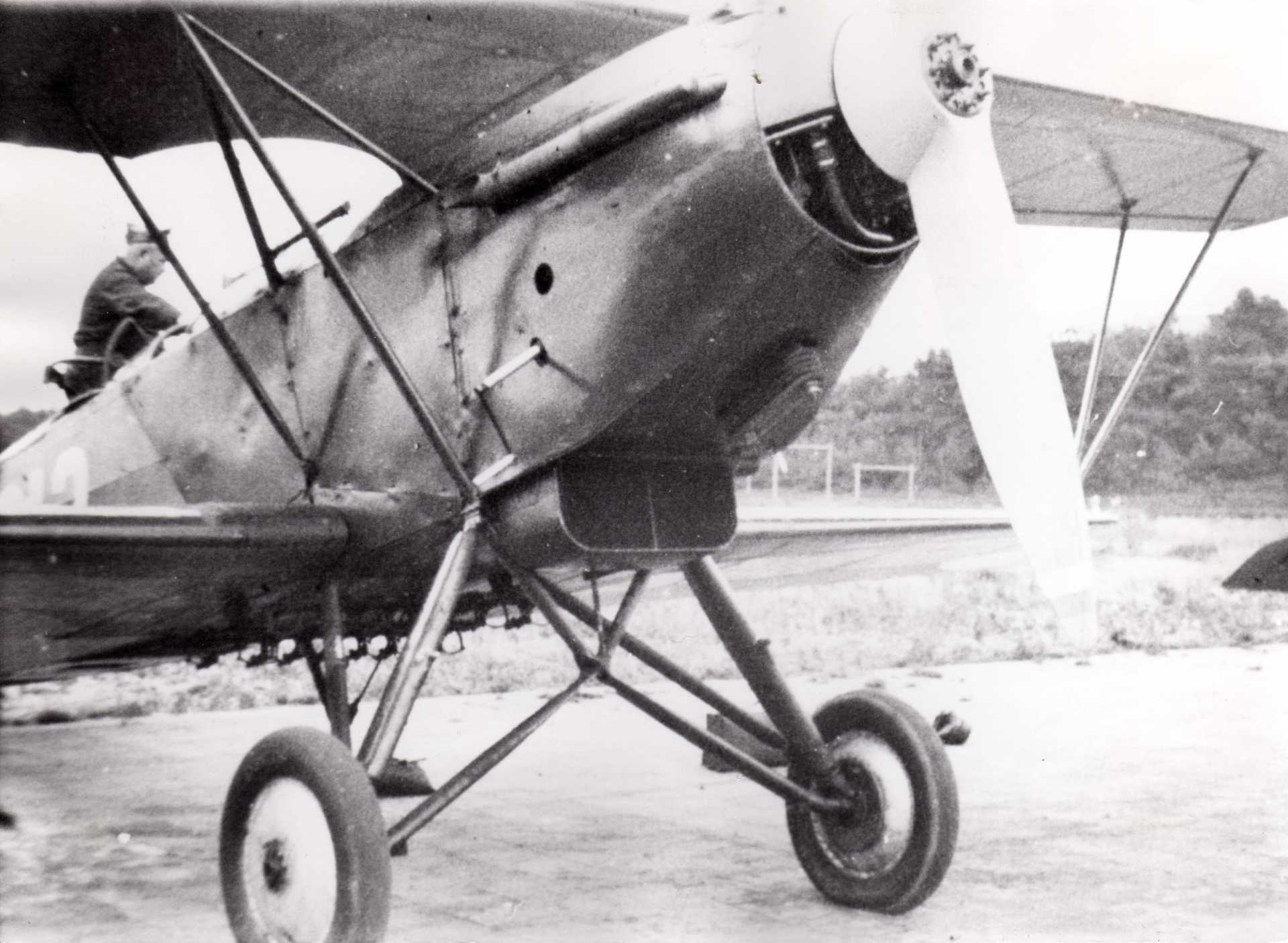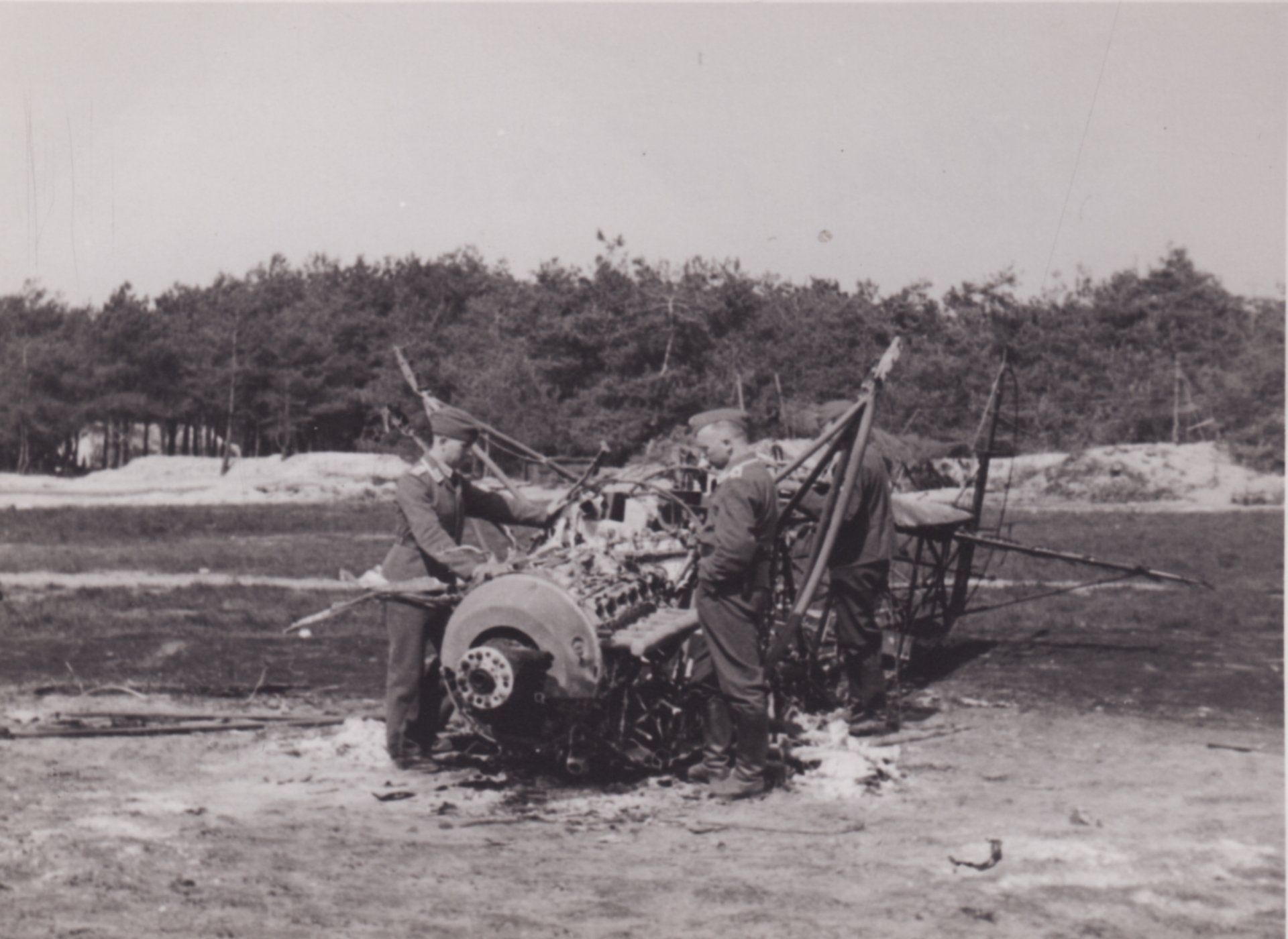Fokker C.V
Overview of C.V types.
Rounded totals built by Fokker Amsterdam and license builders.
C.V-A: 1
C.V-B: 18
C.V-C: 16
C.V-D: 212
C.V-E: 676
C.VI: 33
C.V-W see C.V-C
Total 956
C.V-A
Tactical scout, wingspan 12.3 m
wing area 36.0 m ^ 2, high 3.3 m, long 9.6 m
empty weight 1350 kg, payload 600 kg, total weight 1950 kg
top speed 230 km / h, ceiling 7100 m
C.V-C
Light day bomber wingspan 14.6 m
wing area 46 m 2, high 3.3 m, length 9.6 m
empty weight 1440 kg, payload 1000 kg, max. weight 2440 kg
top speed 220 km / h, ceiling 5500 m
C.V-E
Light bomber / strategic scout, 15.3 m wingspan
wing area 39.2 m ^ 2, length 9.2 m, height 3.6 m
empty weight 1210 kg, payload 800 kg, max. weight 2230 kg.
top speed 230 km / h, cruising speed 230 km / h, ceiling 6000 m
__________________________________________________________________
Fokker offers a whole collection to supply all those types and versions of engines.
Hispano-Suiza 350 450 500 hp
Lorraine – Dietrich 400-450-475 hp
Packard Liberty 400-420 hp
Bristol Jupiter 400-450 hp
Bristol Pegasus 730 hp
BMW 250 hp
Napier Lion 450 hp
Armstrong-Siddeley Jaguar 380-450 hp
Rolls Royce Kestrel 650 hp
C.V-B
Strategic scout, wingspan 13.3 m
wing area 40.7 m ^ 2, high 3.3 m, length 9.6 m.
empty weight 1390 kg, payload 800 kg, max weight 2190 kg.
top speed 226 km / h ceiling 6100m
C.V-D
Hunter / tactical scout, wingspan 12.5 m
wing area 28.8 m ^ 2, length 9.6 m, height 3.6 m.
empty weight 1210 kg, max. weight 2100 kg
top speed 260 km / h, cruising speed 213 km / h, range 800 km, ceiling 5900 m.
C.V-W
Float aircraft see C.V-C
C.VI
(LVA designation) see C.V-D but with lighter engine.
The images below show five prototypes; photo 1 to 5.
Photos 6 to 14 show the Fokker C.Vs delivered to Denmark.
-
001
ButtonIn 1924, the construction of the first two prototypes of the Fokker C.V-A and -B starts.
They are a direct derivation of the C.IV.
The hull in particular has become slimmer.
The C.V-A still has many similarities with the C.IV.
The engine is a 420 hp Packard Liberty.
The wings have N-pillars and extended ailerons.
However, the C.V-B in this photo already shows more improvements.
The 450 hp Lorraine-Dietrich is now chosen as the engine.
With as an alternative the BMW with 250 hp and the Hispano-Suiza with 450 hp.
The aircraft is referred to as a strategic scout.
-
002
ButtonThe Fokker C.V-C followed in 1925 with extended ailerons and N-pillars.
Initially with 500 hp Hispano-Suiza engine and intended as a scout and light bomber.
Where in the A and B version the wingspan resp. At 12.03 and 13.30 m, it is now 14.63 meters.
The total length remains 9.42 m.
Denmark purchases five, registered R-1 to R-5.
Bolivia also buys five.
The Naval Aviation Service buys twelve.
First six as C.V-W seaplane and soon converted to C.V-C and the rest immediately registered as C.V-C as Z-1 to Z-12.
The engine used by the MLD was the 400 hp Lorraine Dietrich.
-
003
ButtonAfter the A, B and C follows the Fokker C.V-D.
Switching with various wing sets leads to a pronounced success in the D version.
The upper wing is set back a bit more and is therefore cantilevered.
The wing will have built-in ailerons and V-pillars.
As a test, even more types of engines are built, such as this 400 hp Bristol Jupiter.
The big sale of the C.V-D starts from this aircraft.
The new task becomes light bomber and tactical scout.
Around 160 aircraft are being built in Amsterdam-Noord and a total of around 470 units.
-
004
ButtonThe side of the C.V-A or C.V-C prototype, with a slightly different tail.
The engine used is a 500 hp Hispano-Suiza.
A Packard Liberty with 420 hp was also used.
The ailerons were mounted on the upper wing as removed.
The styles were in the N version.
-
005
ButtonAnother prototype, now presumably of the C.V-E.
With a special engine: the Bristol Jupiter of 400 hp.
The tail has since been greatly improved.
With built-in ailerons and N-pillars.
-
006
ButtonIt is 1926, this is the first of five C.V-B aircraft delivered by Fokker to Flyvevabnet, registered R-1 to R-5. Flyvevabnet is the Danish Air Force.
This will be the R-1 with a 450 hp Hispano-Suiza engine and painted dark green with the large text “DANMARK”.
Kap A. Botved flies in the same year with the R-2 from Copenhagen to Tokyo, but loses the R-2 in Rangoon (Burma).
He eventually flies the R-1 via Siberia (Russia) back to Copenhagen in 75 net flying hours with a distance of 10,395 km.
-
007
ButtonHere the R-2 which in 1926 also on the Copenhagen-Tokyo-Copenhagen flight from Kapt. Botved joins.
It already has the large DANMARK marking on the hull.
The plane crashed near Rangoon (Burma).
After the five C.V-B aircraft supplied by Fokker, the Danes concluded a license agreement with regard to the construction of the Fokker C.V-E.
The construction will then be carried out by Flyvertroppernes Vaerkstaeder, freely translated: Flying Troops Workshops.
-
008
ButtonThe second series to be delivered to Denmark consists of Fokker C.V-E aircraft.
The registrations run from R-6 to R-49.
Delivery by Fokker 19 units and under license 23 units, so a total of 42 units. Including first delivery of five units, 47 C.V's.
This photo shows the built-in ailerons, N-pillars and reinforced landing gear.
Initially with a Bristol Jupiter engine with 400 hp delivered from Amsterdam-Noord.
-
008.1
ButtonProbably the first aircraft of a series of nineteen, built by Fokker in Amsterdam.
The Danish rosette (red-white) is already on the C.V-E, which later enters the Danish Air Force or Danske Flyvevàbnet as R-6.
It is fitted with a 400 hp Bristol Pegasus engine and a Townsend ring for streamlining.
The aircraft is flown in here at Schiphol Airport, Amsterdam.
-
008.2
ButtonThe same C.V-E, flying low over Schiphol.
In the background the station building of the airport, the large KLM hangars A, B and C and the side of the Fokker hangar.
-
009
ButtonAnother C.V-B from the first series of five for the Danish Air Force (Flyvevàbnet).
This is the R-3 or R-4 with extended ailerons.
Equipped with a ski landing gear and no longer in dark green, but painted in light gray.
-
010
ButtonThe Danish R-22 from the Amsterdam delivery.
The engine is a 400 hp Bristol Jupiter.
-
011
ButtonThe Danish license-built R-29.
With NACA fairing around the Bristol Pegasus 730 hp engine.
Delivered in 1934 with a modified tail.
-
012
ButtonThe Danish license building R-42 from 1934.
With NACA hood and 730 hp Bristol Pegasus engine.
License construction ran from R-6 to R-12, still with hulls built in Amsterdam.
Then, from 1933, Flyvertroppener Vaerkstaeder built the rest of the C.V-E series up to and including the R-52.
-
013
ButtonThe Danish license-built R-47 with the Bristol Pegasus of no less than 730 hp and with NACA hood.
The series continued in Denmark until R-52 at Flyvevàbnet.
Presumably some registration numbers have expired.
It is possible that seven of these aircraft from 1934 were used by the Germans after the Danish capitulation in 1940.
-
014
ButtonSeven Fokker C.V-E scouts / light bombers.
Fitted with or without reinforced landing gear.
These are Flyvevàbnet aircraft that were delivered by Fokker in the late 1920s and built or finished under license in Denmark.
The registrations are from left to right: R-51 R-52 R-41 R-48 R-50 R-42 and R-47.
-
015
ButtonIn 1927 the Finnish Air Force purchases a C.V-D and a C.V-E, both with a Panther engine.
The registrations are FO-65 and FO-66.
Subsequently, 17 C.V-E planes are built under license from 1928 to 1934.
They are built at the Valion Lentakonetehdas (the Finnish state aircraft factory).
The first series with the Bristol Jupiter engine of 400 hp or 450 hp, registered FO-67 to FO-77
The engine is later replaced by the very strong 730 hp Bristol Pegasus. Used registrations oaFO-39-45-65-80.
Here the FO-65, probably already with a Bristol Pegasus engine.
-
016
ButtonOne of the crashed C.V-E planes in the Winter War against the Soviet Union.
This war lasted from November 1939 to March 1940.
These aircraft were also still active in the Follow-up war against the Soviet Union (from June 1941 to September 1944).
The first war the Finns lost, the second they won.
-
017
ButtonAn arrangement of a number of Finnish C.V-E planes in the Secondary War against the Soviet Union
In front the FO-66 with the Bristol Pegasus engine.
Due to the Dutch capitulation in 1940, Fokker was no longer able to deliver to Finland.
From Sweden, which remained neutral in the Second World War, three C.V-D aircraft were delivered to Finland in 1940.
Due to the Norwegian capitulation, another two C.V-D aircraft went from Norway to Finland.
They flew there from 1940 to 1945.
-
018
ButtonSweden also purchases the C.V-D and the C.V-E, as do the other Scandinavian countries Norway Finland and Denmark.
In 1927 two C.V-D units were delivered as J-3 with the registrations 351 and 352.
Two C.V-E planes are also supplied as S-6 registered 31 and 32.
In 1928 four C.V-E planes were registered as S-6 33, 34, 35, and 36.
Then in 1929 Fokker delivered another six C.V-D aircraft as J-3 with the registrations 353, 354, 355, 356, 357, and 358.
-
019
ButtonThe Centrala Verkstaden (Central army workshops) Malmslätt CVM Malmslätt will then build the C.V-D and -E under license.
From 1929 to 1934 one more C.V-D is delivered as J-3 registration 359.
And no fewer than 34 C.V-E planes as S-6 registered as 331 to 335 and 371 to 400.
Above and the previous photo the 386 from the license series.
In Sweden the number of the army unit is used as the first digit.
-
020
ButtonBeautiful dive of the Fokker C.V-E 1333 of Svenska Flygvapnet (Swedish flying weapon).
Now painted light gray and with the Swedish colors on the tail.
Off license order for CVM and equipped with a 450 hp Bristol Jupiter engine.
-
021
ButtonA Fokker C.V-E as a C.V-W built under license at CVM Malmslätt for the Swedish Air Force. Svenska Flygvapnet.
In this picture the 4392. It is also equipped with the Bristol Jupiter engine with 450 hp.
Apparently a better product than the Dutch C.V-W.
-
022
ButtonA Fokker C.V-E 5356 of the Swedish Air Force with wheel landing gear.
Also from the license construction of CVM.
All were delivered between 1929 and 1934.
-
023
ButtonFokker C.V-E with yet another landing gear: the ski version.
Several Scandinavian countries bought this version for the long winter conditions.
Here the 3375 of the Svenska Flygvapnet (Swedish air weapon).
Lieutenant Einar Lundborg already in 1928 with the 31 to the North Pole.
There, the Italian airship Italia suffered damage and was badly damaged.
The Italian General Nobile and his crew were thus brought to safety.
-
024
ButtonAfter the Danish capitulation in 1940, the Germans took a number of Danish C.V-E aircraft with them to Estonia.
There they flew from August 1944 with the Nacht Schlagt Gruppe 11, the Night Attack Group 11 near the Estonian place Rahkla.
The squadron is also referred to as Sonderstaffel Buschmann.
On the photo the 3W OD formerly the Danish R-23.
On the tail the tilted German swastika and not the standing upright of the Finns.
The designation 8 stands for the tactical unit.
-
025
ButtonOn this photo the 3W OS, in the same colors as the other C.V-E aircraft of the Nacht Schlagt Gruppe 11. This is probably the R-21 of the Danish Air Force.
The 3W OL is also found in Estonia. It also comes from the Danish Air Force, as R-42.
All these aircraft were equipped with the Bristol Pegasus engine with 730 hp.
An engine improvement taking place in Norway, Sweden, Finland and Denmark.
-
026
ButtonIn 1927 the Swiss Air Force, the Schweitzer Luftwaffe, buys three C.VD aircraft.
The 821 and 823 remain in service until 1945, the 822 crashed during testing in 1928.
In 1931 another series of three aircraft followed, now the Fokker C.V-E with the same Forces Aériennes Suisses.
The 302 and 303 flew until 1947, the 304 crashed in 1934.
Here in the photo the 303 initially still with CH indication on the tail.
Possibly shortly after delivery.
-
027
ButtonAfter the small series that were bought from Fokker, a much larger series follows.
The Swiss registrations 305 and 311 to 359 are delivered in 1933 and 1934.
They are manufactured under license at the EKW, the Eigenössische Konstruktions Werkstätte in Thun and at Dornier in Altenrhein (Switzerland).
On this photo the 318 from this EKW series, also with the placeholder CH indication on the tail.
-
028
ButtonSetup of a group of C.V-E planes in Swiss service.
The white cross on a red tail became the permanent designation.
Here include the 345 with the characteristic reinforced landing gear.
The engines used are the 450 hp Hispano Suiza or the 475 hp Lorraine Dietrich.
Wingspan 15.3 m Length 9.25 m with a take-off weight of 2230 kg.
This 345 flew from 1934 to 1954.
-
028.1
ButtonLine-up with, among others, the 319 of the Swiss Air Force, the Schweizer Luftwaffe.
Built under license at EKW in 1933.
These aircraft remained in service until WWII.
Note the reinforced landing gear.
-
29
ButtonPhoto of the 340 delivered in 1933 from the Swiss Air Force (Schweizer luftwaffe), later registered as C-340 in 1934.
Equipped with the 475 hp Lorraine Dietrich engine.
This C.V-E also remains in service for a very long time, namely until 1954.
-
030
ButtonComplete in its Swiss element between the mountains.
The 344 delivered in 1933 and re-registered as C-344
Equipped with a 450 hp Hispano Suiza engine.
This aircraft remains in service until 1954.
-
031
ButtonA Swiss C.V-E on exercise. The base is nothing more than army tents.
Like all EKW Fokkers, it has reinforced landing gear.
-
032
ButtonThe 821 was built at Fokker Amsterdam, with the usual landing gear.
It was used for numerous test flights and delivered in 1927 as C.V-D and E, along with the 822 and 823.
The 821 and 823 flew until 1945. The engine was the Napier Lion with 450 hp.
The 822 crashed in a test flight in 1928.
-
033
ButtonThe 823 is delivered by Fokker Amsterdam in 1927 as C.V-D and E and remains in service until 1945.
It is equipped with the 450 hp Napier Lion engine.
For the photo in an old-fashioned, horizontal arrangement, as was customary in the First World War.
In total there flew in Switzerland six C.V planes supplied by Fokker Amsterdam and 58 built by EKW under license.
Incidentally, the 331 (later the C-331) went to the Swiss Aviation Museum in Dübendorf in 1954.
Most of the series 305 to 359 were in service from 1933 to 1954 and were used as reconnaissance and light bomber.
Sixteen aircraft crashed before 1954, so most of them remained in use until 1954.
The 801 to 808 remained in use from 1934 to 1951 as training aircraft.
-
034
ButtonIn 1927 Haerens Flyveväben, the Norwegian Air Force, buys five C.V-E aircraft with a Bristol Jupiter 450 hp engine.
The Norwegians only use the odd numbers. So the registrations are: 301-303-305-307 and 309.
The aircraft factory Haerens Flyvemaskin fabrikk in Kjeller near Oslo, builds fifteen C.V-E planes under license in 1929 and 1930. Registered: 311 to 339.
After that, 27 C.V-E planes are also built under license with the registrations: 341 to 393.
On April 9, 1940, the Germans invade Norway.
The 40 remaining C.V planes then fly as a training aircraft, at Kjeller airport even partly with a ski chassis.
Some C.Vs flee via neutral Sweden to Finland, which is at war with the Soviet Union at that time.
In this photo the 349 built as C.V-E and on photo as C.V-D.
-
035
ButtonThe Marine Aviation Service orders six C.V-C aircraft in 1924.
They are tested as C.V-W (so with floats) from 1925 at Vliegkamp De Mok (Texel).
These produce a number of bad results, such as a poor float landing gear and a moderate range due to the heavy torpedo that hung under the aircraft.
After tests, the planes are taken into use as C.V-C with registrations Z-1 to Z-6.
On the photo the Z-1 with Hispano-Suiza 450 hp engine, with extended ailerons and N-pillars between the wings
Most of this series has a flying period from 1925 to 1938.
-
036
ButtonIn 1926 the second series of the C.V-C for the Naval Aviation Service follows, registered Z-7 to Z-12. This series also had the 450 hp Hispano-Suiza engine.
In this photo the Z-7.
Sometimes the Lorraine Dietrich 400 hp engine was also installed.
In the years 1930-1934 and 1938 they leave the service.
A version on floats is created at Fokker later at the C.VII.
Only in Sweden will the C.V-W be flown later.
-
037
ButtonThe Z-8 of the Naval Aviation Service from the second series of the C.V-C delivery.
Here at Marine Air Base De Kooij near Den Helder.
-
038
ButtonThe Z-10 from the same second series, delivered to the MLD.
-
039
ButtonFrom the end of 1926 and the beginning of 1927, the Naval Aviation Service continues to renew the air fleet.
Now the Fokker C.V-E is purchased with the registrations Z-13 to Z-24 and equipped with the 450 hp Hispano-Suiza engine.
They remain mainly in use at Vliegkamp De Kooij near Den Helder, the main military seaport of the Royal Navy.
All in all, 24 C.V planes will fly with the MLD, which will retire from service in the periods 1930-1932-1935 and 1938.
Main tasks then become the training of pilots and observers.
The photo shows the Z-19 of the MLD, where the 475 hp Lorraine-Dietrich engine is also mentioned.
-
040
ButtonThis photo shows a formation of central heating units of the Marine Aviation Service at the home base 'De Kooij' near Den Helder.
From left to right the Z-24, the Z-? and the Z-20, all C.V-E aircraft.
Furthermore, the Z-8 and Z-10 both C.V-C.
Finally, the MLD purchased 6 C.V-D aircraft, intended for the fleet base at Soerabaja on Java in the Dutch East Indies.
They had registrations J-1 to J-6 and were given the task of protecting the base.
However, the LA-KNIL (Aviation Department of the Royal Dutch East Indies Army) takes over this task and also the six C.V-D aircraft.
-
41
ButtonIn 1925, the Regia Aeronautica Italiana, the Italian Air Force, starts with one of the largest license orders for 349 C.V-E aircraft.
Delivery will be via Societa Italiana Ernesto Breda in Milan and later at Officina Ferroviarie Meredionale in Naples.
Delivery was completed in 1930 by Industrie Mechanice Aeronautiche Meredionale, IMAM for short.
The aircraft comes out of production as Romeo-1.
In this photo one of the two aircraft delivered to the US Embassy in Rome, in this case for the US Navy. The aircraft is in the American colors on tail and wings.
-
41.1
Italo BalboA photo taken in the late 1920s of (presumably) a presentation of the Italian Air Force, the Regia Aeronautica Italiana.
In the foreground some Ro-1 aircraft in the Italian colors, which were to serve as light bombers.
The photo shows Marshal Italo Balbo, who later also visited the Netherlands with sea planes.
In the center presumably King Albert I of Belgium.
Many of the 349 aircraft were deployed in Ethiopia, Somalia and Libya.
The engines used were the 420 hp Bristol Jupiter, the 440 hp Alpha Romeo Jupiter and the 550 hp Piaggio Jupiter.
Wing area 39.9 m ^ 2, wingspan 15.3 m, length 9.4 m, empty weight 1275 kg, full weight 2175 kg.
Range 1200 km, ceiling 6 km, maximum speed 255 km / h, cruising speed 180 km / h.
Armament two machine guns and 4 bombs of 50 kg each.
-
042
ButtonCn 5088
In October 1925, the Fokker factory takes the H-NAEU into use, registered as the PH-AEU from 1926.
Until September 1934, this C.V-E remains in service at the Fokker factory for demonstration and sales activities.
The plane also serves as a help and example for the many license builders of the C.V-C, -D and -E.
It was also used as a private plane by Anthony Fokker.
The aircraft would have crashed in Greece.
The individual parts would have gone back to Amsterdam-Noord and then ended up as museum aircraft in Soesterberg. It is said to have been destroyed in May 1940.
An even stranger version is that it went to the Dutch East Indies and the LA-KNIL.
To be continued . . .
-
042.1
ButtonA bad but very rare shot of the flying PH-AEU.
This C.V-E will remain in use at the Fokker company for a long time.
The plane is probably on its way to Deurne airport near Antwerp.
In any case, the plane was photographed there in 1930.
-
042.2
ButtonPhoto from 1930 at the Belgian airport Deurne in 1930.
On the right the French pilot Bardot, who was also a glider champion.
To his left probably a Belgian mechanic.
The riddle about this plane reported on one of the previous photos has still not been solved.
-
043
ButtonAn arrangement of 5 C.V-E aircraft intended for the LA-KNIL (Aviation Department Royal Dutch East Indies Army) at the Fokker hall at Schiphol Airport.
The registrations have not yet been made, but the Dutch registration is. Those registrations will be FCve 425 to FCve 441.
The engine is a 450 hp Napier Lion.
Deliveries will take place in 1927, 1929 and 1930. They will remain in service until 1941.
Only FCve 432 and FCve 437 crashed in 1933.
A C.V-E had already been delivered in 1926: the FCve 416 as compensation for a C.IV, which already crashed before delivery.
In total, the LA-KNIL received 18 C.V-E planes and 8 C.V-D planes together 26 units
-
044
ButtonA Fokker C.V-E, ready for delivery and transport to the Dutch East Indies.
Only the registration is still missing.
Most aircraft will serve as light bomber or scout.
Some go to the Military Flying School in Kalidjati on Java (Dutch East Indies).
-
046
ButtonNice atmospheric photo of a group of aircraft manufacturers, in this case for a C.V-E for the LA-KNIL in the Dutch East Indies.
Coincidence? The mechanic, second from the right, is on photo of Cn 5088 (some photos back) on the front of the plane.
In addition to the C.V-E, the LA-KNIL also buys C.V-D planes, but we do not have a photo of them yet.
It will be FCve 442 to FCve 449, together 8 pieces. In service from 1927 to 1941.
Only the FCvd 442 crashes in 1933.
The first six were also taken over from the MLD in the Netherlands.
They were to be C.V-W planes, but after several unsuccessful tests they opted for conversion to C.V-D.
Engines are the 450 hp Bristol Jupiter and later the Curtiss Conqueror.
-
048
ButtonThe Trianon peace treaty in 1920 was the culmination of the First World War. This treaty prohibited Hungary from building an air force.
Nevertheless, around 1922, an attempt was made to build a light air force.
The Allied Control Commission ceased its duties in 1927.
In 1928 the Hungarian government orders 9 C.V-D aircraft from Fokker.
They are initially given civil registrations to avoid problems with the Allied winners of the First World War.
So these aircraft fly as mail aircraft, training aircraft and without armament in the service of the Hungarian airline MALERT.
The picture shows the Fokker C.V-E, H-MEJA, built in the Amsterdam factory.
-
049
ButtonIn 1928 the Manfred Weiss Motorbau in Budapest signs a license contract with Fokker.
This will involve a total of approximately 59 C.V-D and C.V-E planes.
They are referred to in Hungary as WM-16.
With registrations of H-MFHA, IA and JA. Not much later changed to HA-FHA, IA, JA.
The Fokker C.V-E follows with HA-EJA to W and a series from HA-PFA.
In the early 1930s, the functions slowly shifted to training aircraft and scout.
In this photo the Fokker C.V-E, H-MFJP.
-
49.1
ButtonHere a Fokker C.V-E with Hungarian registration H-MEJA.
A number of them are being built in Amsterdam-Noord as an example.
This one, from 1927, has just flown in at the Fokkerhangaar at Schiphol.
The licensed planes are then manufactured at Manfred Weiss in Budapest.
-
050
ButtonIn 1938 the Hungarian Air Force becomes official.
It makes it possible for Hungary and Italy to both choose the Fokker C.V-D and E.
IMAM will build the Ro-1 in Italy and Manfred Weiss will build the WM-16 in Hungary.
Here the F-155 in the mid-1930s.
-
051
ButtonAfter the 420 hp Bristol Jupiter engines, Manfred Weiss Factory in Budapest is switching to 550 hp Gnome-Rhone engines.
Referred to in Hungarian as Weiss Manfréd Muvek.
In this photo and previous and following photos clearly visible with NACA fairing.
Even later, an 860 hp engine comes into the picture.
Some fixed features are: maximum speed 300 km / h, ceiling 8,100 m, range 1,000 km and usually with 2 or 3 machine guns of 8 mm.
This F-155 comes from a series F-151 to 159.
-
052
ButtonThe Hungarian F-155 during an anti-aircraft gun exercise.
The designations WM-11, 14 and 16 were used by Weiss for the Fokkers D and E.
Weiss often supplied double wing and style sets.
-
053
ButtonThe Fokker C.V-W in 1925 in full action on the water.
The aircraft is designed for use by, among others, the Naval Aviation Service.
Actually based on and dimensions of the Fokker C.V-C.
Here with the Hispano Suiza 500 hp engine.
Experiments are carried out with a built-in shock absorber system in the landing gear.
After the failure, a wheel-landing gear was installed as with the C.V-C.
The engine was replaced by the 400 hp Packard Liberty.
Then this prototype will go to the Dutch East Indies and to the LA-KNIL.
-
054
ButtonProbably for the LVA Fokker C.V-D, already painted with the rosette.
The built-in engine is the 400 hp Bristol Jupiter.
The registration is still missing.
-
055
ButtonOr is there a prototype with only an LVA rosette for sale abroad?
After all, the Dutch buyers ultimately do not use this combination of plane and motor.
-
55.1
ButtonHere the C.V-D, presumably with the Lorraine-Dietrich engine of 450 hp.
Perhaps intended for the Salon de L 'Aeronautique in Paris.
This was the tenth French Aviation Exhibition at Le Bourget and was held in December 1926
The French engine cannot be a coincidence.
Originally it could still be the prototype of the C.V-B.
Now in LVA colors with presumably the 316 registration.
-
056
ButtonImage of the major conversion of the C.V-D and C.VI planes.
The 350 hp Hispano-Suiza engine, which is in the C.VI, is replaced by the 650 hp Rolls Royce Kestrel.
C.V-D planes are also getting a similar improvement.
The replacement of the landing gear is also very important.
These activities are carried out by the Aviation Company of the LVA at Soesterberg Airfield in 1934 and 1935.
Apparently the quotation from Fokker for this work has been a bit too high.
-
057
ButtonThe LVA (Aviation Department, predecessor of the Royal Netherlands Air Force) orders a total of 46 C.V-D aircraft.
Together with the C.VI, 31 units, that is 77 C.V planes.
The C.V-D scout / fighters are equipped with a Hispano Suiza 450 hp engine.
The registrations were delivered 301 to 316 from 1925 to 1926.
In 1927 and 1928 the 317 to 326 follow.
In 1932 follow the 330 to 334, but with 500 hp Hispano Suiza.
The last subsequent delivery follows in 1935. The 621 to 625, 635, 637, 639 to 641.
Finally, 645 to 649
This photo shows the first C.V-D, the 301, delivered in 1925 and crashed in 1927 at Soesterberg Airport.
-
058
ButtonThe 304 of the LVA with 450 hp Hispano Suiza engine.
Note the overpainted tail and the tighter number display.
Perhaps after repair as a result of an accident (see next photo).
After a collision with the Fokker C.V-D 325, this aircraft was removed in 1933.
-
059
ButtonA nose position of the 304, still with classic curled number indication (compare this with the previous photo).
Then flown by Lt.-pilot Van Giessen and crashed near the village of Nisse province of Zeeland.
Ultimately, this aircraft had a serious collision in 1933 with the 325 of the LVA, near Lienden, Gelderland.
Four people were killed and both aircraft were written off.
-
060
ButtonFrom 1927 to the early 1930s, the LVA had a great demonstration team called: THE FIVE FINGERS ON ONE HAND.
They provided air shows throughout Europe.
The pilots are commander Lt. Flyer W. Versteegh and furthermore E. Van Dijk, J. Jongbloed, J. Bakkenes, P. Van der Griend and H. Van Weerden Poelman.
From top to bottom the 319-322-307-325 and the 304.
-
061
ButtonThe same group.
From the bottom to the top:
the 319-322-307-325 and 304.
-
062
ButtonPhoto of a more modern C.V-D of the LVA, the 330.
This comes from the series, delivered in 1932, the 330 to 334, renumbered in 1938 to 650 to 654.
Note the modernized landing gear and extended exhaust.
The gunner / scout is a bit freer with respect to the exhaust gases.
-
063
ButtonThe same 330, seen from the front.
The engine is a Rolls Royce Kestrel of 650 hp.
This 1932 series made it to the German invasion during the May days of 1940.
They end with their activities at Soesterberg, Schiphol, De Zilk and Wijk aan Zee.
-
064
ButtonAlso from the 1932 delivery of the renewed C.V-D, the 331 of the LVA Aviation Department.
Seen here after a nose stand at Eelde airport near Groningen on June 25, 1935.
With the 330, the battle against the Germans ended in May 1940, at Soesterberg airfield.
With the 331, the battle ended at Schiphol airport.
-
065
ButtonThe 332 of LVA (not in this photo) crashed near De Zilk near Hillegom (North Holland).
That too was in the May days of 1940 during the battle against the Germans.
The 333 in this photo eventually crashes on the North Sea coast near Wijk aan Zee (North Holland).
The 333 is probably located here at Waalhaven Rotterdam airport.
-
066
ButtonAround 1933-1934 this 333 also made a rough landing.
A striking feature is the row of uniform caps of the police, army and LVA.
Apparently the right side of the C.V-D is very interesting.
In short, a solid investigation.
-
069
ButtonLVA's 598 at Soesterberg airport, already with an orange tail and tighter numbers. So in the period 1939-1940.
Photo was taken from under a Focke Wulf FW 58 Weihe, also in LVA service.
Here some key figures of the Fokker C.VI
empty weight 1,350 kg flyweight 1,900 kg
wingspan 12.5 m, length 9.5 m
height 3.5 m, wing area 28.8 m ^ 2
max. speed 242 km / h, landing speed 97 km / h
cruising speed 205 km / h, ceiling 6,000 m
range 800 km, armament 2 fixed and 1 movable machine gun.
-
070
ButtonThe 599 from LVA after a serious rollover. The wings and wheels have been completely destroyed.
Nevertheless, the LVA Aviation Company at Soesterberg managed to restore the aircraft.
This C.VI also made it to the German invasion in 1940.
En passant, the numerical designation is already more modern.
How can you, as a pilot, still assist with a semblance of pride?
-
073
ButtonThe Fokker C.VI 601 in the mobilization period 1939-1940, with the orange triangle and tail.
In 1934 the engine and landing gear are modernized.
A 450 hp Hispano Suiza engine replaces the 350 hp version.
Often the type name becomes C.VD.
-
074
ButtonA mixture of C.V-D and C.VI of the LVA at Soesterberg airport, where maintenance is currently taking place outside.
From C.V-D 302 to C.VI 602.
The life course of the 31 C.VI aircraft continued until 1940 for the following scouts:
591-592-593-594-595-596-598-599-600-601-603-604-605-606-607-608-609-610-612-614-615-617-618-619 at 620.
-
075
ButtonThe 603 from LVA, delivered as a Fokker C.VI in 1925 with Hispano-Suiza 350 hp engine.
The plane was completely renewed in 1934 as C.V-D. It now has radio communication equipment and heavier armament.
It also has on-board lighting and the new 450 hp Hispano-Suiza engine.
In May 1940, the aircraft was still used during the German invasion.
It crashed at Haamstede airport, Zeeland.
-
076
ButtonA number of airmen and gunner / observers of the LVA are sworn in.
This takes place in 1939 at Soesterberg airport.
The crew that is sworn in is recognizable by the leather aviator jackets and they are to the left and right of the C.V-D.
At the moment the army unit presents the rifle.
The aircraft on duty include the 600, delivered in 1925. It served until 1940 and then installed in the Soester Valley tea house near the airport.
The 612 was delivered in 1926 and crashed in May 1940 near Echteld, near Tiel, Gelderland.
-
077
ButtonThe 604 in this photo was delivered with a wooden propeller. Delivered to the LVA at Soesterberg airport in 1925.
Equipped as a C.VI with a Hispano Suiza engine of 350 hp.
Renewed in 1934 to C.V-D with 450 hp Hispano Suiza engine.
The aircraft made it through the German invasion in May 1940 and crashed at Gilze Rijen airfield, Noord-Brabant.
-
078
ButtonA serious accident of the 604 from LVA. Here still as Fokker C.VI.
-
079
ButtonThe entire tail is still present in this photo of the same accident.
-
080
ButtonWhen the chase cadrille is in the short-locked parade formation and each pilot follows the movements of the leader with tense attention ........
A text from the early 1930s.
The 'Five fingers on a hand' in a different composition.
From top to bottom the C.VI 605 and 600, the C.V-D of the leader the 315 and the C.VI 596 and 593.
-
081
ButtonThe LVA Fokker C.VI 606 as a C.V-D at Soesterberg airfield.
The aircraft has now been converted after 1934 with, among other things, the Hispano Suiza engine of 450 hp.
During the German invasion in May 1940, it was killed on Schouwen-Duiveland, Zeeland.
-
082
ButtonThe 610 was delivered as a C.VI to the LVA in 1926 and now equipped with a Rolls Royce engine of 650 hp after 1934.
The aircraft crashes during the German invasion in May 1940 near Deurne, North Brabant.
The photo is from before 1939 and taken at Soesterberg airport.
-
083
ButtonThe same 610 from LVA from a different position.
-
084
ButtonThe C.VI or now C.V-D of LVA 613 during a large fleet review at Soesterberg airport.
The photo was taken in the period 1934-1935.
It is also striking that the classic number display has been replaced by tighter numbers.
The 613 was delivered in 1926 and retired in 1939.
-
085
ButtonThe C.VI 614 from LVA is delivered in 1926 and is from the series 609 to 615.
In 1934 the aircraft was already equipped with the 450 hp Hispano Suiza engine and renamed as Fokker C.V-D.
-
086
ButtonThe same C.VI 614 with on the right the 619 from the 1928 delivery.
The bomb racks are clearly visible under the hull.
-
087
ButtonThe 614 now with the orange mobilization triangles that were used from 1939 onwards.
In the May days of 1940, during the German invasion, the aircraft crashed near Middelharnis on Goeree Overflakkee, South Holland.
-
088
ButtonThe 615 of the LVA, delivered in 1926 as Fokker C.VI.
Renewed here in 1934 and thus renamed C.V-D again.
Equipped with the 450 hp Hispano Suiza engine.
This aircraft has been used for years at Waalhaven Rotterdam Airport.
It was intended for training the so-called MONTHLY FLYERS.
Not professionals, but volunteer aviators from the traffic and sports aviation.
Note the extra radio equipment on the set.
-
089
ButtonThree LVA C.VI hunter / scouts photographed around 1930.
From top to bottom:
• The 615, delivered in 1926 and used at Waalhaven Rotterdam airport by the so-called Monthly pilots and destroyed in May 1940.
• The 609 delivered in 1926 and destroyed in 1940 in a collision with the 591 at Soesterberg Airport.
• The 613 delivered in 1926 with radio equipment and withdrawn from service in 1939.
-
090
ButtonThe same 615 from LVA as on a few photos back, here with the 350 hp Hispano-Suiza engine, so still as Fokker C.VI.
After renewal as a C.V-D, still used in May 1940 during the German invasion.
Ultimately, at the end of the battle, the 615 crashed near the Ruijgenhoek emergency airfield, south of Schiphol Amsterdam Airport.
In 1940 the Netherlands had more emergency airfields such as Haamstede in Zeeland, Ockenburg in South Holland, Hilversum in North Holland and others.
-
091
ButtonThe C.VI 618 from LVA, delivered as one of the last in the 1928 series.
Already equipped with the 650 hp Rolls Royce engine.
Striking are the air pockets that are used during exercises.
In this case in orange, which indicates connection exercises.
The antenna wires of the radio are also clearly visible.
-
092
ButtonThe LVA C.VI 618 in full flight.
After delivery in 1928 it was renamed C.V-D after renewal.
The installation of the 650 hp Rolls Royce Kestrel engine is important.
Ultimately, the 618 is assigned to Haamstede airport in the province of Zeeland.
There the plane caught fire in May 1940 and was left behind.
-
093
ButtonThe 620 of LVA Aviation Department visiting Waalhaven Airport Rotterdam.
On the left the main hangar and in the background the Koolhoven Aircraft factory.
The 620 is delivered in 1928 and equipped with the Amstrong Siddeley Jaguar engine of 425 hp.
The 619 also gets that engine and also with the NACA fairing.
During the May days of 1940, the 620 is shot down at Gilze-Rijen airfield in North Brabant.
-
094
ButtonThe very badly damaged LVA 626 which is eventually made ready for combat again by the LVA Aviation Company.
This is originally the 317, still with Hispano Suiza engine of 450 hp and delivered in 1927.
Renewed in 1935 and equipped with the 650 hp Rolls Royce Kestrel engine and renumbered 626.
Disabled by the German Luftwaffe in May 1940 at Haamstede Province of Zeeland airfield.
-
095
ButtonThe C.V-D 624 originally delivered to LVA as 3 ?? equipped in 1926 with the 450 hp Hispano Suiza engine.
The fighter / scout was redesigned in 1935 and renumbered 624, then with the 650 hp Rolls Royce Kestrel engine.
Here in action with orange air pockets and connection exercise equipment.
Crashed during May 1940.
-
096
ButtonThree LVA C.V-D aircraft in formation. The photo is from after 1935.
Above the 631 (previously the 316), the mid 650 (previously the 330) and below the 638 (previously the 311).
These aircraft were equipped with the 650 hp Rolls Royce Kestrel engine after the renumbering.
-
097
ButtonOpen air maintenance of the Rolls Royce Kestrel engines at the LVA.
On the right the 637. The photo was taken between 1935 and 1938.
-
098
ButtonThe 645, abandoned on May 12, 1940, after a final dogfight against the German Luftwaffe.
It is the fairly new C.V-D 645 with a 650 hp Rolls Royce Kestrel engine and only delivered to LVA in 1935.
During the mobilization period, from 1939, it is provided with orange triangles.
Crashed in Middenmeer (Wieringermeer), North Holland.
Completely complete on this day.
But unfortunately short-lived .....
-
099
ButtonThe same 645 from the LVA, a day later and in good weather.
Demolition has begun. The upper wing is located behind the aircraft.
The aircraft is still in the Wieringermeer.
-
100
ButtonThe remains of the C.V-D 645 of LVA are transported to naval airfield De Kooij near Den Helder, North Holland.
It lies here inverted and stripped of many parts, including the wings.
Many shot and crashed aircraft converge there.
On the right are the remains of a Koolhoven FK-51 training aircraft with a white stripe over the engine.
The front part of the S-3 of the MLD, the Marine Aviation Service, is probably visible on the left.
This would then be a very old Fokker S-III training aircraft.
-
101
ButtonLVA's 648 and 614 in a joint photo taken between 1935 and 1939.
After all, the 648 is one of the last converted C.V-D planes.
Delivered in 1935 and crashed in May 1940 at Haamstede airport in Zeeland.
The 614 is of an older generation and was delivered in 1926. The aircraft crashed in May 1940 near Middelharnis, South Holland.
Both used the somewhat antique curl lettering for the registration for quite some time.
-
102
ButtonThe same 648 now in mobilization gear.
With orange triangle and orange tail.
So in the period 1939-1940.
-
103
ButtonThe former 330 from 1932 and renumbered 650 from LVA in 1938.
Here at Soesterberg Airport, shortly before the mobilization painting from 1939.
Striking is the extra long exhaust, the clearly visible bomb racks and the dynamo for the radio connections.
-
104
ButtonThe former 333, renumbered 653 in 1938 and equipped with an orange triangle during the mobilization period in 1939.
This photo was taken after an emergency landing on the beach of Wijk aan Zee, North Holland.
It must be in the winter of 1939 and help has already arrived to fix the plane.
The aircraft would have been used until the May days of 1940, during the German invasion.
-
105
ButtonAround 1928-1929, flying parties are regularly organized at Soesterberg Airport.
Soesterberg is increasingly developing into the main base of the LVA.
The Fokker C.V-D and the C.VI are important participants in this.
Here a large setup of the C.VI aircraft from LVA.
The large number of aircraft purchased in 1925 and 1926 plays a major role in this.
-
106
ButtonSame situation from the other side.
The spectators found themselves on the outside of the platform with a non-negligible number of cars.
These are the Twenties, with all its great leaps forward.
-
107
ButtonFlying in various formations from LVA.
From left to right:
- The 639, delivered as C.V-D in 1936 and crashed in 1940 near Doorn (Utrecht).
- The 606, delivered in 1925 as C.VI and crashed in 1940 as C.V-D on Schouwen Duiveland (Zeeland).
- The 628, delivered in 1927 as C.V-D 322 and crashed in 1940.
- The 645, delivered as a C.V-D in 1935 and crashed in 1940 near Middenmeer (North Holland).
- The 627, delivered in 1926 as C.VI 309 and crashed in 1940 as C.V-D 627.
-
108
ButtonThree times three LVA aircraft during an extensive exercise.
Group 1:
- The C.V-D 644, delivered in 1935 and crashed in May 1940.
- The C.VI 591, delivered in 1925 and converted to C.V-D in 1934. After a collision with the 609 at Soesterberg airport, it was taken out of service.
- The C.VI 601, delivered in 1925 and rebuilt in 1934 to C.V-D. Destroyed in May 1940.
Group 2:
- The C.V-D 651, delivered in 1932 as 331 and renumbered to 651 in 1938. The aircraft crashed at Schiphol Airport in May 1940.
- The C.V-D 643, delivered in 1935 and crashed in May 1940.
- The C.VI 629, delivered in 1925 as 302 and renumbered in 1934 as C.V-D to 629. Crashed in May 1940.
Group 3:
- The C.V-D 330, delivered in 1932 and renumbered to 650 in 1938. The aircraft remains at Soesterberg airfield until May 1940.
- The C.V-D 316, delivered in 1926 and renumbered to 631 in 1935. Crashed in May 1940.
- The C.V-D 311, delivered in 1926 and renumbered to 638 in 1934. In May 1940 crashed near Heemstede.
-
109
ButtonFormation flying of C.V-D and C.VI aircraft of LVA.
The photo was taken around 1929-1930.
-
110
ButtonFormation flying of C.V-D and C.VI aircraft of LVA.
Around 1929-1930
-
111
ButtonAgain three groups of three mainly C.V-D planes.
In the period 1934-1939.
Group 1
- The 646, burned on May 13, 1940 near De Zilk (South Holland).
- The 593, burned at Ruijgenhoek airfield (South Holland) on May 13, 1940.
- The 601, abandoned on May 10, 1940 at Ypenburg Prov. South-Holland.
Group 2
- The 651, captured by the Germans on May 10, 1940 at Schiphol Airport Amsterdam.
- The 648, crashed at Haamstede Airfield (Zeeland) on May 13, 1940.
- The 629, abandoned at Haamstede airfield in May 1940.
Group 3
- The 650, abandoned on May 13, 1940 at Soesterberg airfield.
- The 631, burned on May 14, 1940 at the Ruijgenhoek emergency airfield in South Holland.
- The 638, abandoned at Hilversum airfield in May 1940
-
112
ButtonThe FIVE FINGERS ON ONE HAND in formation.
With three C.V-D units left, right and in the middle.
In between two older LVA aircraft with extended ailerons.
-
113
ButtonFront view of a C.V-D under construction.
The 12 bombs hang in 3 racks and are usually shard or high-explosive bombs.
-
114
ButtonMaintenance of the movable on-board machine gun.
-
115
ButtonPretty undressed and without wings.
A German looks at it from behind.
-
116
ButtonThe better demolition work on the engine.
The wings are already gone.
-
117
ButtonThree Germans full of interest. The photo was taken immediately after the Dutch capitulation on 15 May 1940 at Gilze Rijen airfield.
A better picture of the demise of the LVA is hard to find .....


